Kävin sadepäivän hupina vanhoja valokuvia lävitse, ja oli jännä havaita jo tiettyä kehityskaarta omassa luonto- ja lintukuvauksessa. Katsoin että 2019 kuvasin vielä lähinnä maisemia, perheen matkakuvia ja jonkin verran esimerkiksi hyönteisiä makrokuvina, sekä jonkin verran “taidekuvatyyppisesti” mustavalkokuvia. Esimerkiksi DiGRA 2019 Kioton konferenssin yhteydessä historiallisissa japanilaisissa palatseissa, puistoissa ja vanhan kaupunkin kujilla otetuista kuvista osa näyttää edelleen ihan tyylikkäiltä. Käyttössä oli ensimmäinen peilitön järjestelmäkamerani, kompakti Canon EOS M50 ja siinä muutamia M-sarjan prime- ja zoom-linssejä, joiden lisäksi olin kuvannut vanhemmalla Tamronin telezoomilla, sovittimen avulla.
Vuonna 2020 luontokuvaus alkoi tulla entistä keskeisempään rooliin. Joululahjaksi hommattu Sigman 150-600 mm telezoom alkoi olla aktiivisemmin lintukuvaus- ja hyönteiskuvauskäytössä, mutta raskasta ja hitaasti tarkentavaa linssiä oli vähän kömpelö pyöritellä nopeissa tilanteissa. Olin loppuvuodesta kuitenkin saanut esimerkiksi ensimmäiset kuvani nopeasti kuusen suojissa hyppivästä hippiäisestä, minkä muistan olleen suuren ilon aiheen. Loppuvuodesta 2020 lintukuvaaminen alkaa muuttua systemaattisemmaksi, ja käyn erilaisissa paikoissa kokeilemassa kuvaamista esimerkiksi aamunkoitossa, ja iltavalossa, auringonlaskun aikaan.
Vuosi 2021 toi koronan ja masentavan maailmantilanteen keskellä luonnossa liikkuminen ja valokuvausharrastus toimi henkireikänä – johon aktiivinen keskittyminen lintukuvaukseen toi roimasti lisähaastetta ja tavoitteellisuutta. Järjestän jokaisen järjestelmäkameran kanssa tehdyn kuvausretken kuvat arkistossa omaan kansioonsa, ja kun aiempina vuosina näitä kansioita on ollut noin 150-200 kuvauspäivältä, olin vuodelta 2021 tallentanut 437 kuvausretken tai -tilanteen kuvatiedostoja eri kansioihinsa. Vaikka ihan joka päivä ei oltu ulkona kuvaamassa, niin melkein – ja useilta päiviltä oli pari kuvasarjaa, toinen aamulta ja toinen illalta. Heinäkuun alussa 2021 tein myös (itselleni) ison investoinnin ja ostin Canonin uuden peilittömän “lippulaivakameran”, EOS R5:n. Kuvatiedostojen koko, tarkkuus, kennon dynamiikka (kyky tallentaa sekä tummia että vaaleita sävyjä) että tarkennus- ja kuvausnopeus nousivat periaatteessa aivan uudelle tasolle. Valitettavasti rahat eivät kuitenkaan riittäneet uuteen linssiin, joten jatkoin kuvaamista Sigman 150-600mm:llä, joka uuteen kameraankin liitettynä välillä tarkensi kohteeseen, usein ei. Sitkeä yrittäminen alkoi kuitenkin tuottaa tulosta, ja varsinkin lajikirjo vuoden 2021 aikana laajeni huimasti. Heinäkuussa 2021 sarvipöllö lenteli iltaisin matalalentoa auringonlaskun jälkeen Iidesjärven taimistolla, ja totesin, että vaikka sain jonkinlaisia kuvia, että taidot ja optiikan rahkeet loppuivat liikkuvan linnun yökuvauksessa kesken. Opiskelin lisää, kirjasin kaikki kuvaamani lajit omaan taulukkoonsa, ja hankin sekä lintuoppaita että luontovalokuvausta käsittelevää kirjallisuutta. Loppuvuodesta taulukossa oli 135 eri kuvattua lintulajia, monet itselleni tässä vaiheessa täysin uusia tuttavuuksia. Elämään oli tullut uutta sisältöä.
Vuonna 2022 kuvasin myös paljon, mutta en enää aivan samalla tahdilla (328 eri kuvausretkeä/kansiota). Vuodessa oli monenlaisia huippukohtia sekä lintu-, luonto- että valokuvaharrastuksen kannalta. Suunnittelin kuvaustilanteita paremmin ja sain aiempaa paljon näyttävämpiä kuvia esimerkiksi ohi lentävistä merikotkista. Elokuussa 2022 oli suuri punajalkahaukkojen vaellus, ja hitaammallakin linssillä sai tarkkoja kuvia sähköjohdoilla päivystävistä nuorista haukoista. Näiden haukkojen perässä tuli ajettua autolla Vesilahdelle, harvinaisia kattohaikaroita kävin kuvaamassa muistaakseni Hämeenkyrössä, ja suoranaista harvinaisuuksien perässä ryntäilyä alkoi olla vuoden aikana yhä enemmän. Muistan kuinka ajelin kovaa kyytiä pikkuteitä kuvaamaan jossain Sastamalassa maaliskuussa havaittua harvinaista mustapäätaskua. Vuoden lopussa aiempaa tarkempi havaintotaulukkoni sisälsi 155 eri kuvattua lintulajia. Olin myös saanut sen verran säästettyä, että ostin Canonin L-sarjan parhaan telezoom-linssin, RF 100-500 mm:n, jolla pieniin ja nopeisiin kohteisiin tarkentaminen muuttui paljon entistä helpommaksi. En kuitenkaan ollut aivan tyytyväinen harrastuksen kehityssuuntaan: harvinaisuuksien perässä kaahaaminen ja suurissa kuvaajajoukoissa päivystäminen alkoi tuntua väärältä. Muuramessa joulukuussa havaittu (ja lopulta nääntynyt) tunturipöllö herätti myös monenlaisia ajatuksia, vaikka itse en tätä kaunista ja harvinaista, arktista petolintua käynytkään kuvaamassa. Linnun menehtyminenhän ei lopulta, tutkimuksen mukaan ollut bongareiden ja kuvaajien syytä (lintu oli pahasti nälkiintynyt ja sillä oli loisia), mutta varsinkin bongarityylinen “pinnojen” kerääminen alkoi tuntua itselleni väärältä tieltä.
Vuonna 2023 olen kuvannut ehkä suunnilleen samaan tahtiin kuin edellisenä vuonna, mutta olen jättänyt tietoisesti useampia lähiseuduillakin bongattuja harvinaisuuksia väliin. Mielellään suuntaan jonnekin missä on hiljaista ja missä voi joko kohdata spontaanisti jotain yllättävää, tai vain kävellä metsissä, peltojen tai vesistöjen varsilla nauttien luonnosta. Jotain aiempaa kunnianhimoisempia luontokuvausvirityksiä olen vuoden aikana kokeillut – hommasin naamiopuvun ja päivystin pöllöreviirillä kesäillassa (sarvipöllö ei tuolloin näyttäytynyt). Jotain kauniita kuvia on syntynyt niin, että on systemaattisesti suunnitellut kuvaustilanteen, sijoittunut valon ja kohteen kannalta optimaaliseen paikkaan ja esimerkiksi maannut vesistön rannassa tyylikästä matalaa kuvauskulmaa varten. Päätin kuitenkin tämän vuoden aikana, että en lähde tavoittelemaan “ammattilaistason” luonto- tai lintukuvausta. Kyse on pääosin ajankäytöstä: intohimoinen ja kunnianhimoinen harrastaja voi panostaa huippukuvaan paljon enemmän kuin mihin itse olen valmis. Myös seuraava askel valokuvauslaitteistossa olisi selvästi jo siellä noin 10 000 euron hintaluokassa (pelkkä linssi), mikä ei itselleni tunnu mielekkäältä investoinnilta. Ykköstavoitteena on tällä hetkellä pitää luonto- ja lintukuvaus ilon puolella – kuvata vähemmän tavoitteellisesti ja systemaattisesti, ja nauttia luonnosta sekä jostain onnistumisista mitä lintuhavaintojen ja luontokuvauksen taiteellisenkin puolen osalta aina aika ajoin kohdalle sattuu. Mutta ilman sen suurempaa stressiä, toivottavasti ainakaan.
Ohessa on diaesitys-tyyppinen video tämän kesän omista kuvasuosikeista – varoituksena, että tässä on ryöstökäytetty Vivaldin “Neljää vuodenaikaa (Kesä)” (kaksi kertaa!) ja klippi kestää yli 7 minuuttia. Mutta: jos etenkin lintukuvat kiinnostavat, niin olkaa hyvät!
PS. Tuli edellistä kirjoittaessa lopussa sen verran kiire, että jäi kommentoimatta DiGRA 2023 Sevillan konferenssin yhteydessä saamani tilaisuus nähdä vilauksia eteläisen Euroopan lintumaailmasta paikallisessa kaupunkipuistossa. Tämä on ollut epäilemättä yksi tähänastisen harrastuksen huippukohdista – mutta samalla on pistänyt miettimään eksoottisten lintujen elämysarvoa, vs. esimerkiksi kuvaustaitojen kehittymisestä tai luonnontuntemuksen lisääntymisestä kumpuavaa mielihyvää. Toisaalta on jäänyt sellainen tunne, että jos vain jokin suht’ järkevä matkakuvio luontokuvaukseenkin liittyen on mahdollista järjestellä, niin sellaiseen mielellään tarttuisin myös tulevaisuudessa. Toisaalta suihkukoneella lentely jonnekin Panaman lintuparatiiseihin ei taida ainakaan tällä hetkellä olla minua varten (useammastakin syystä). Mutta: katsotaan minne maailma ja kamera vie! Viime viikkoina olen kyllä löytänyt itseni esimerkiksi Pohtiolammen sääksikeskuksen tornista kuvauskojusta, että toisaalta pötköttelemästä hirvikärpäsiä kuhisevalla sammaleella, syyssoidinta vihelteleviä pyykukkoja tiirailemassa. Parin tunnin kuvausretken voi näemmä useimpina päivinä aika kivuttomasti mahduttaa muun elämän keskelle – mutta neljän tunnin rupeama ilman ennakoivia järjestelyjä alkaa jo tuottaa muillekin ihmisille ongelmia päiväjärjestykseen.

:format(webp)/cdn.vox-cdn.com/uploads/chorus_asset/file/3423214/7024888627_3257c520fd_k.0.jpg)
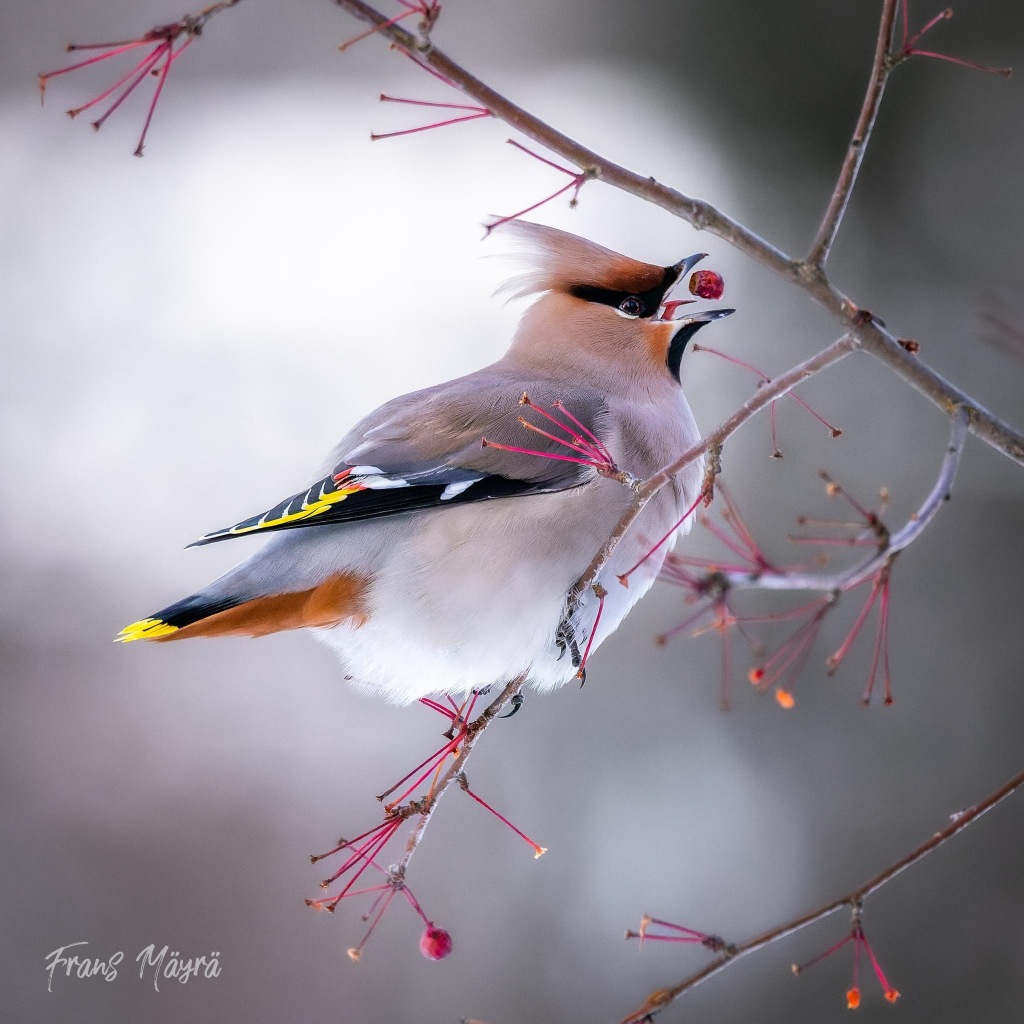
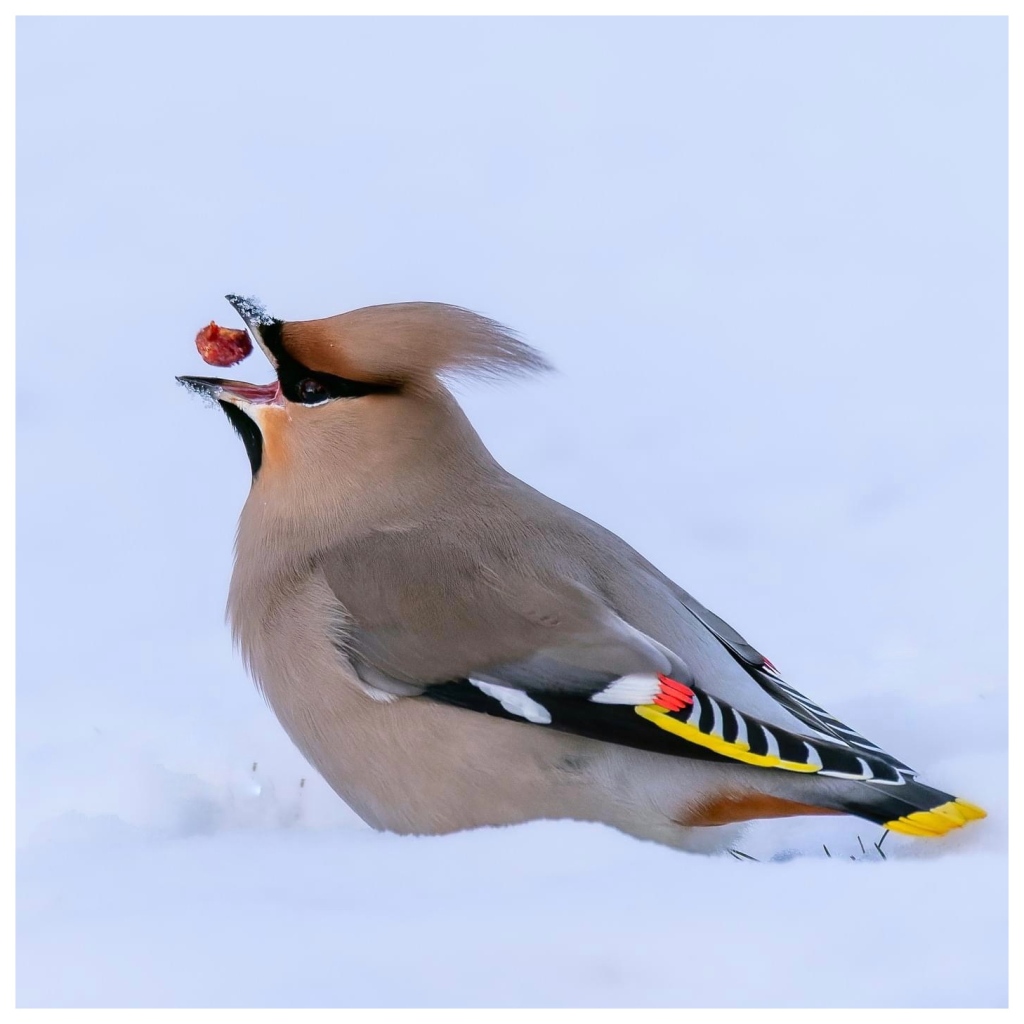
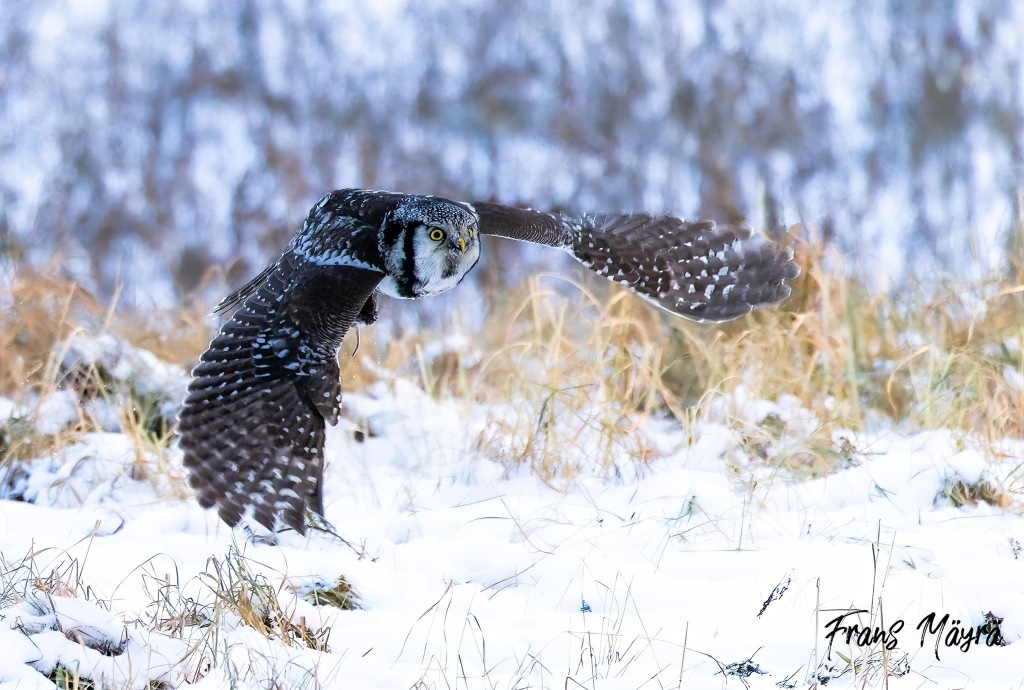
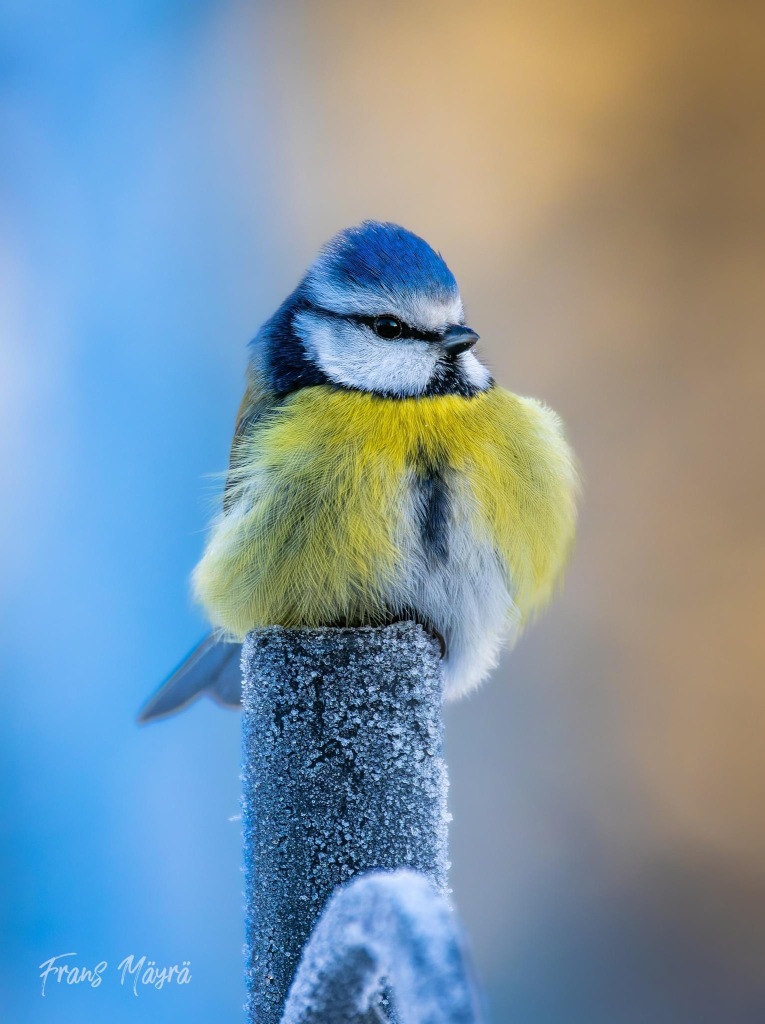

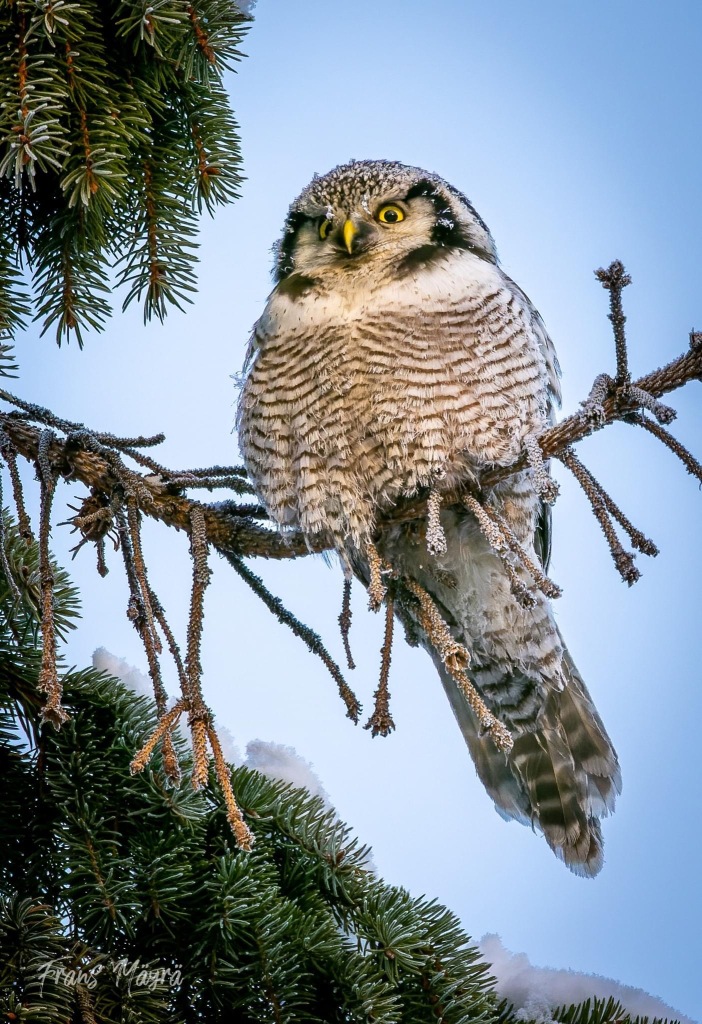
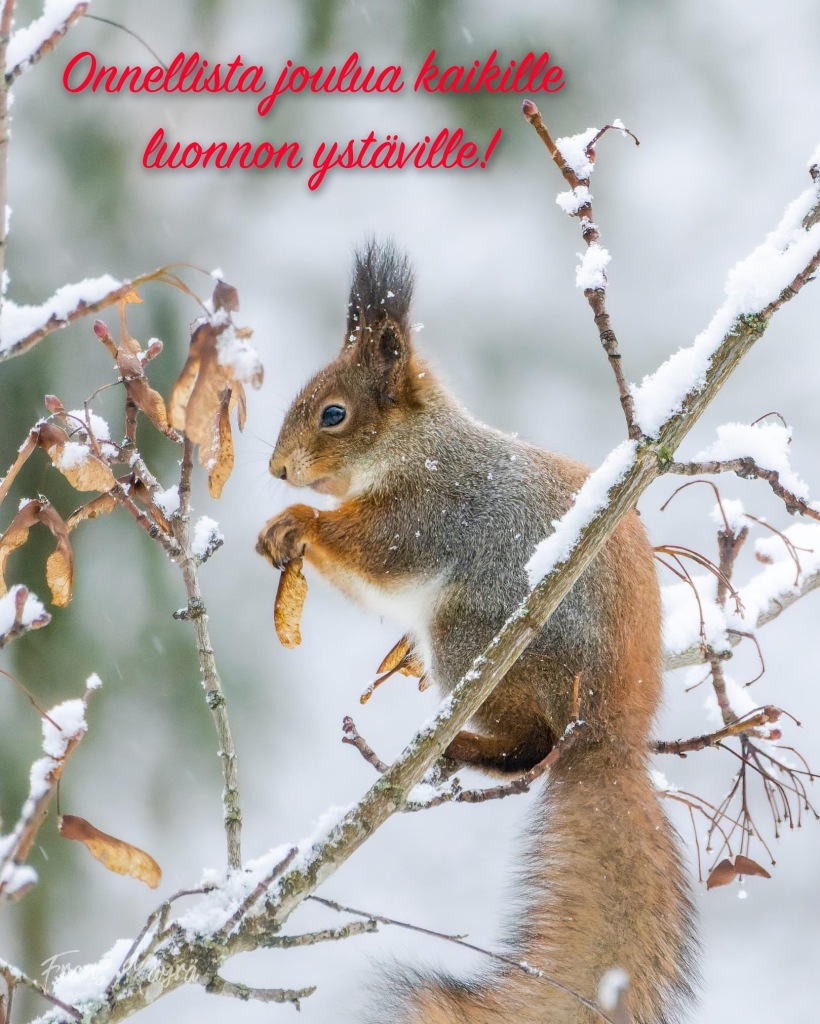
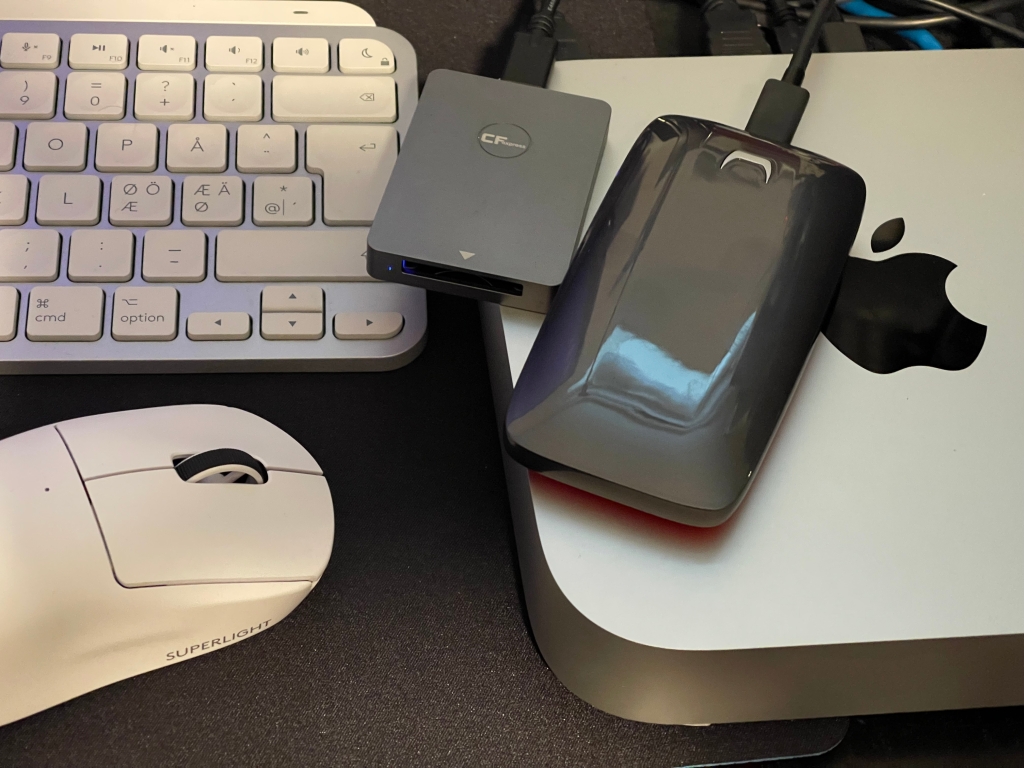
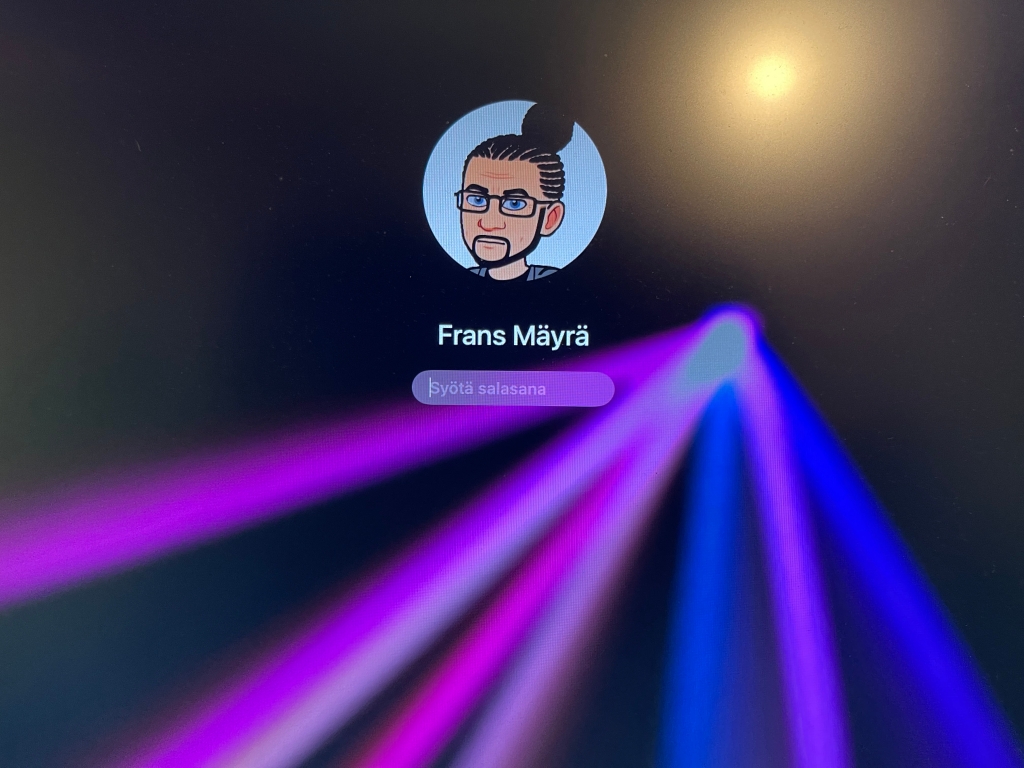
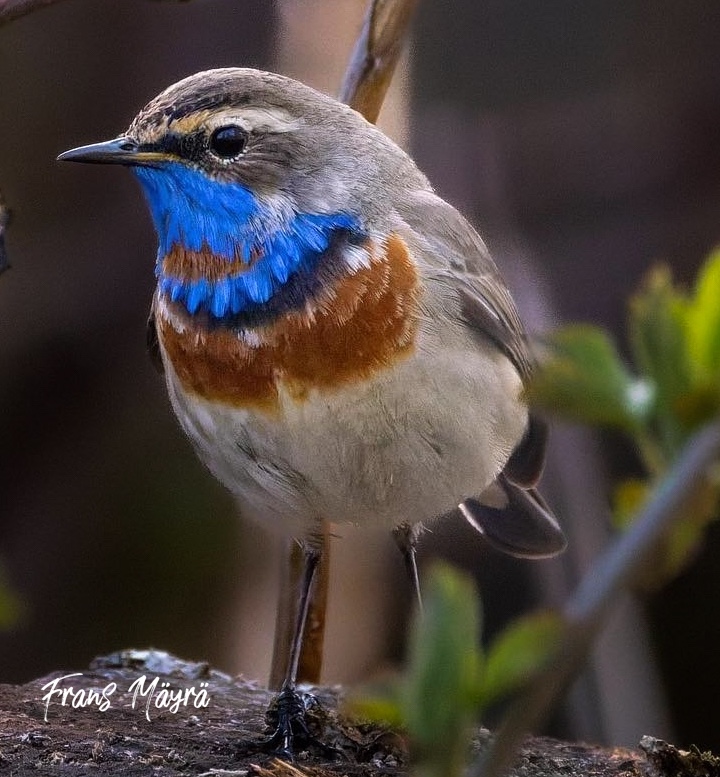
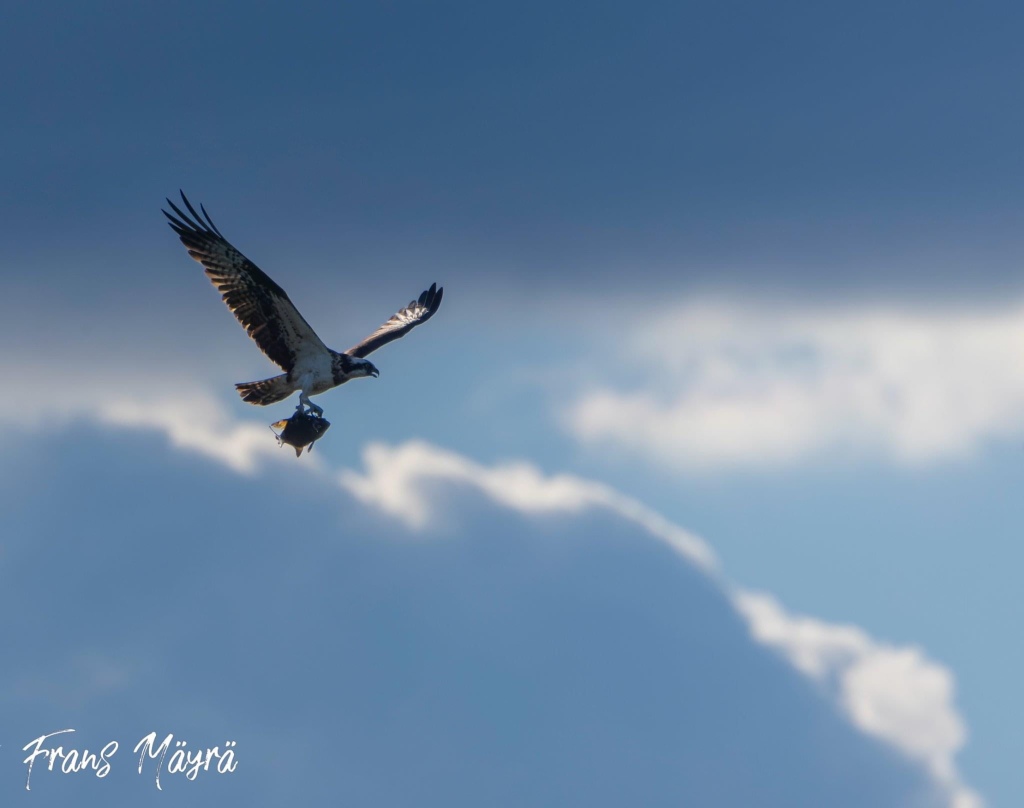


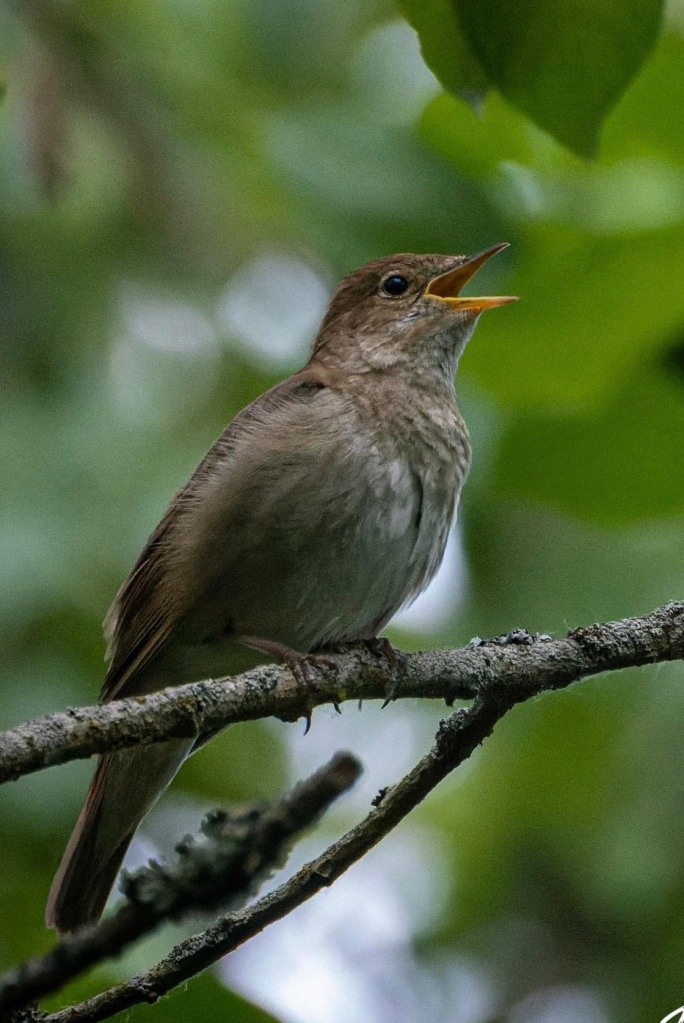
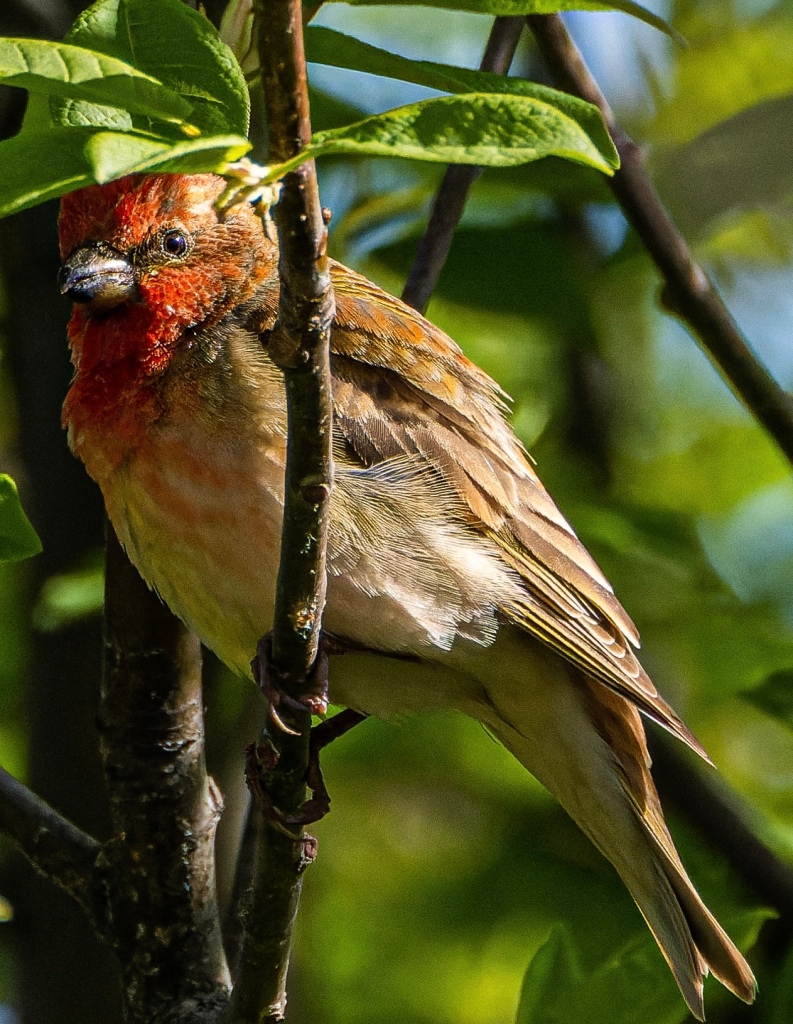
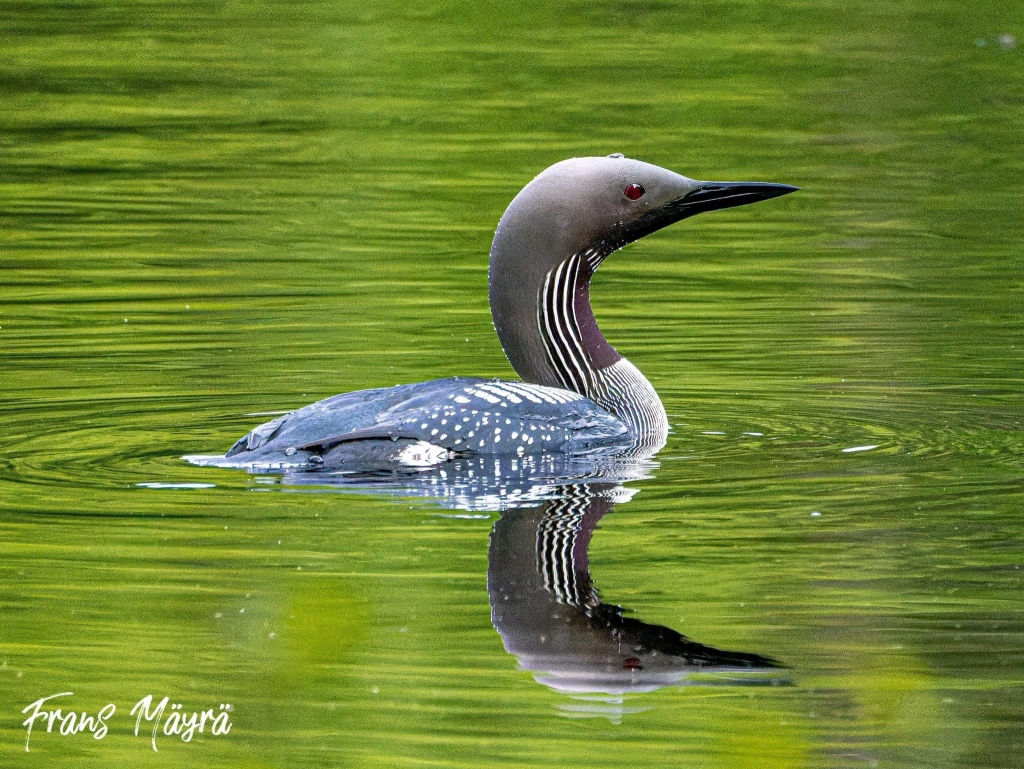
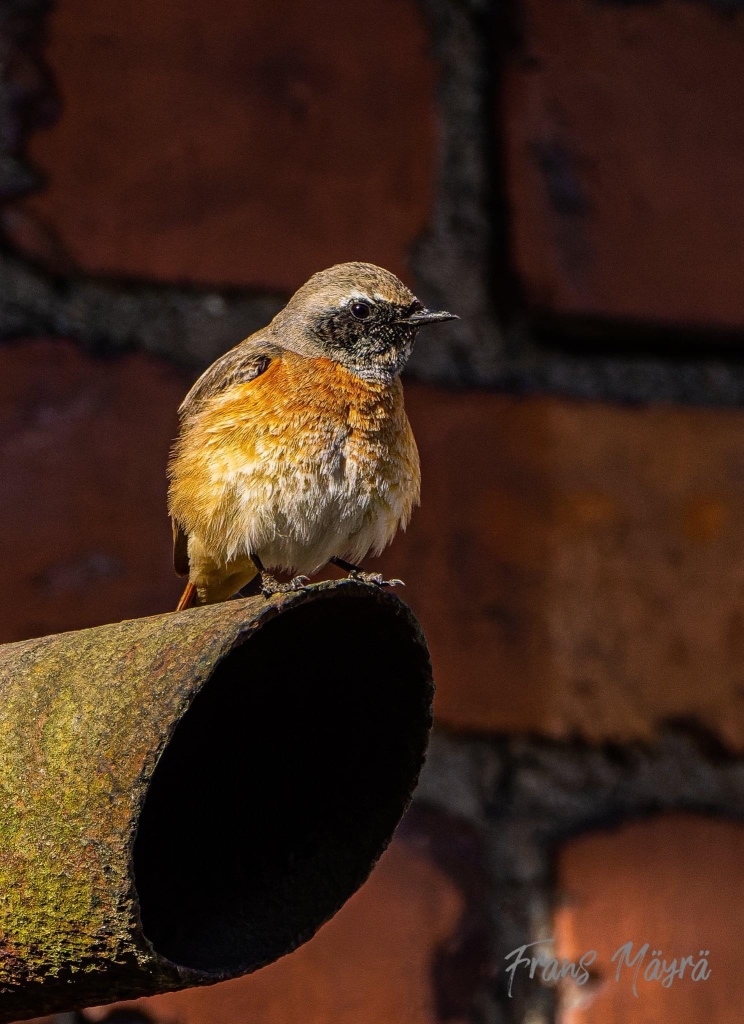
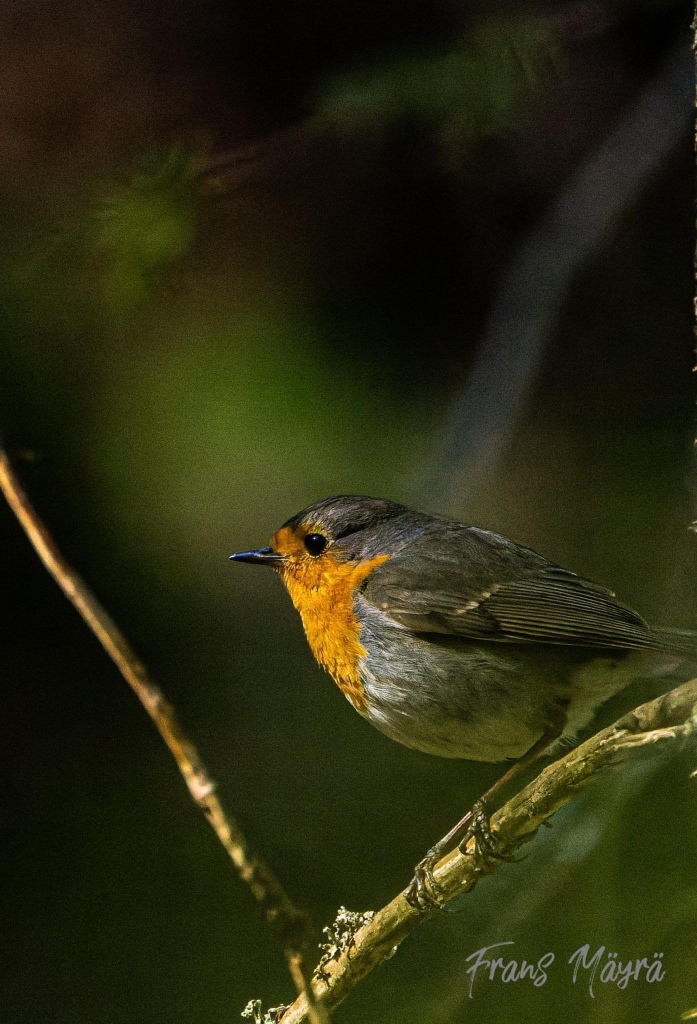
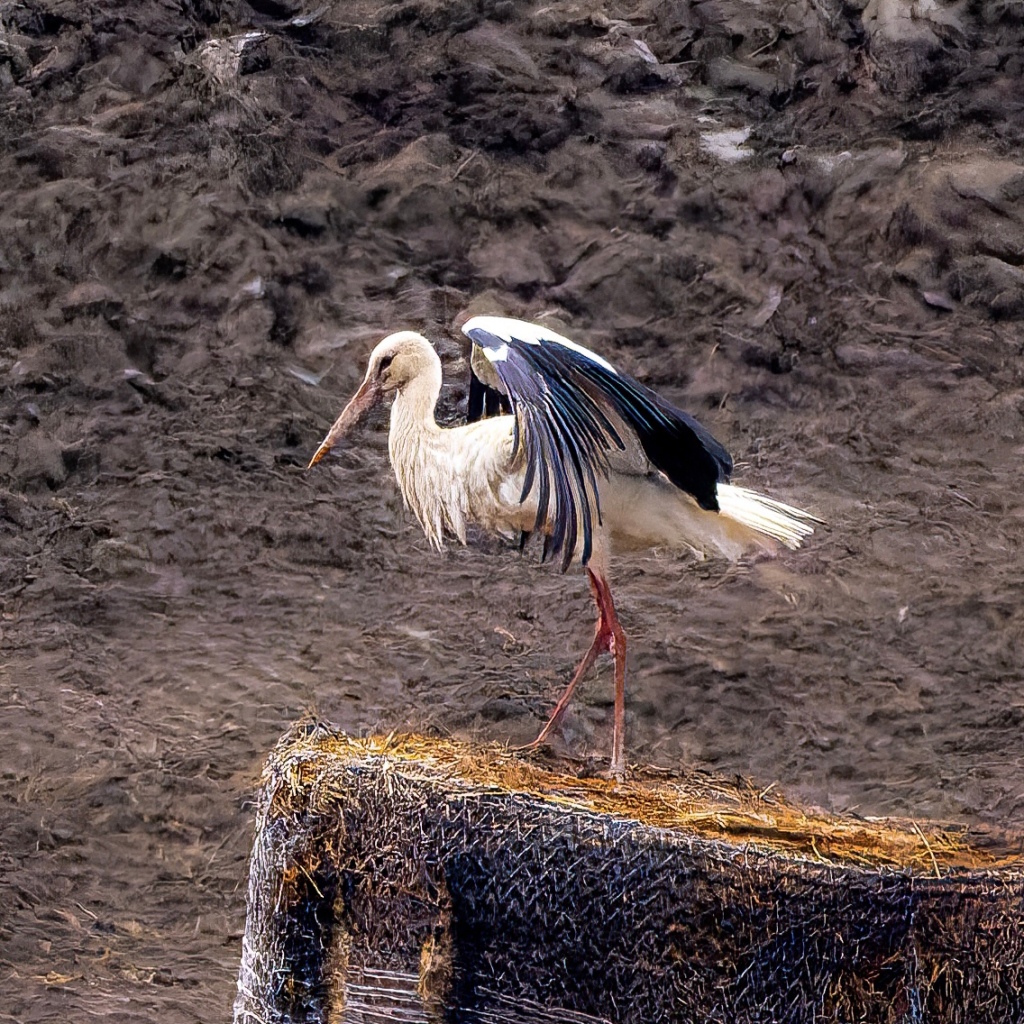
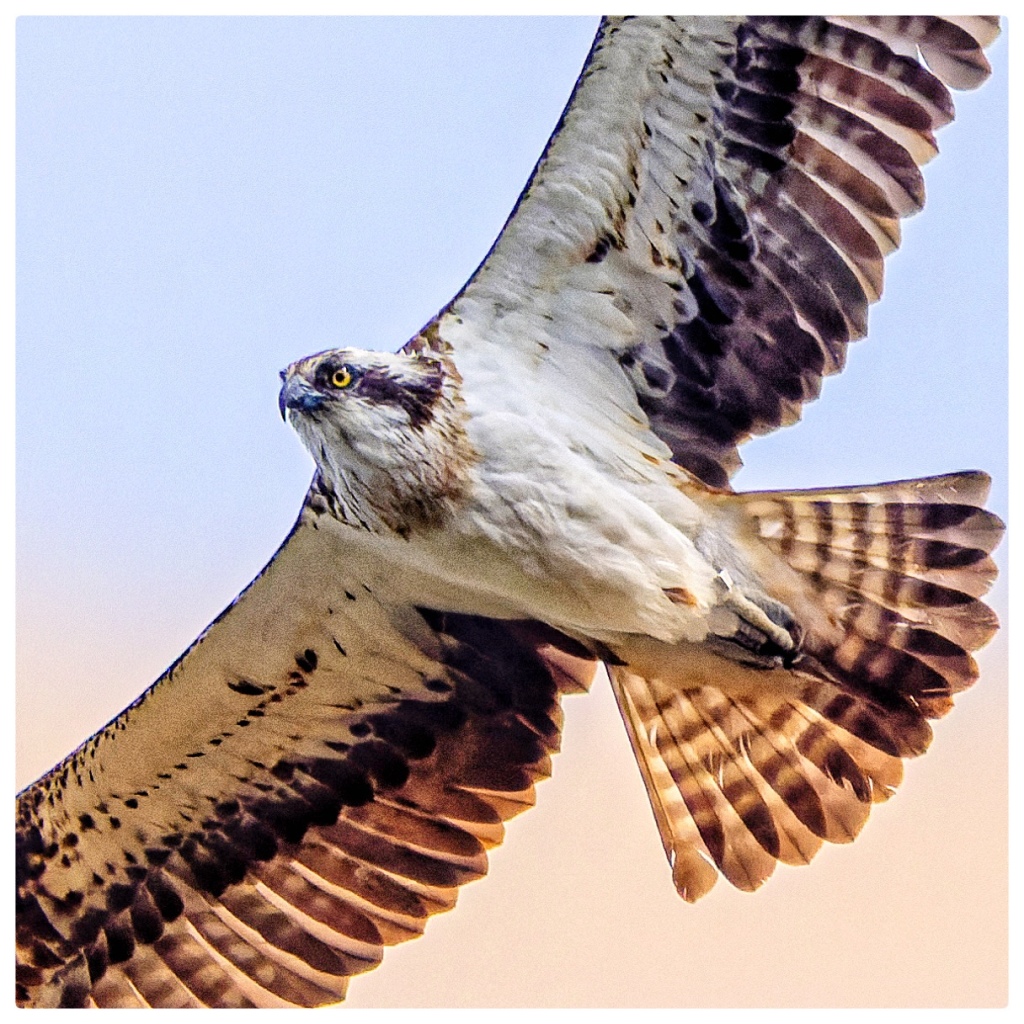
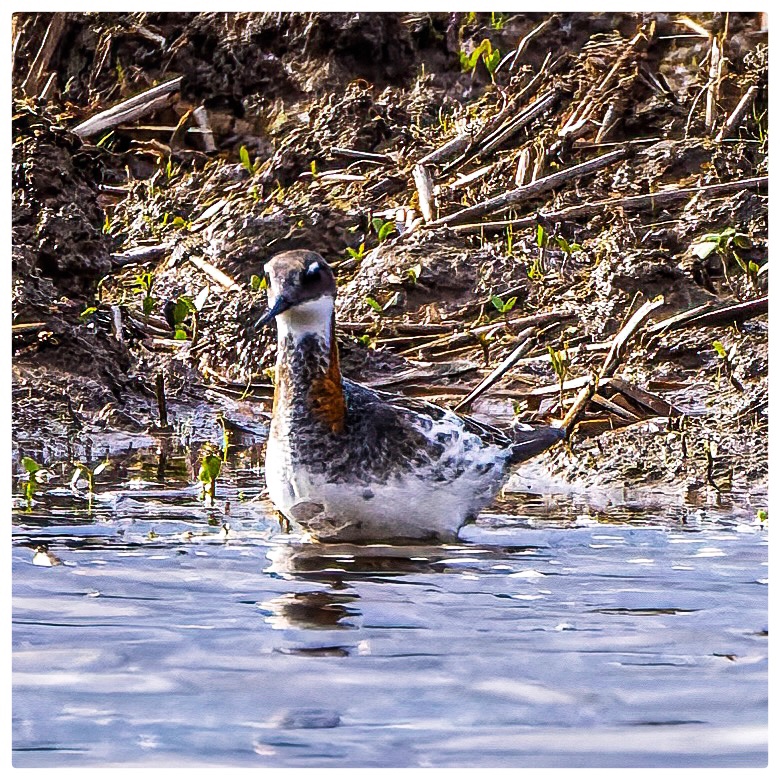
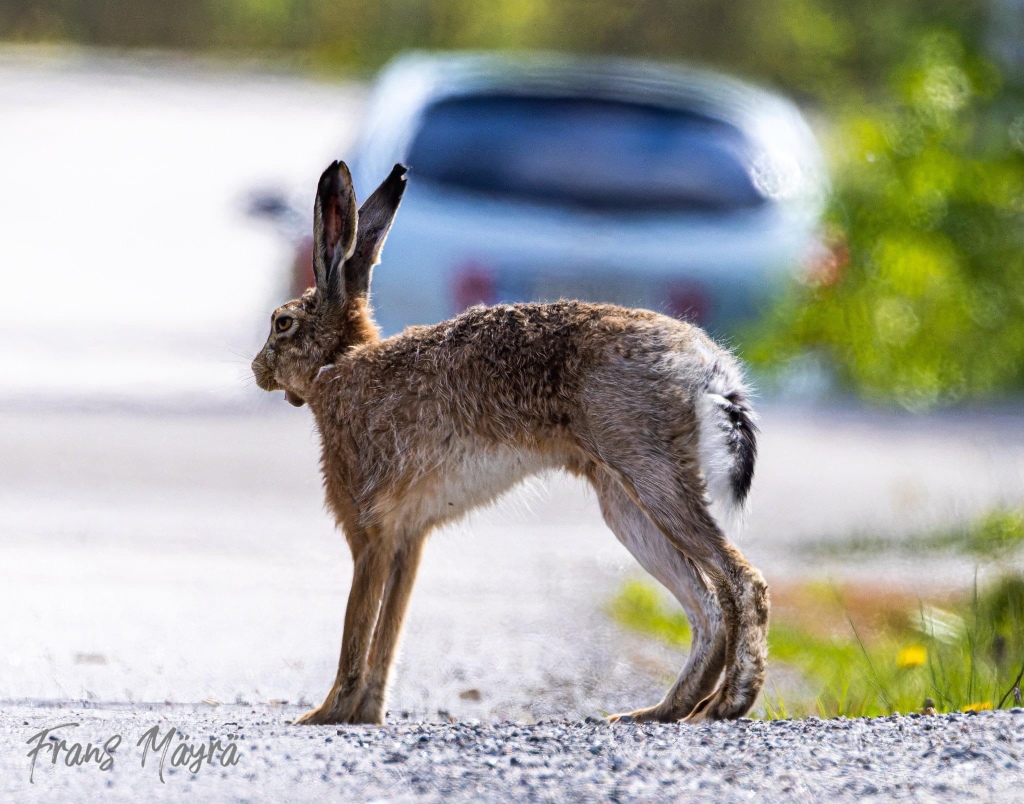

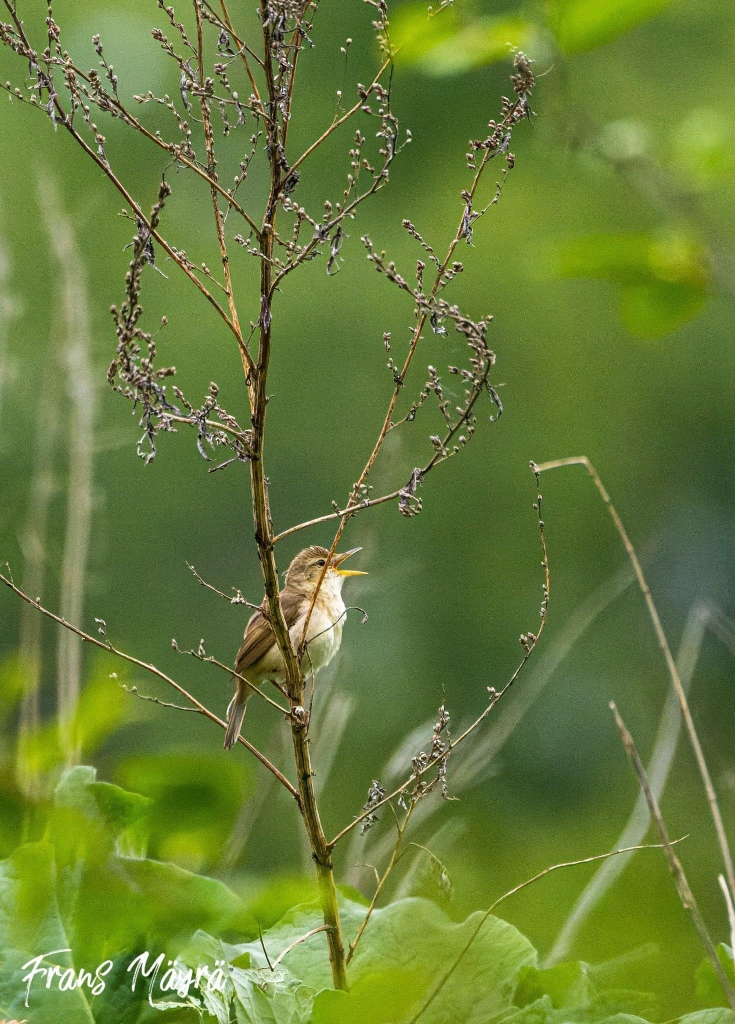
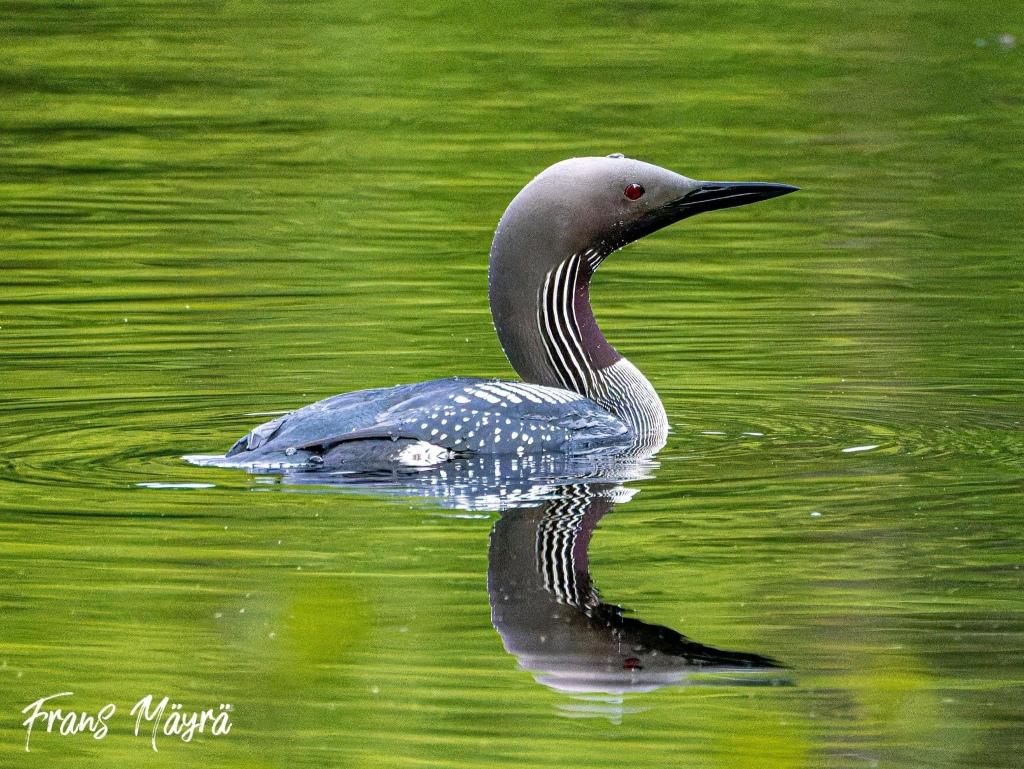
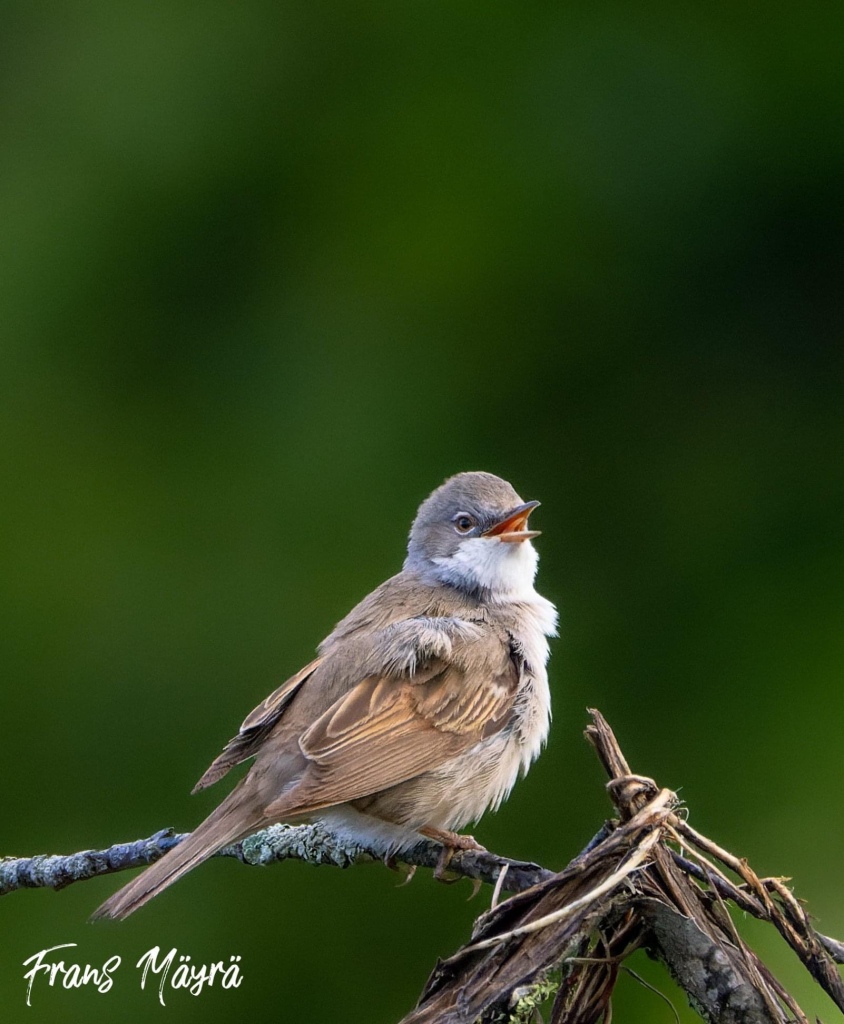
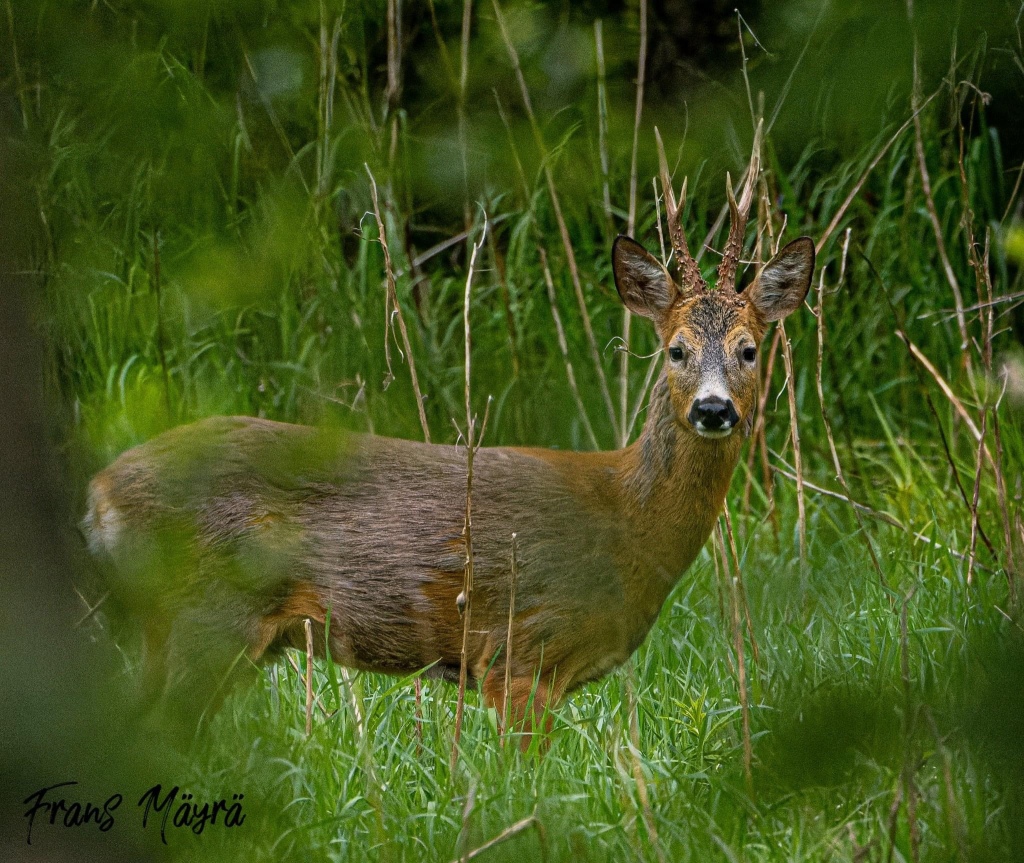

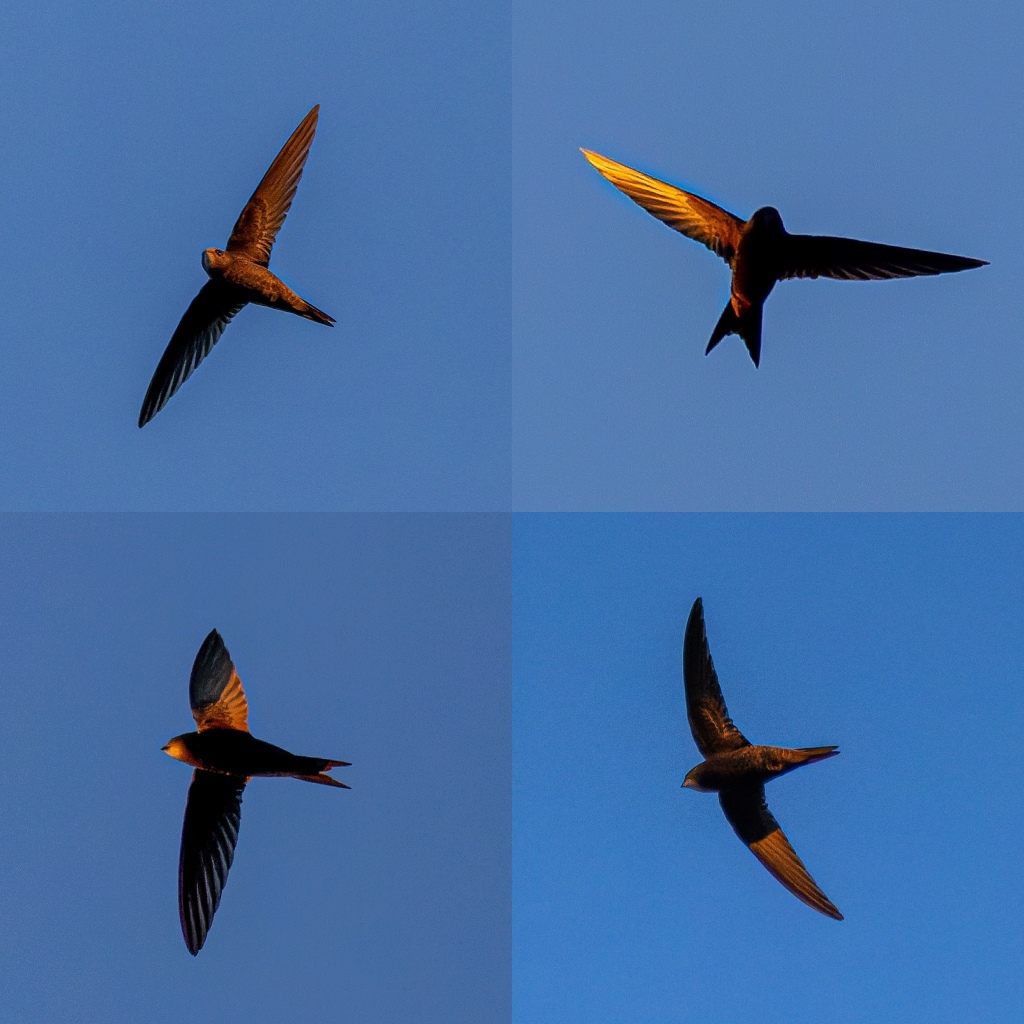
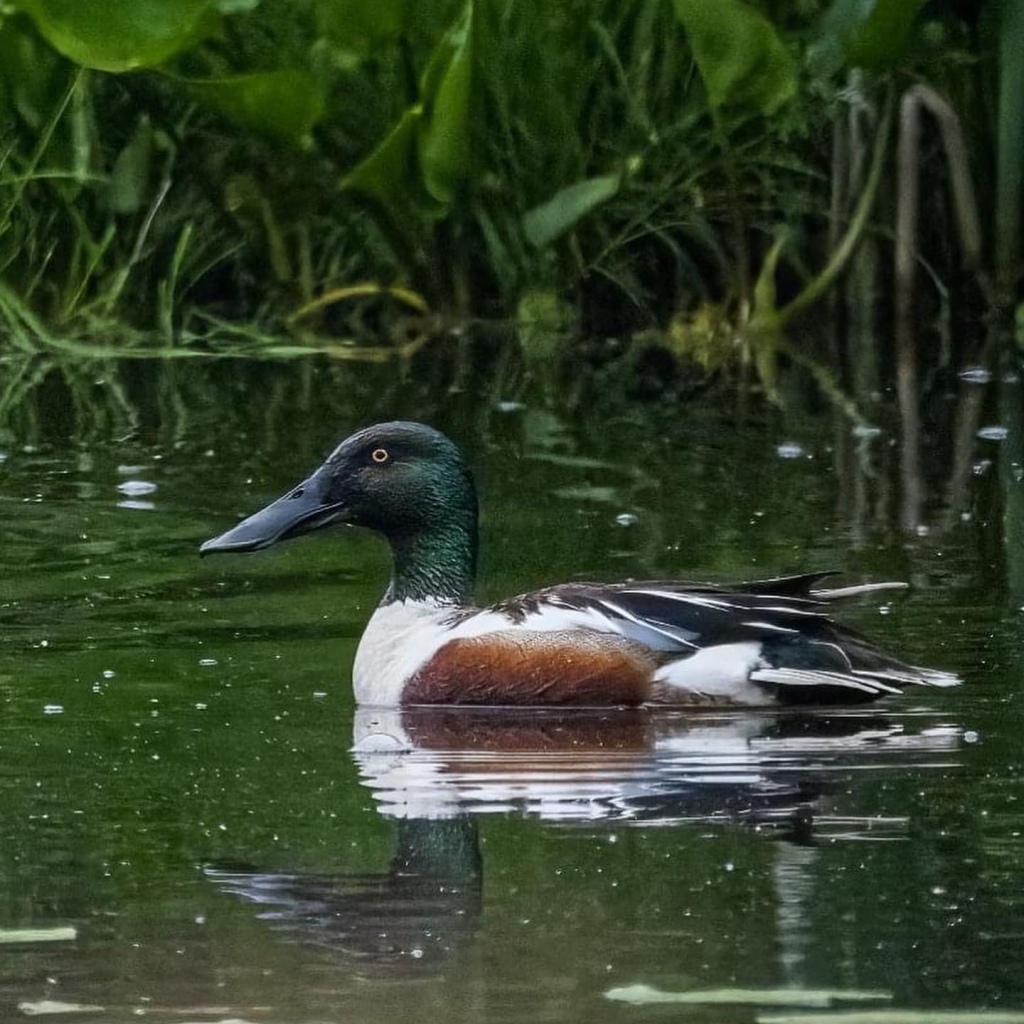
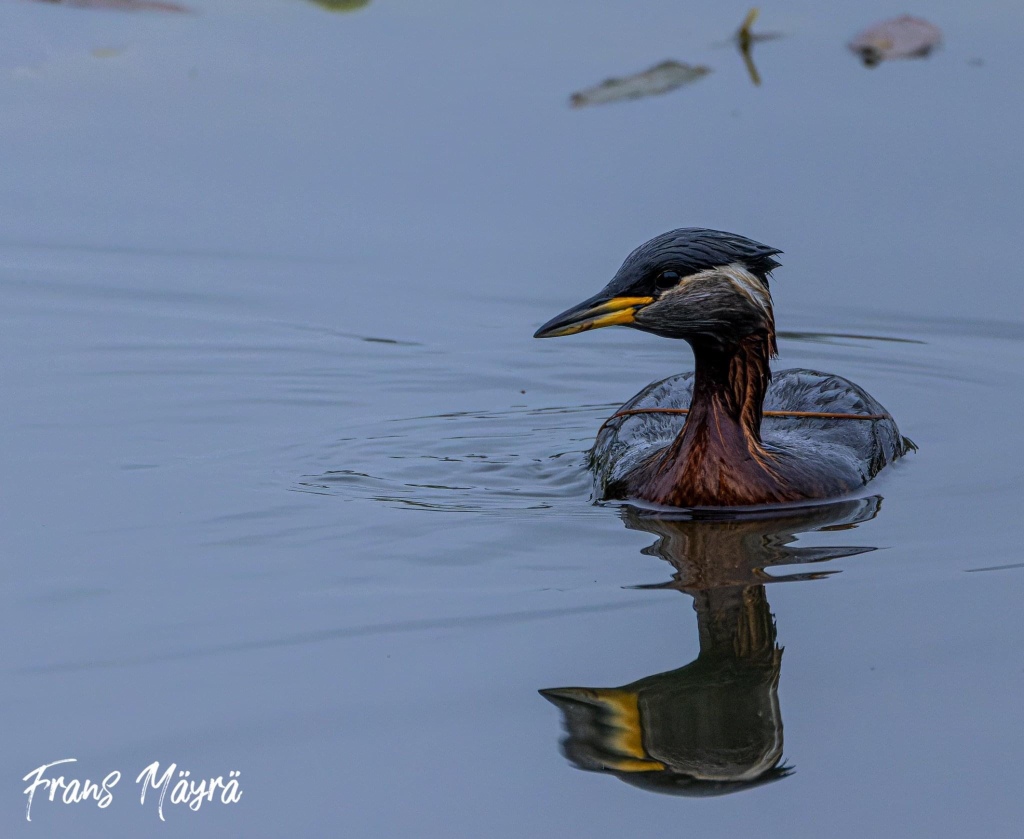
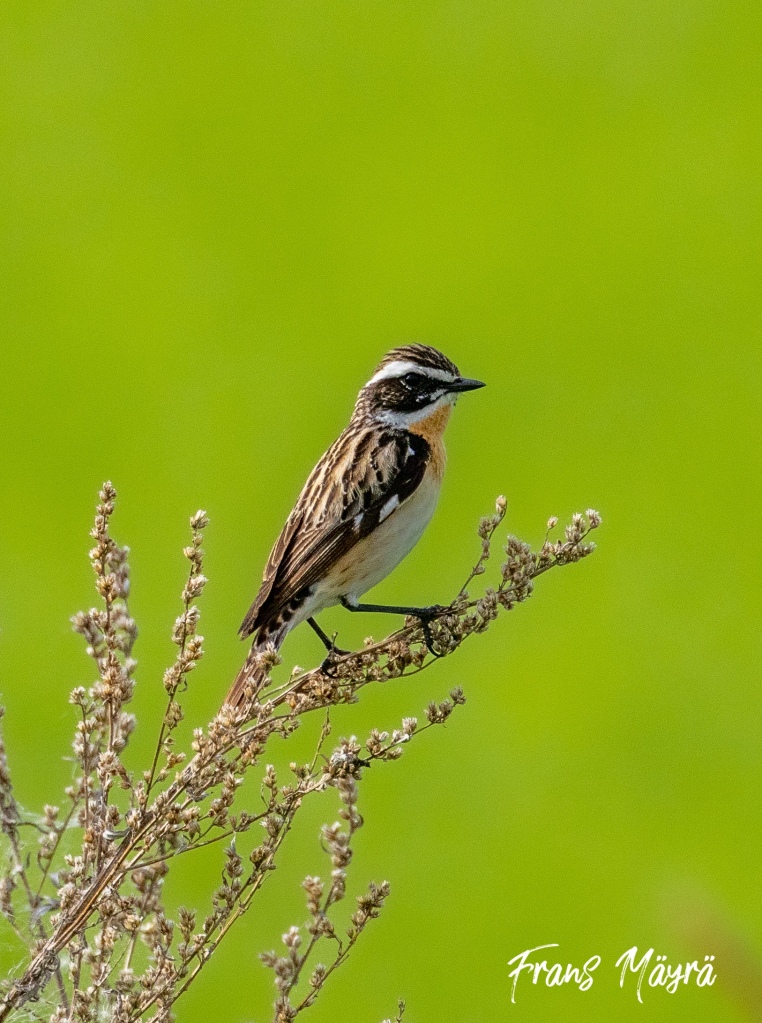
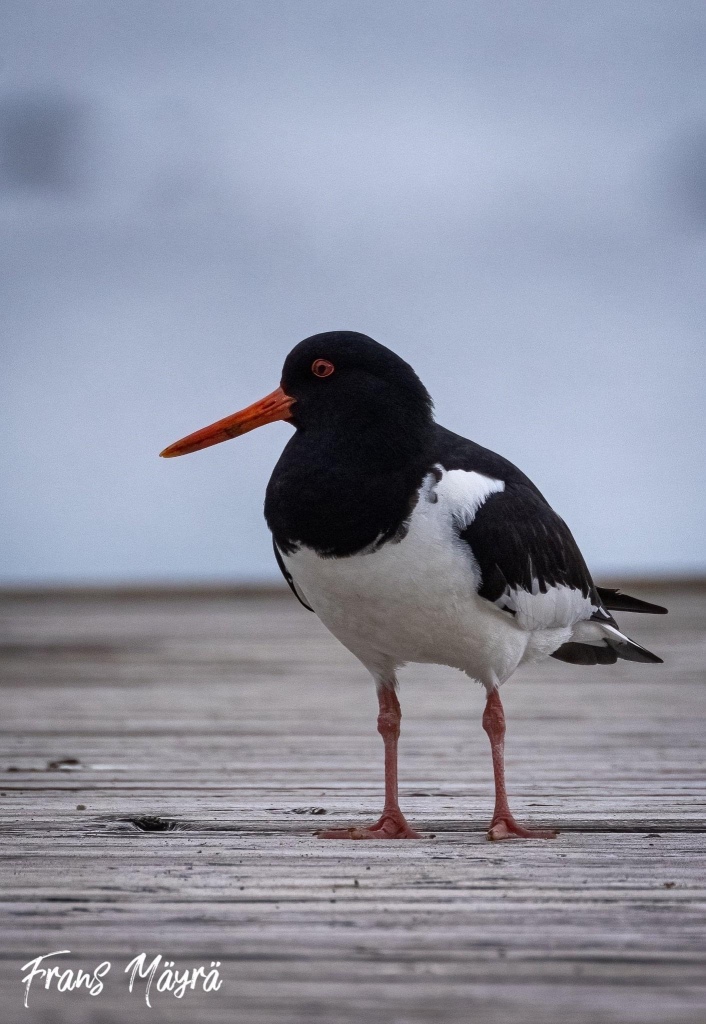
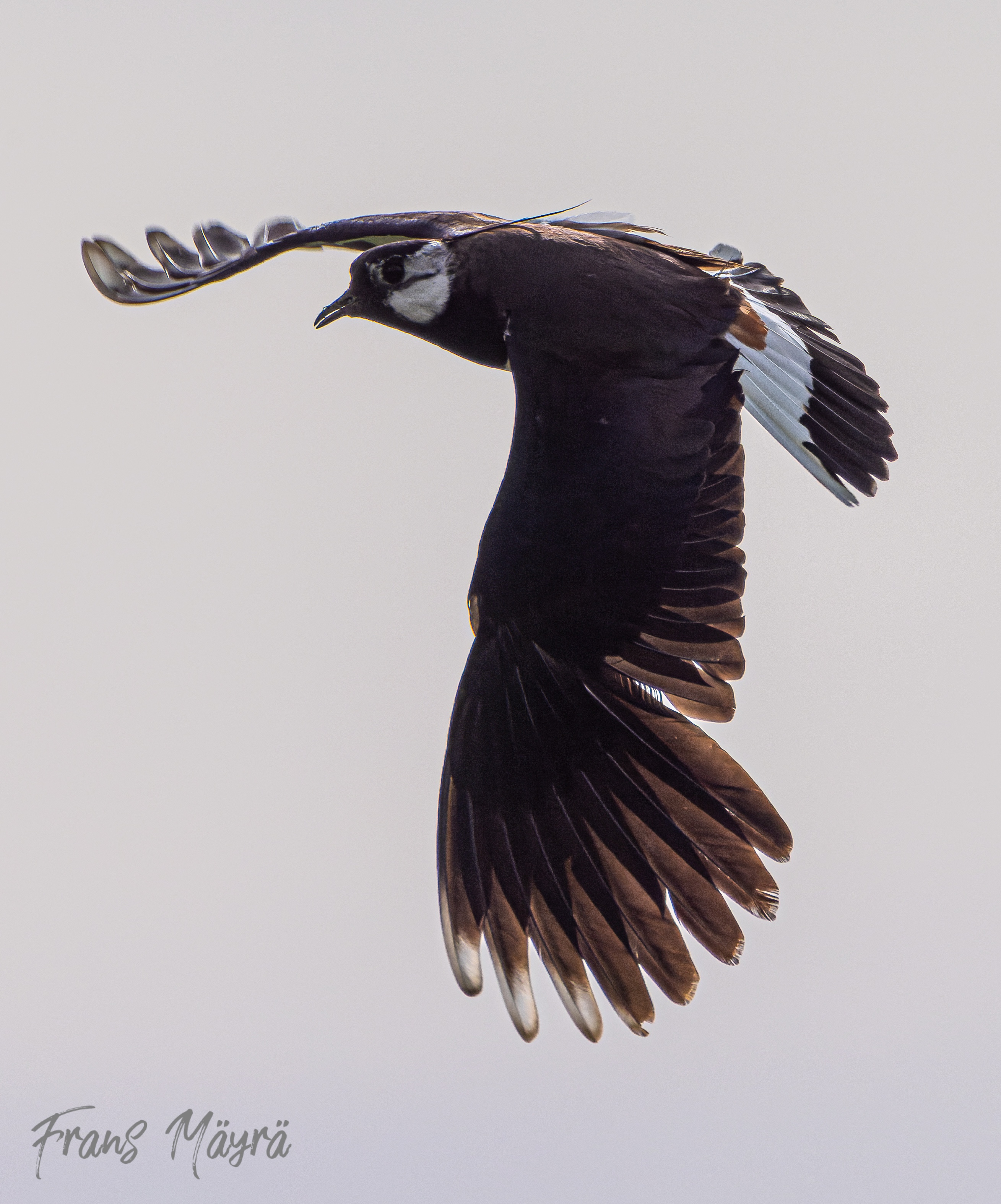
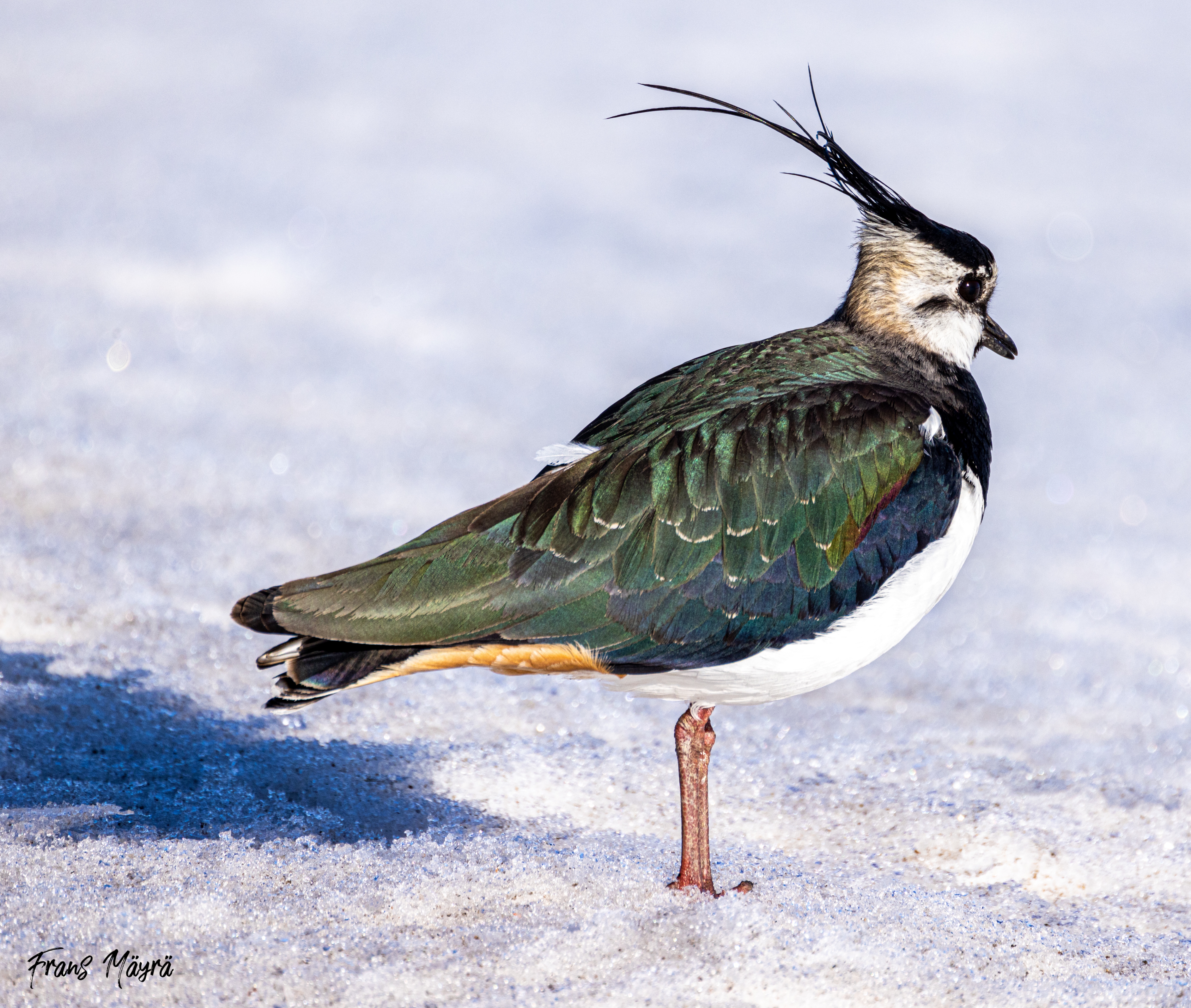
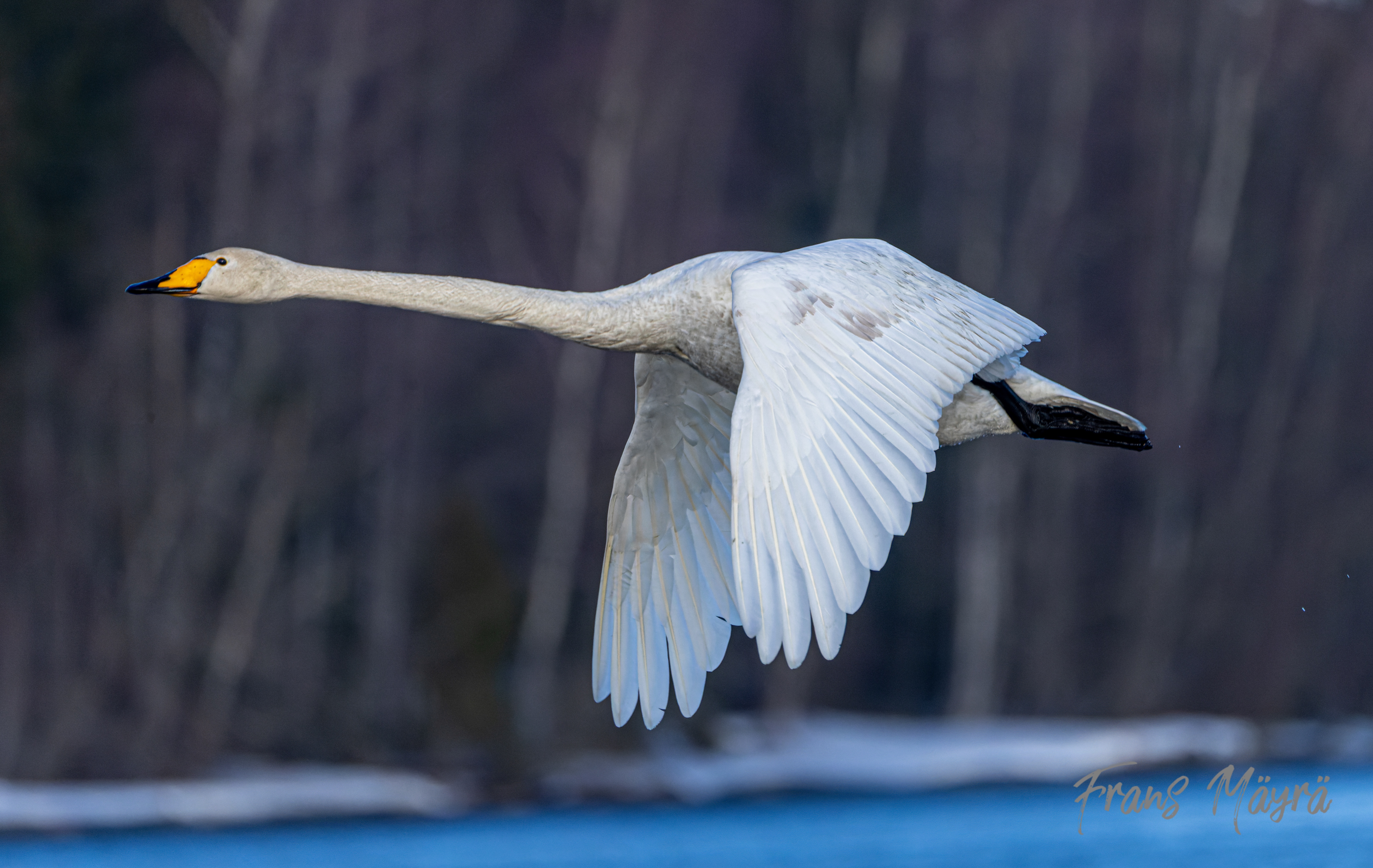
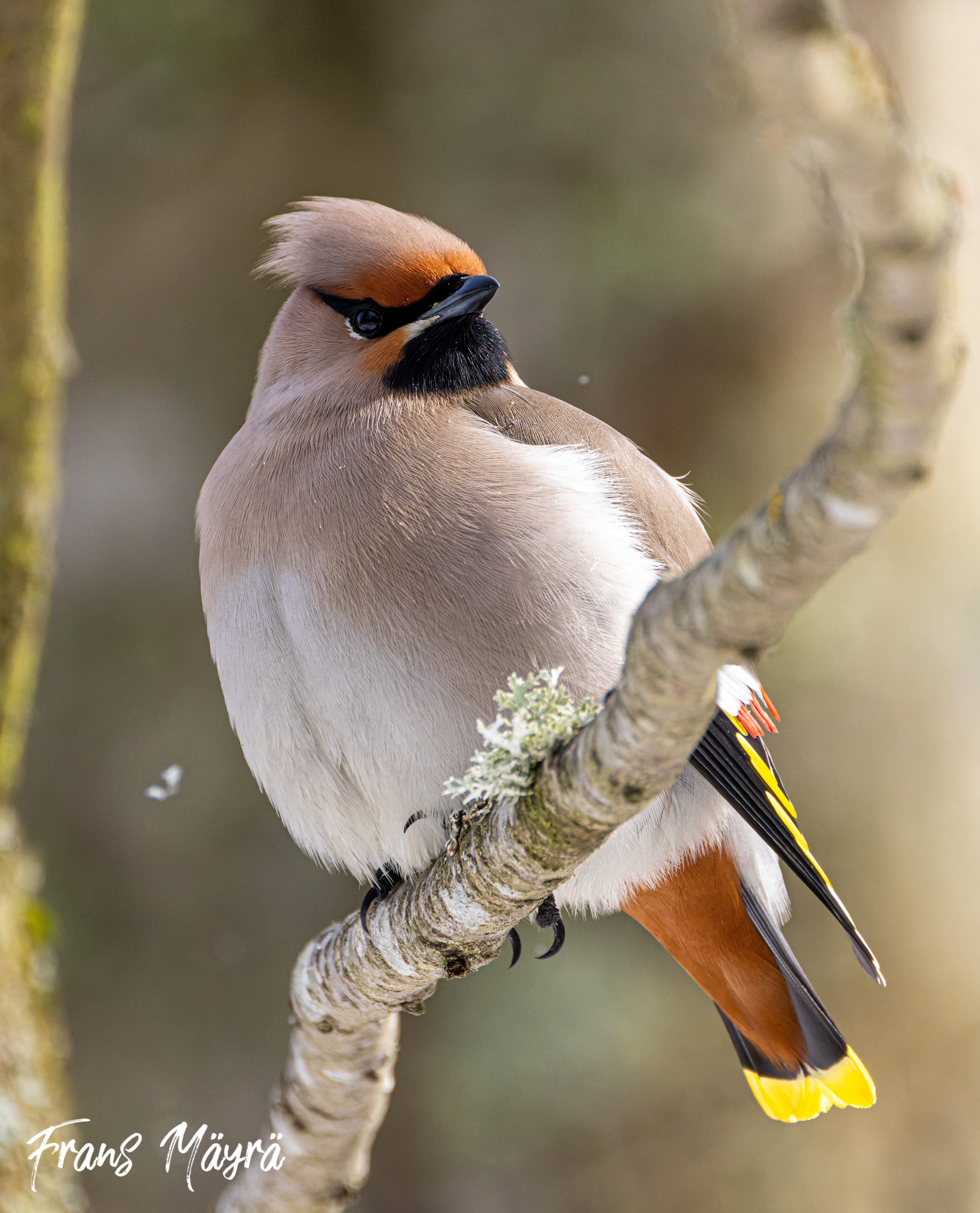
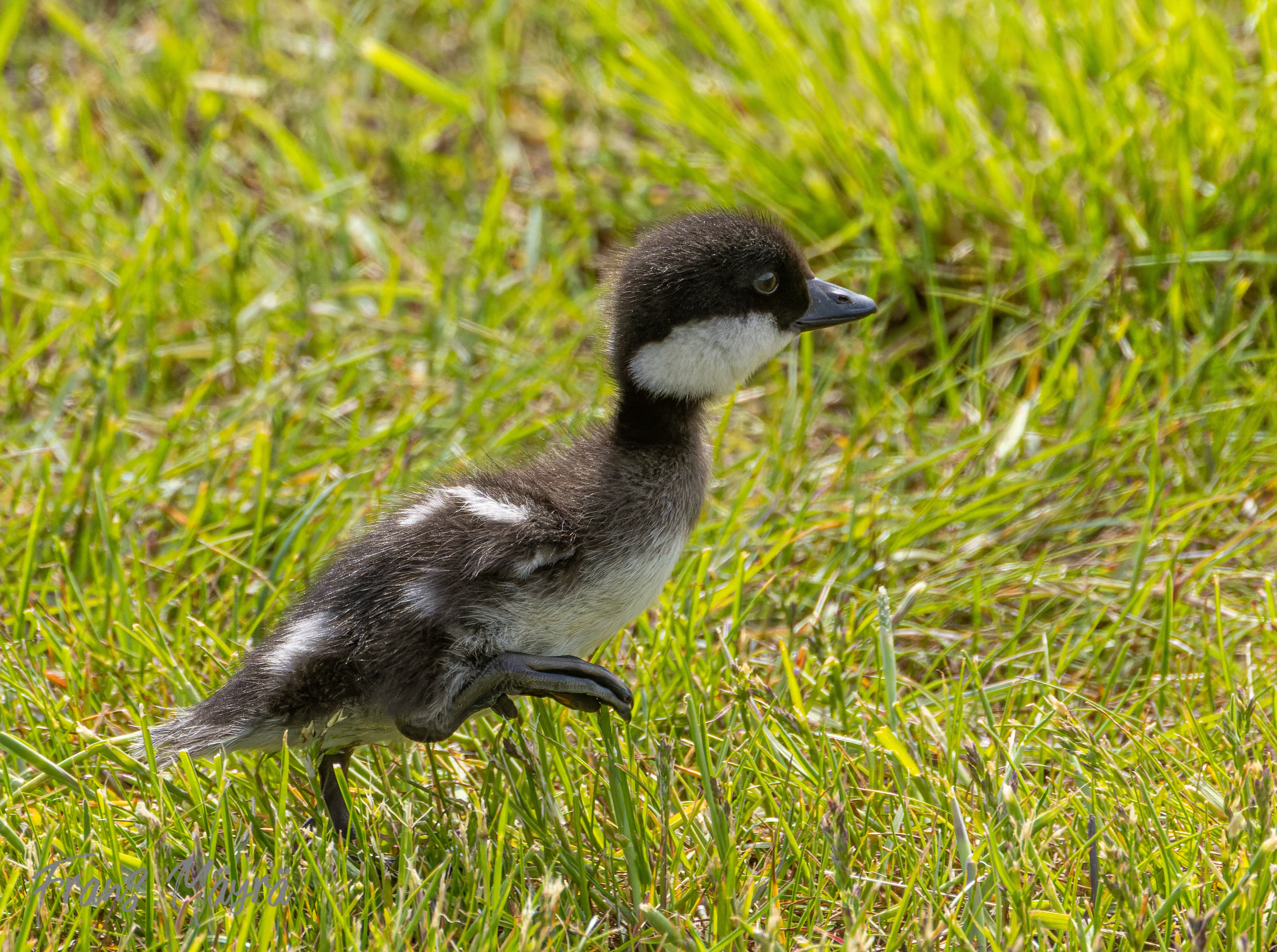
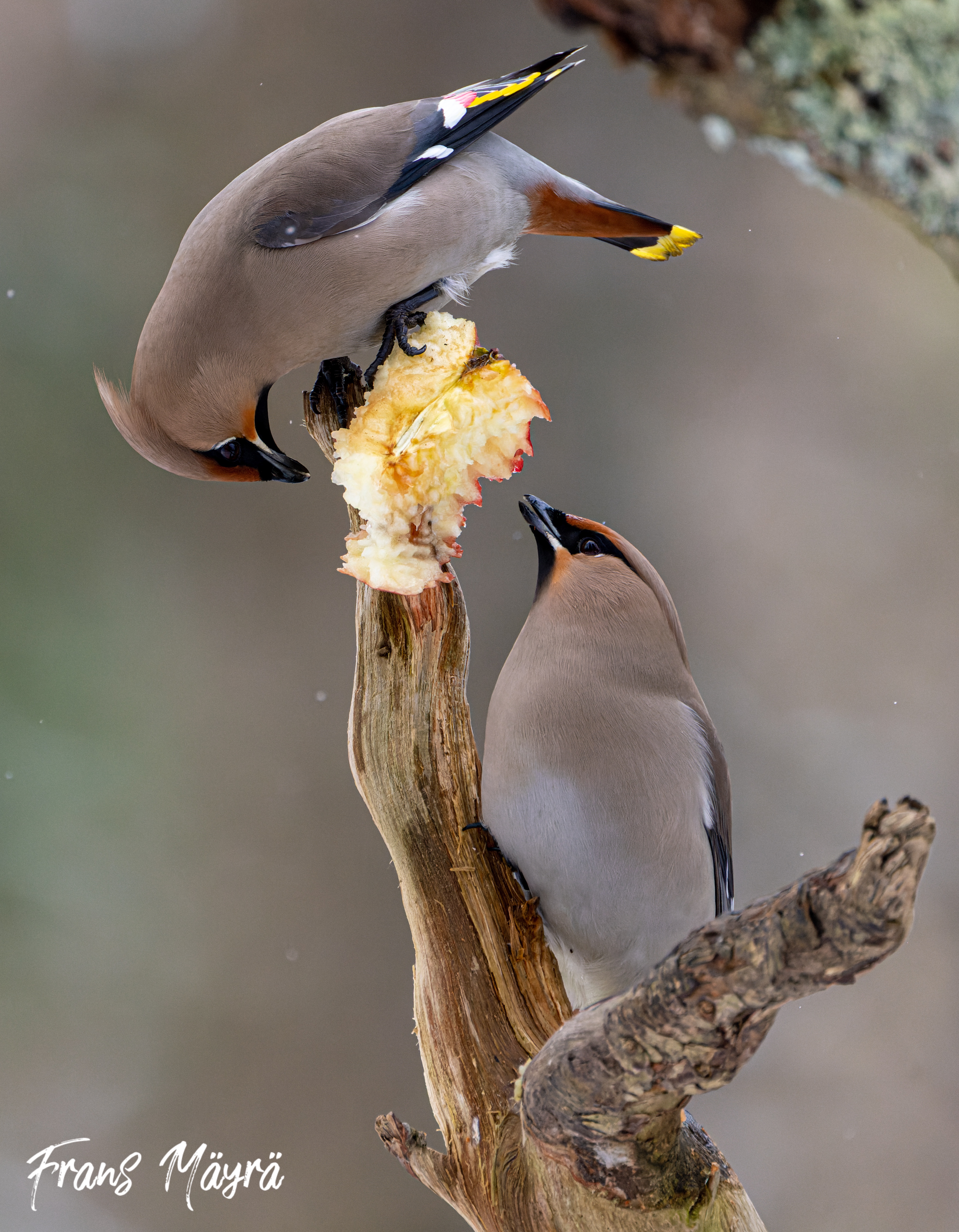
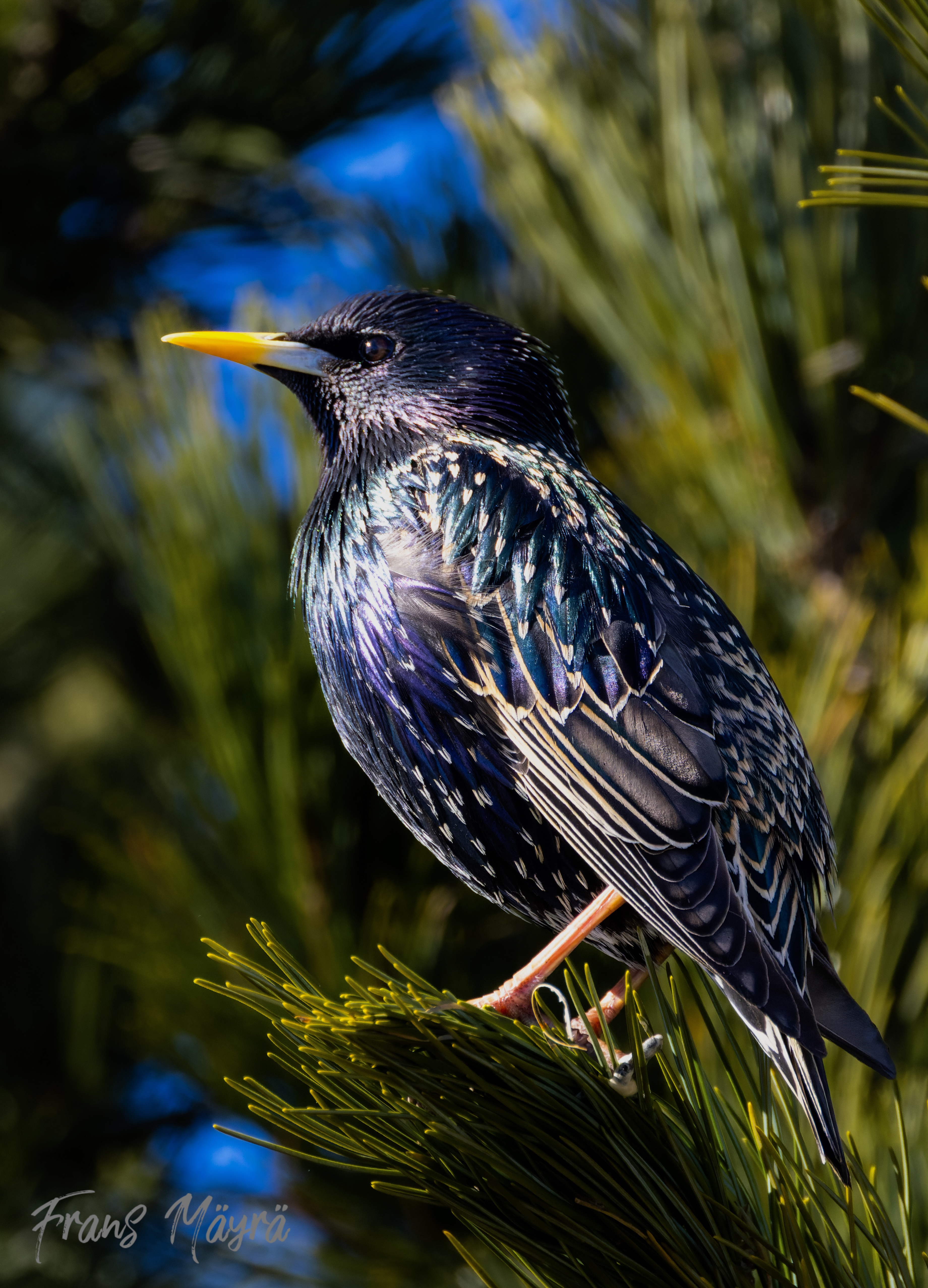
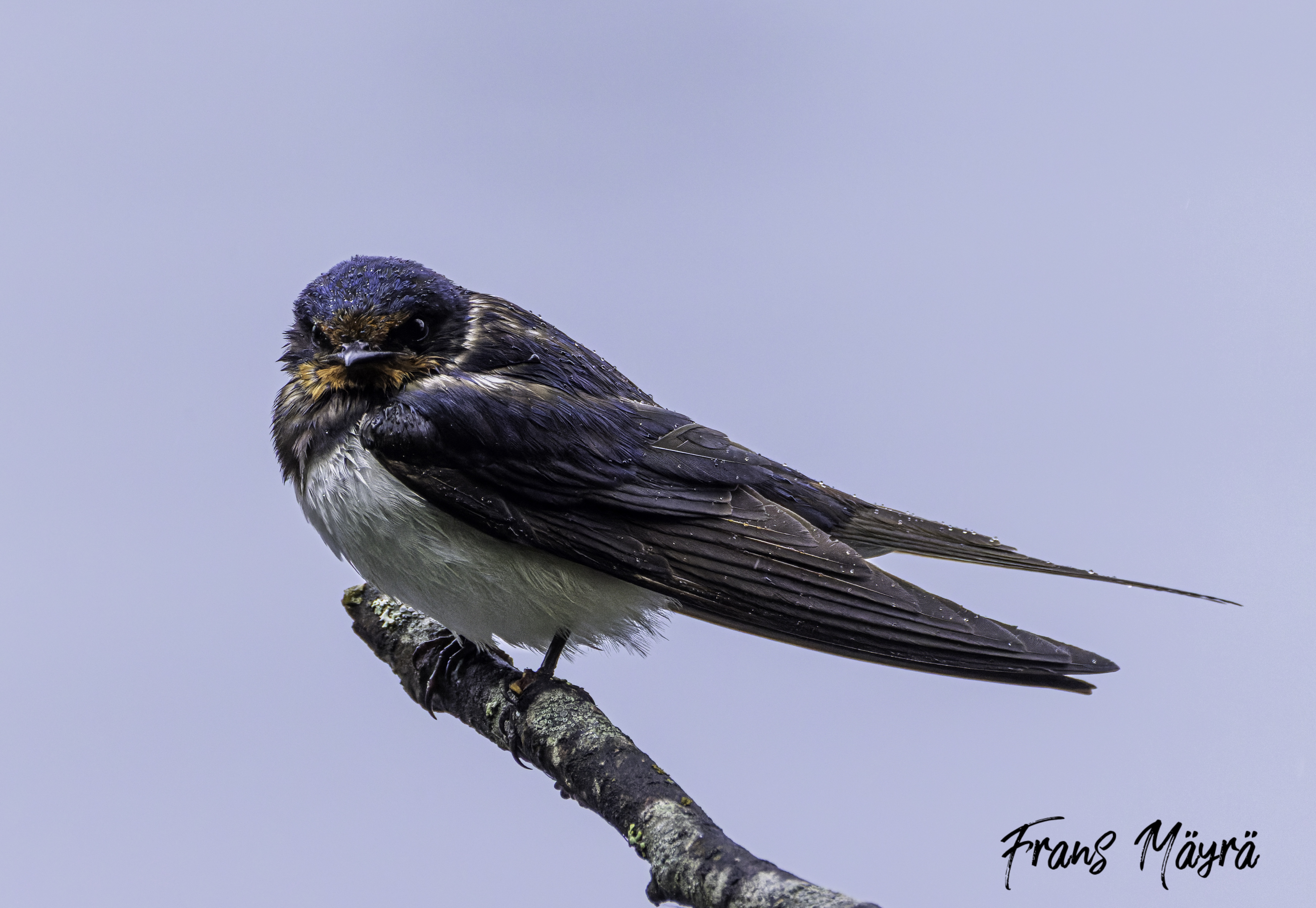
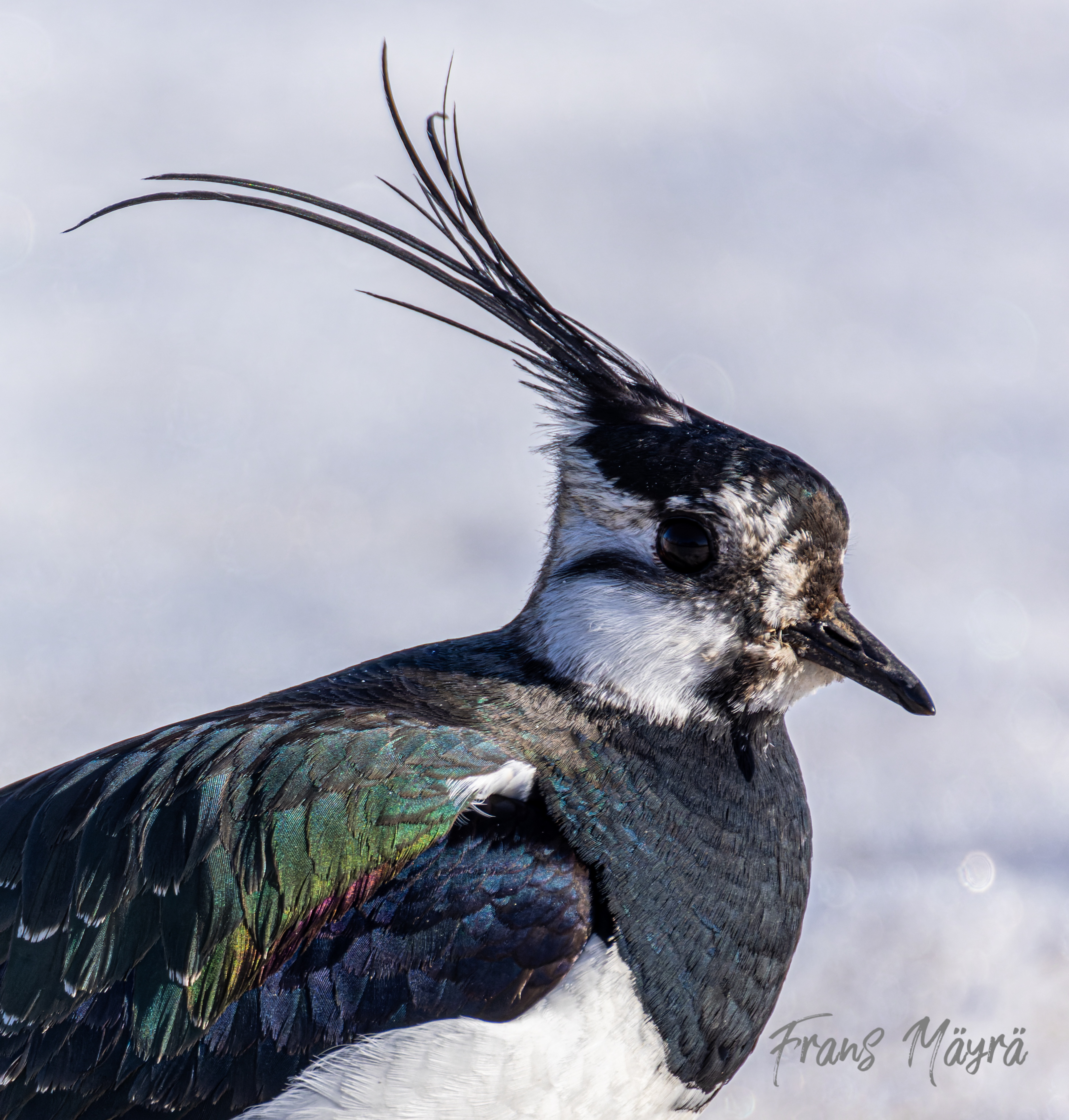
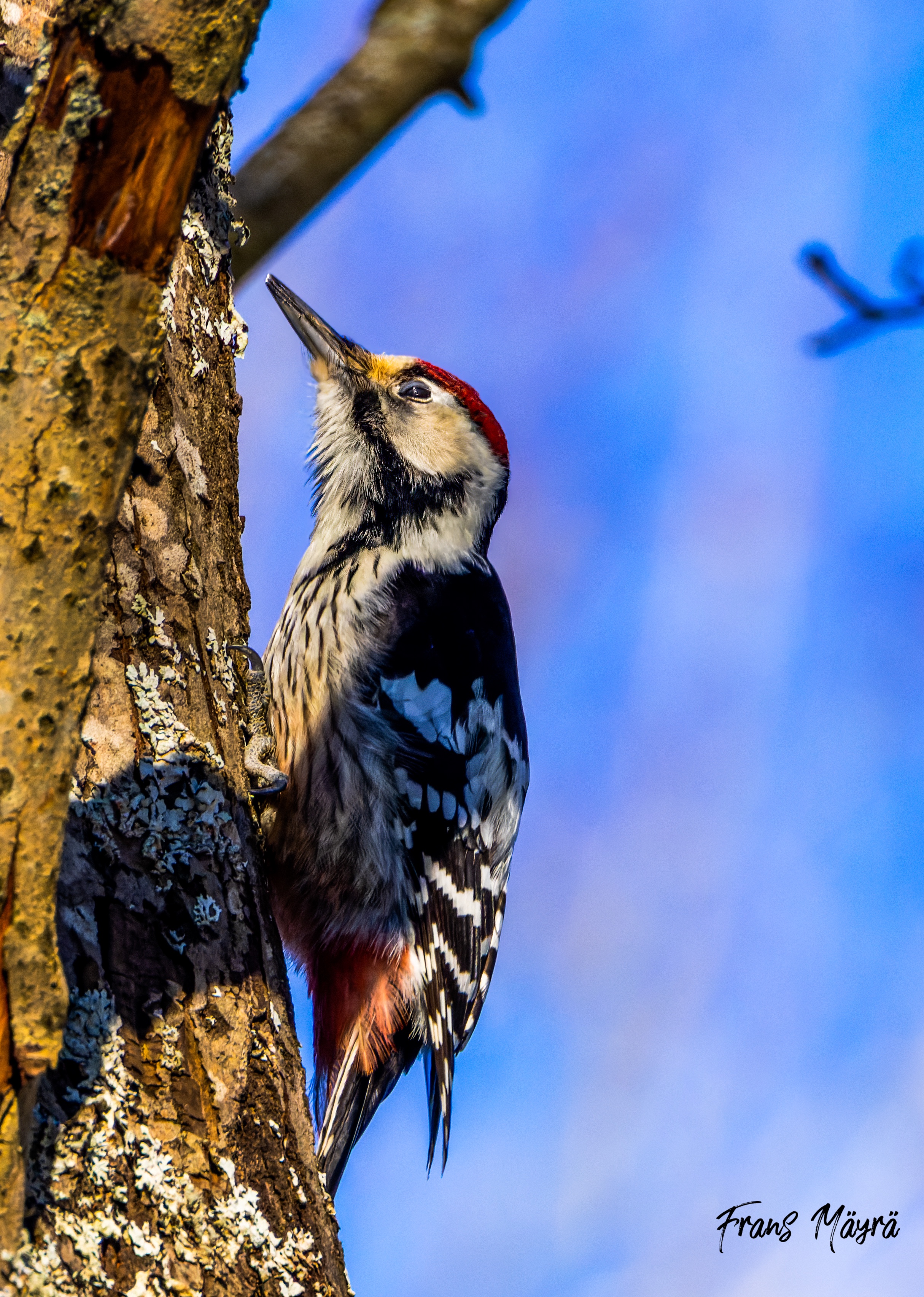
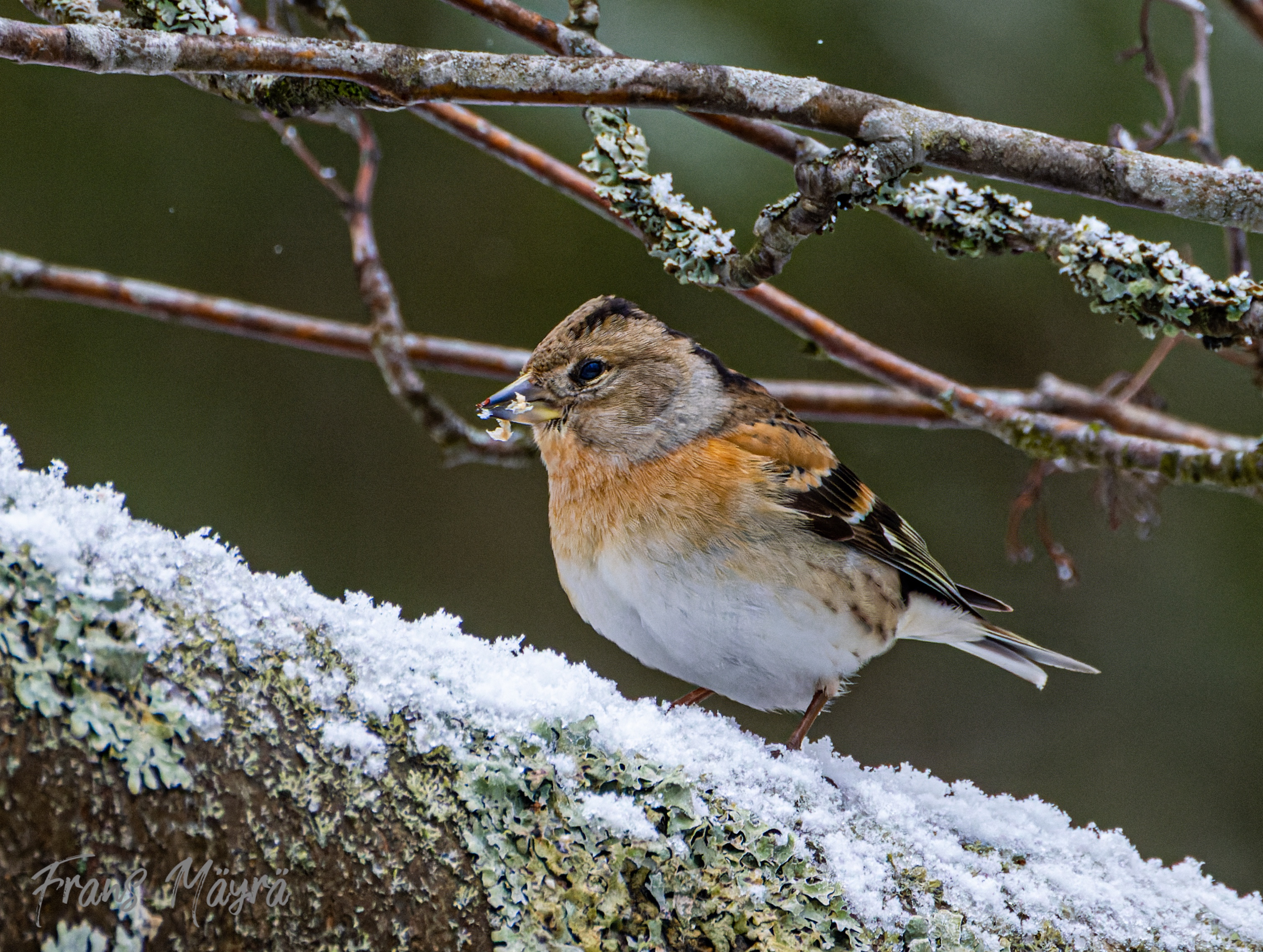

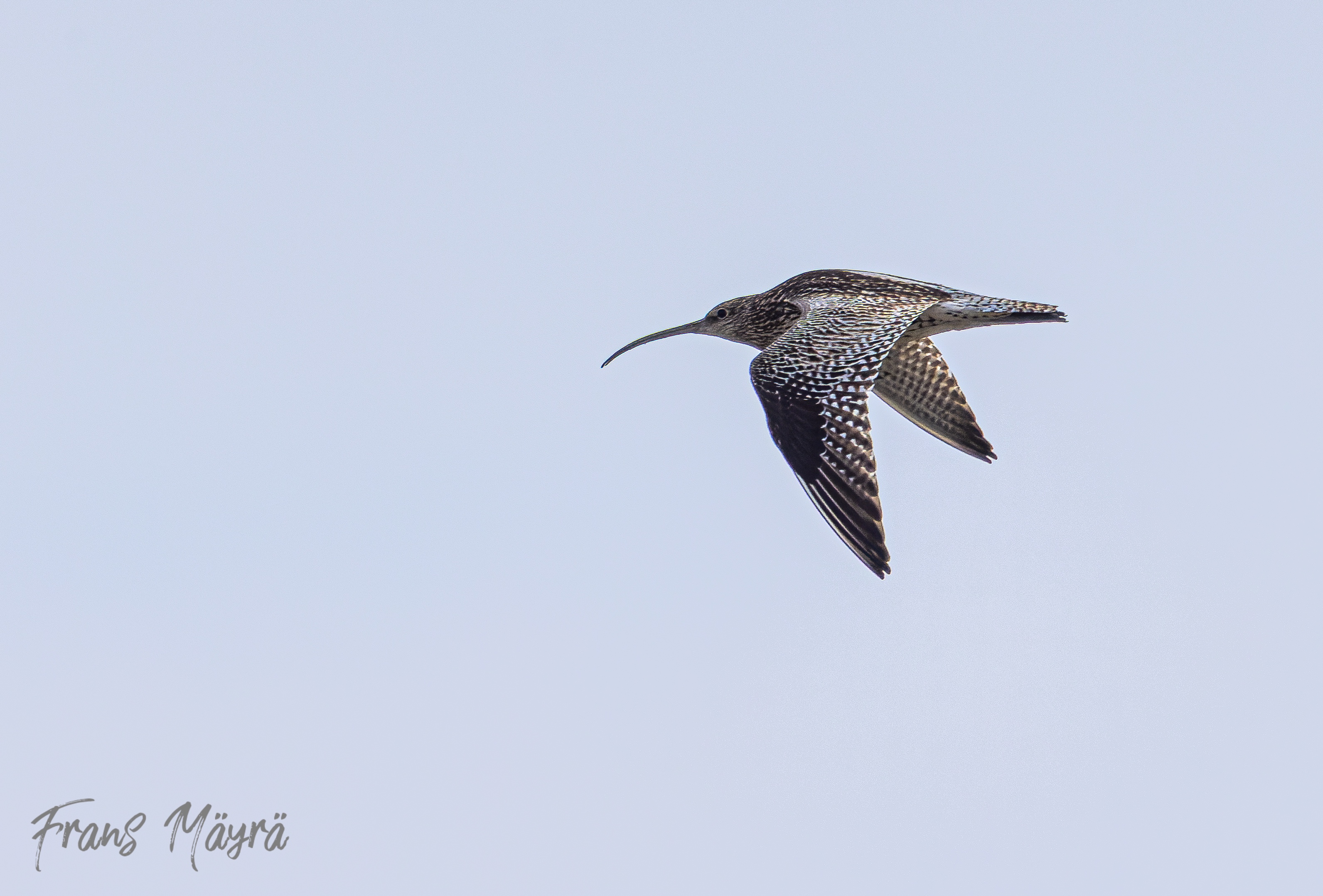
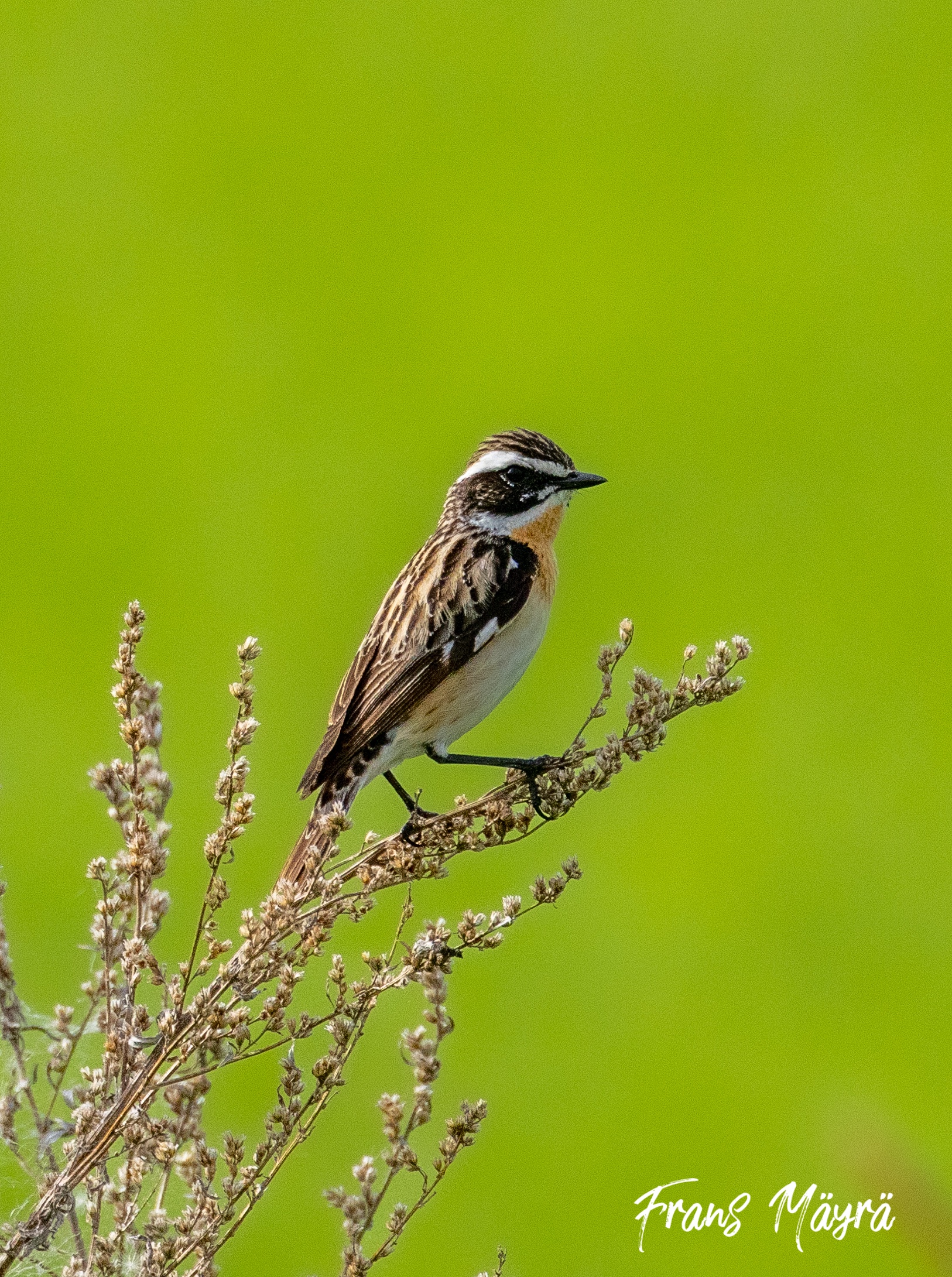
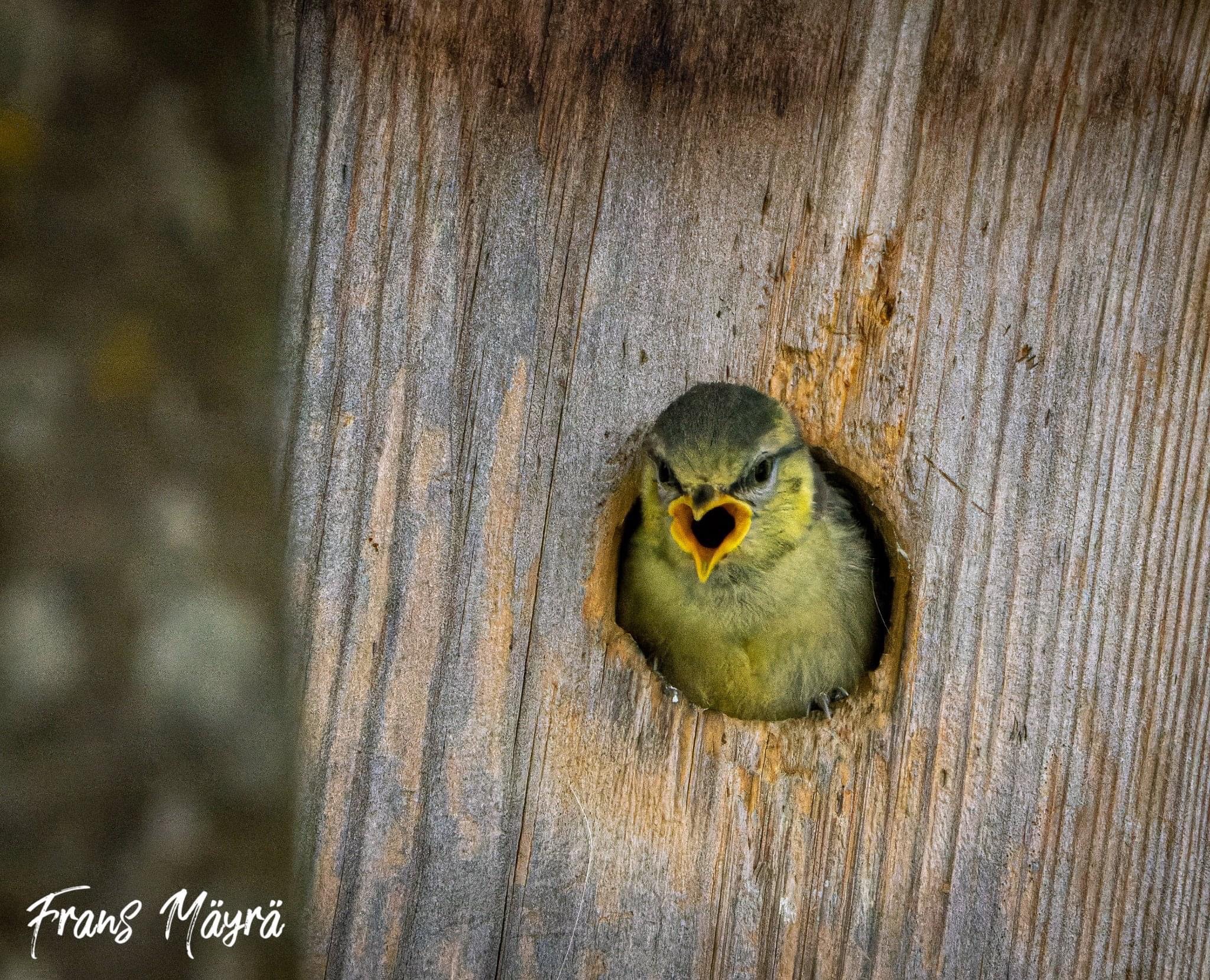

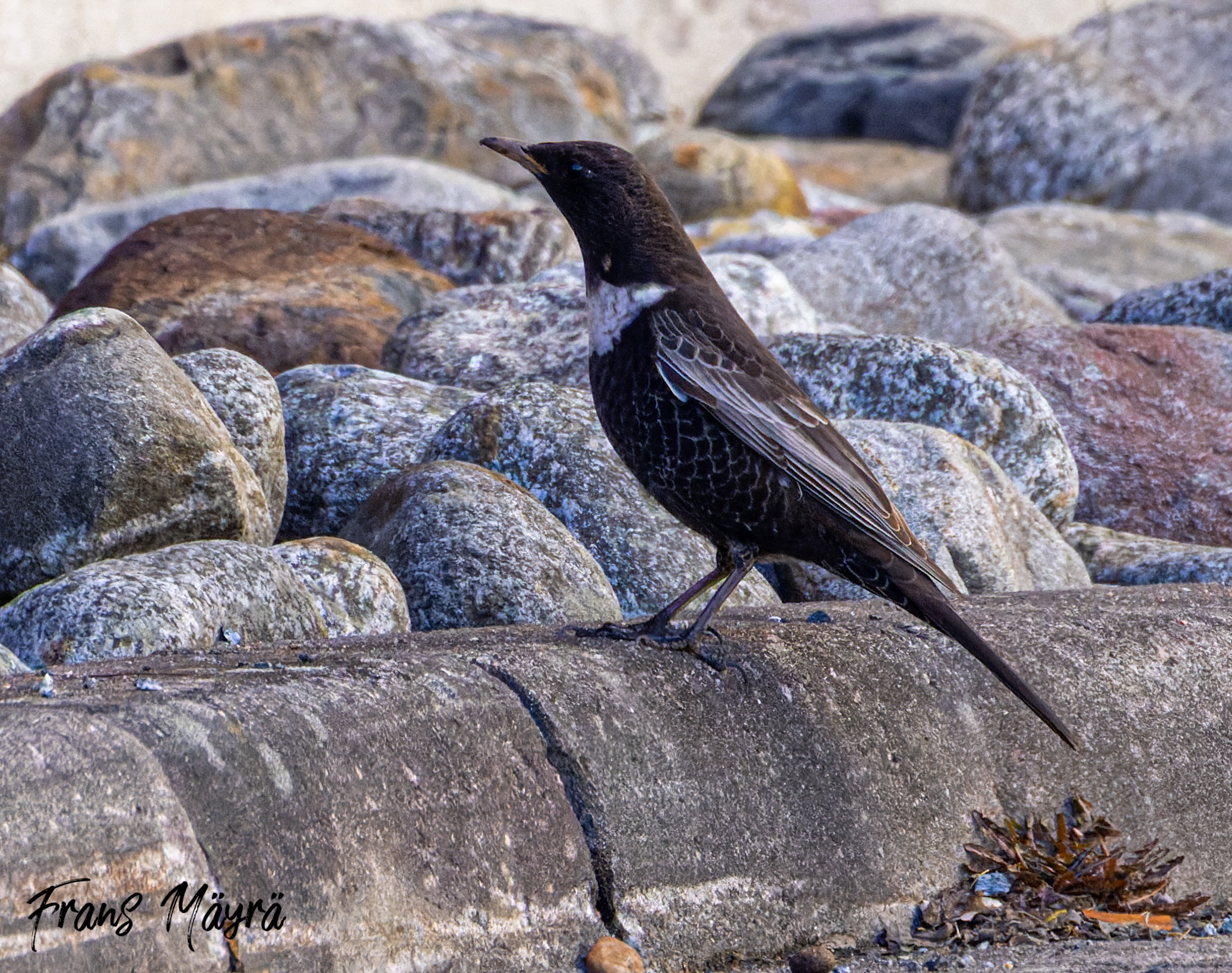

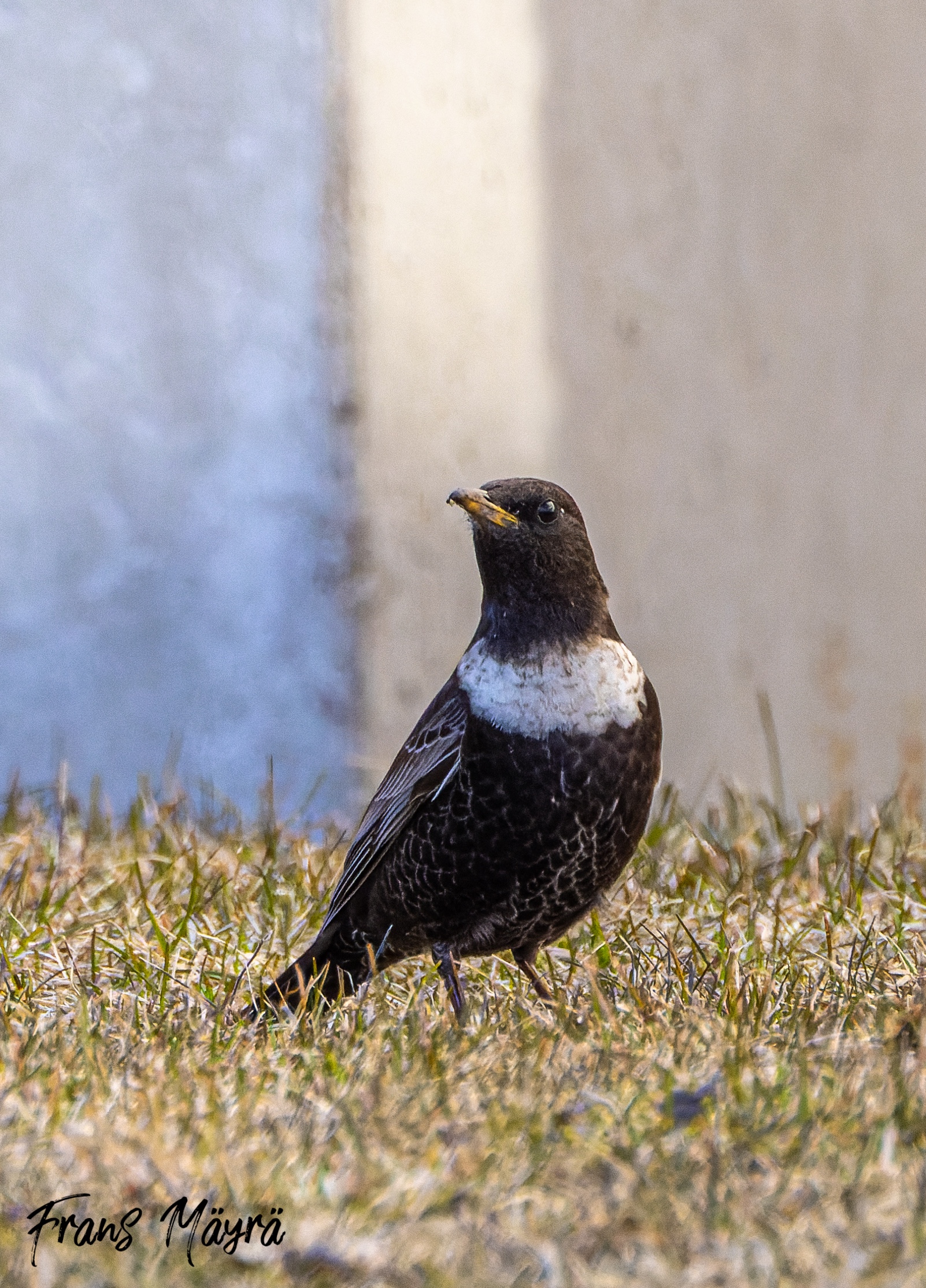
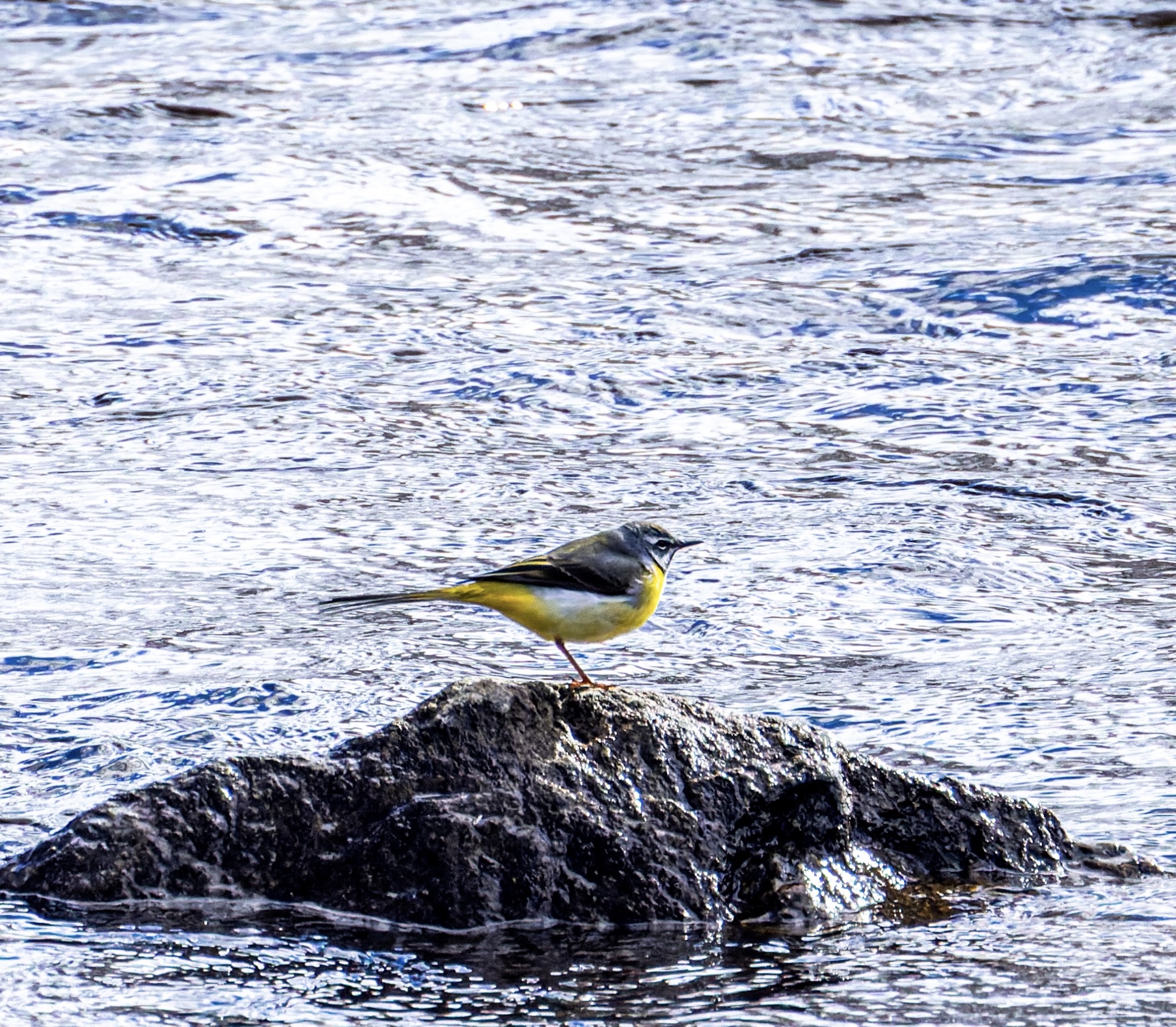

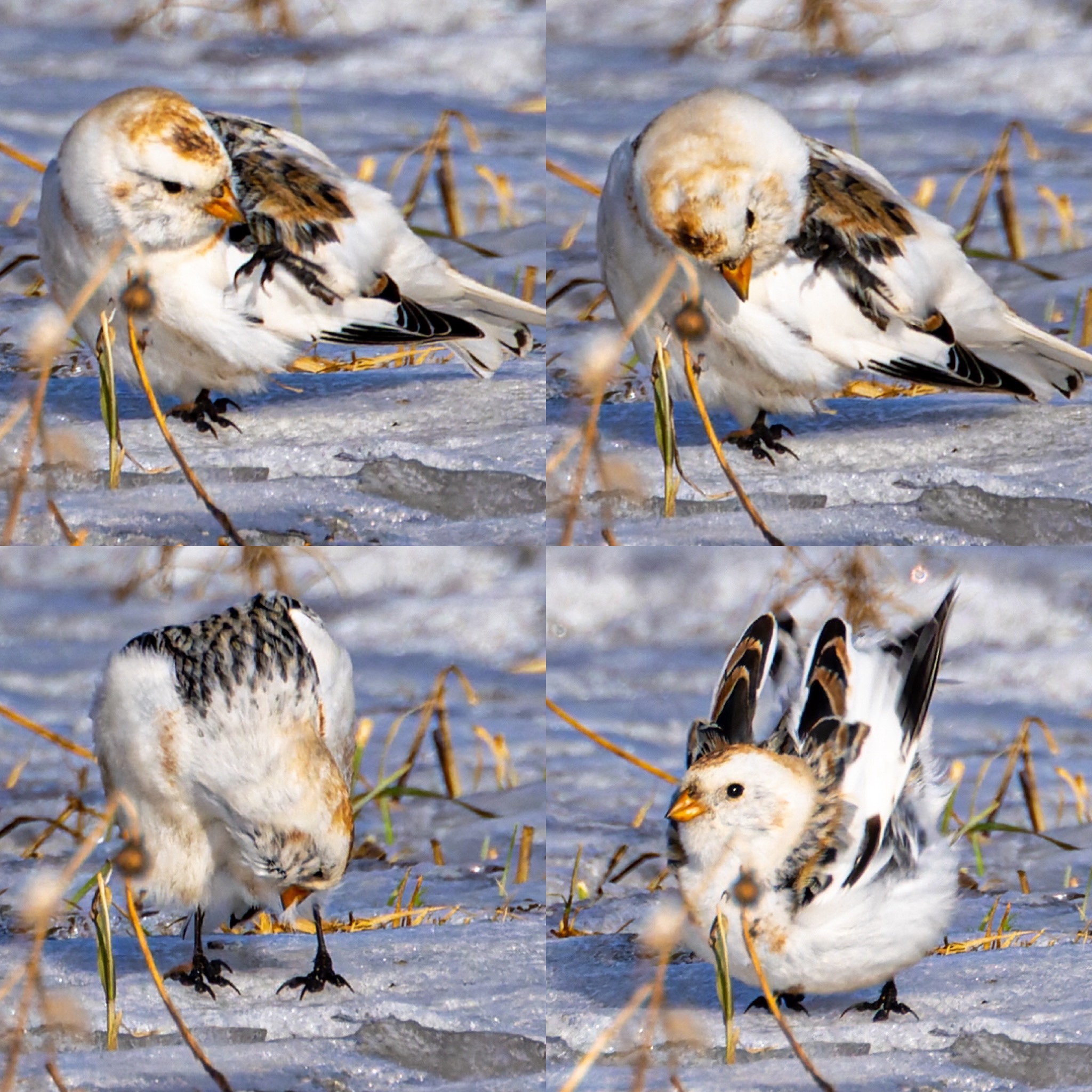

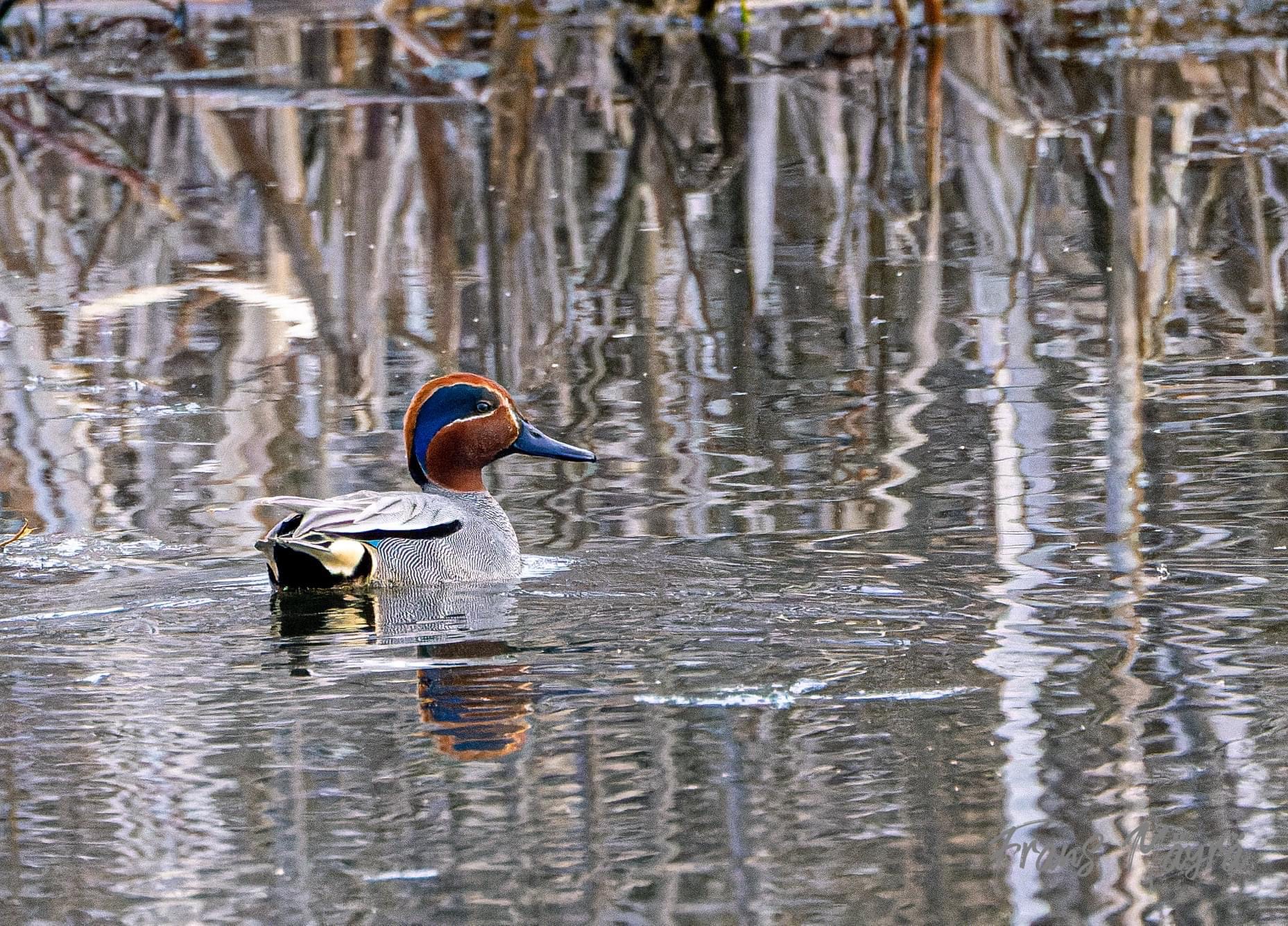
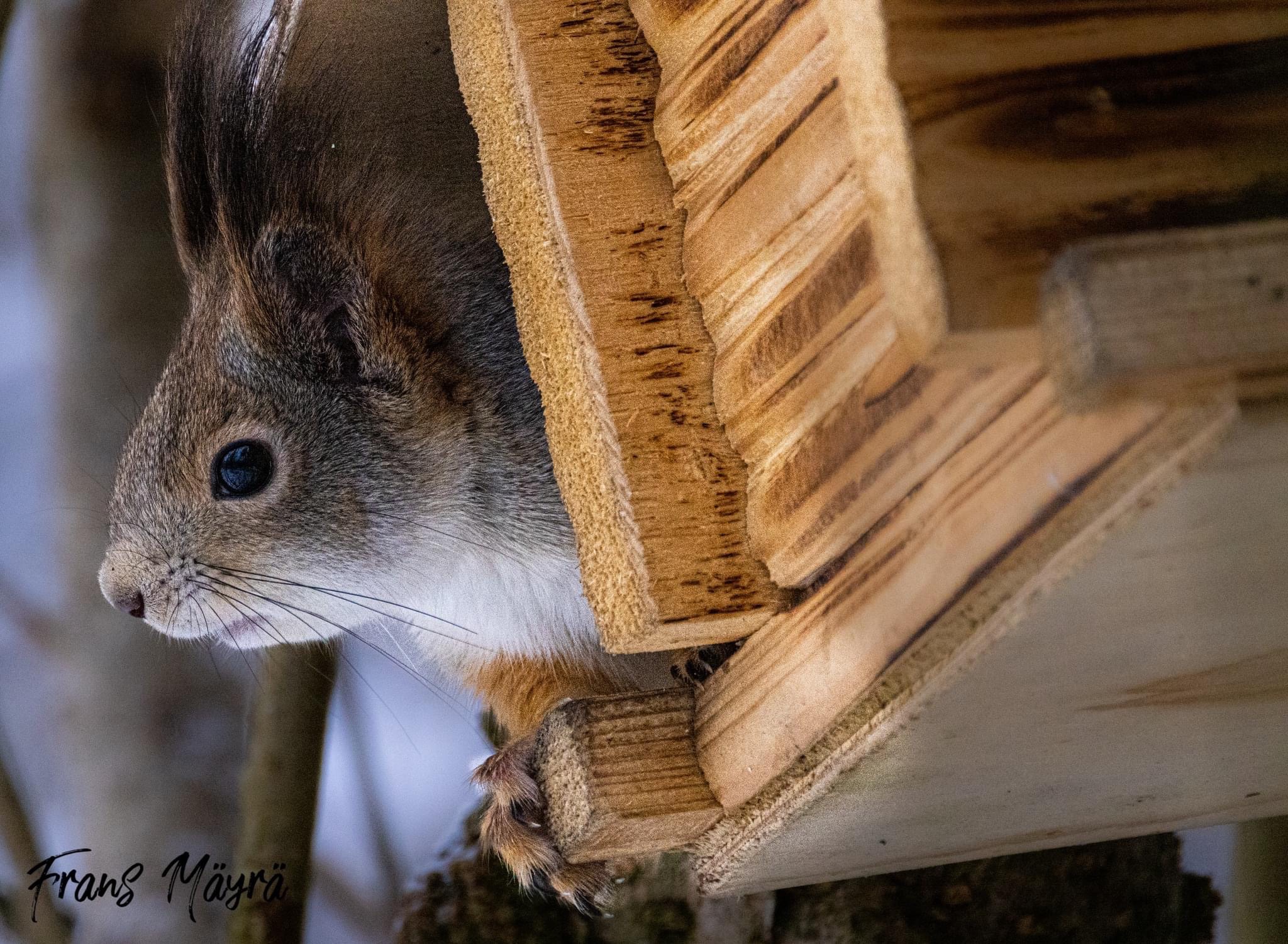
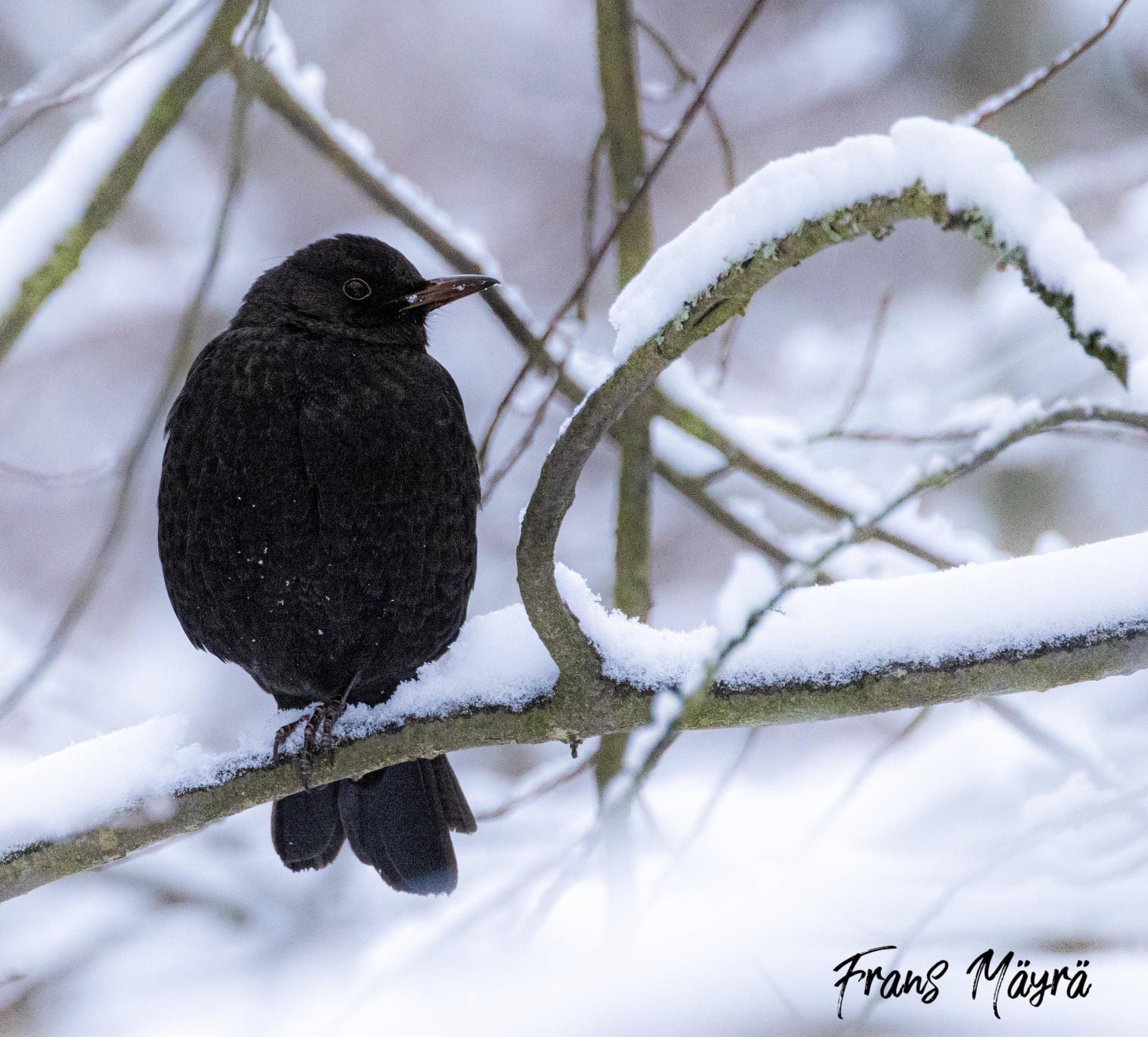
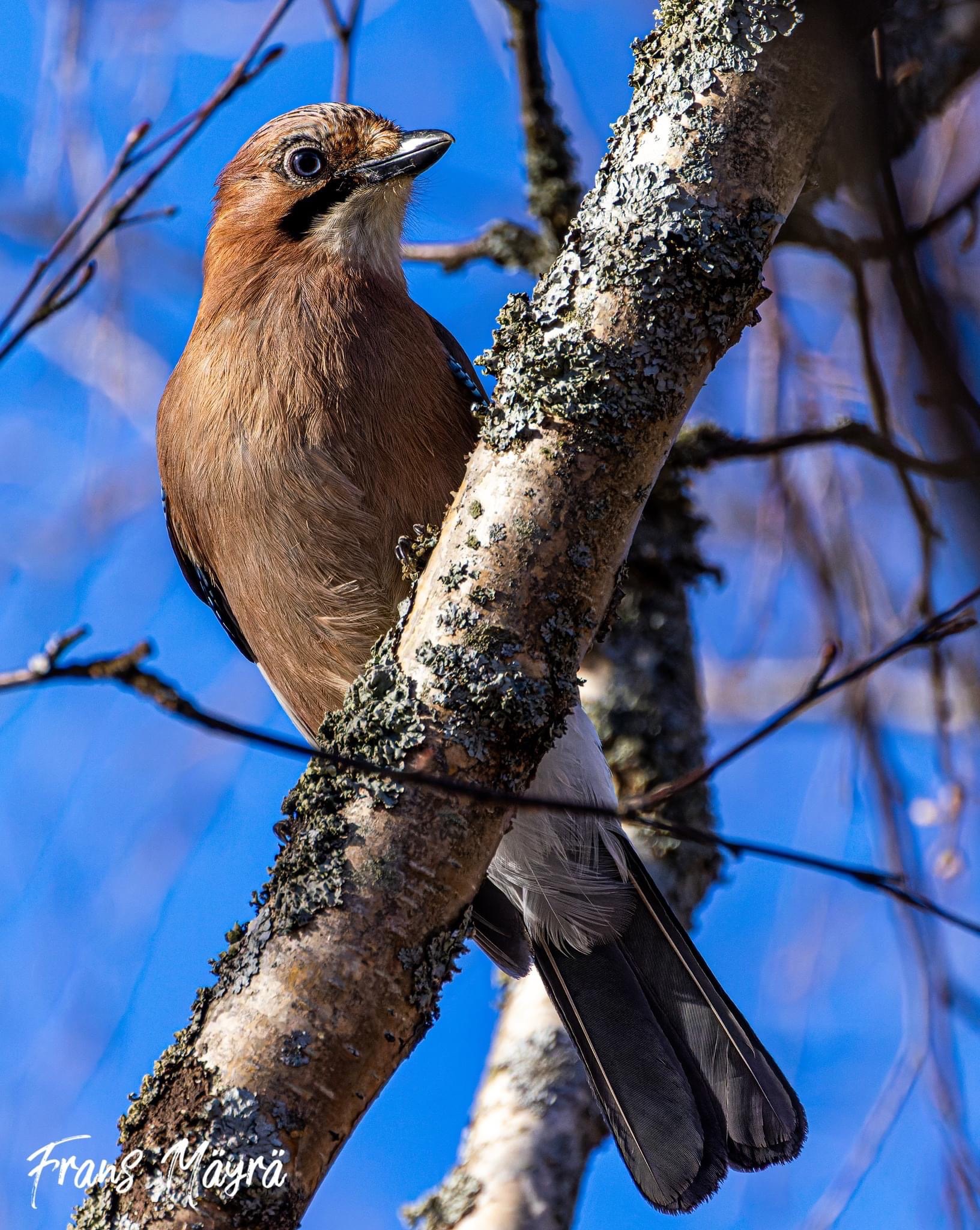
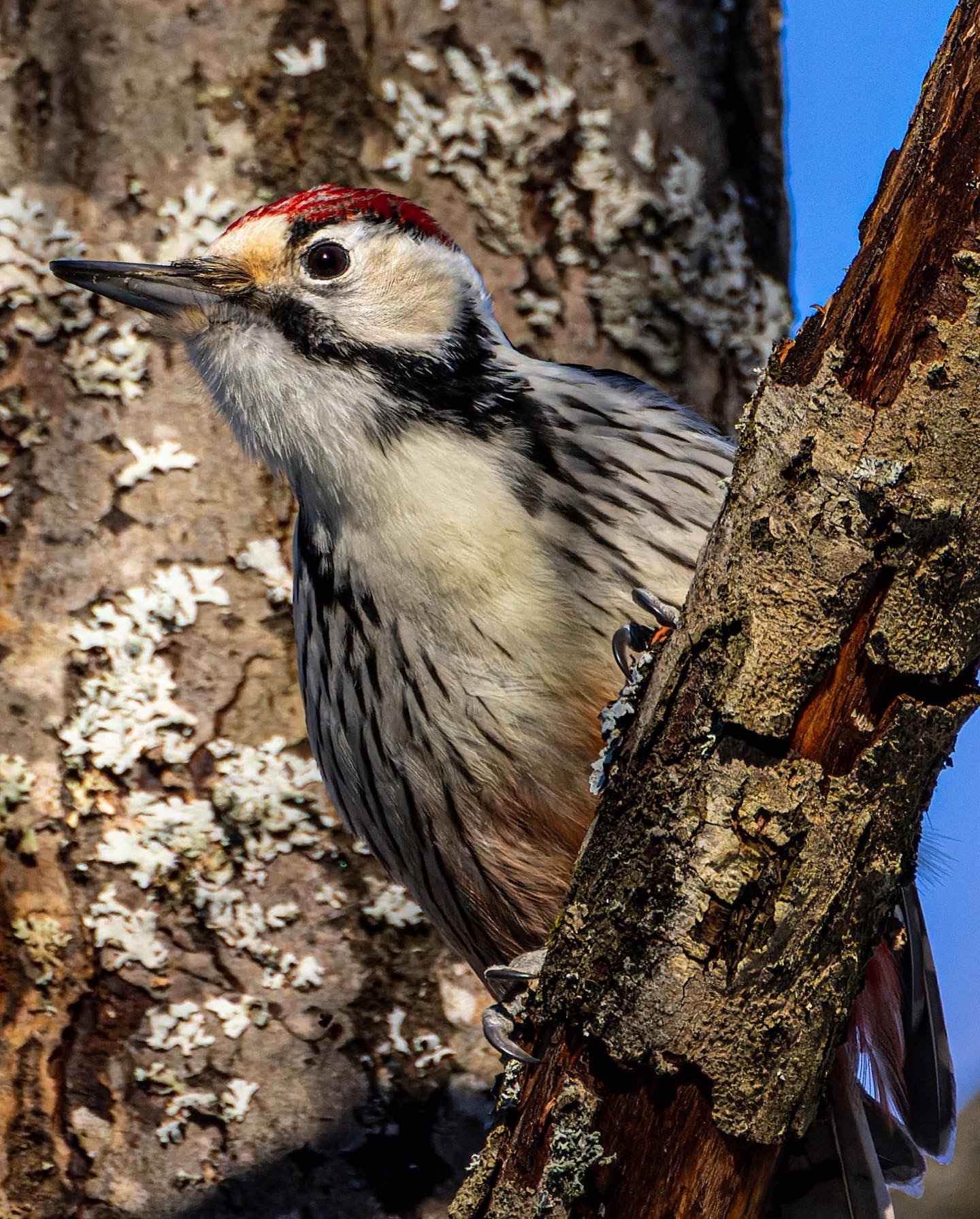
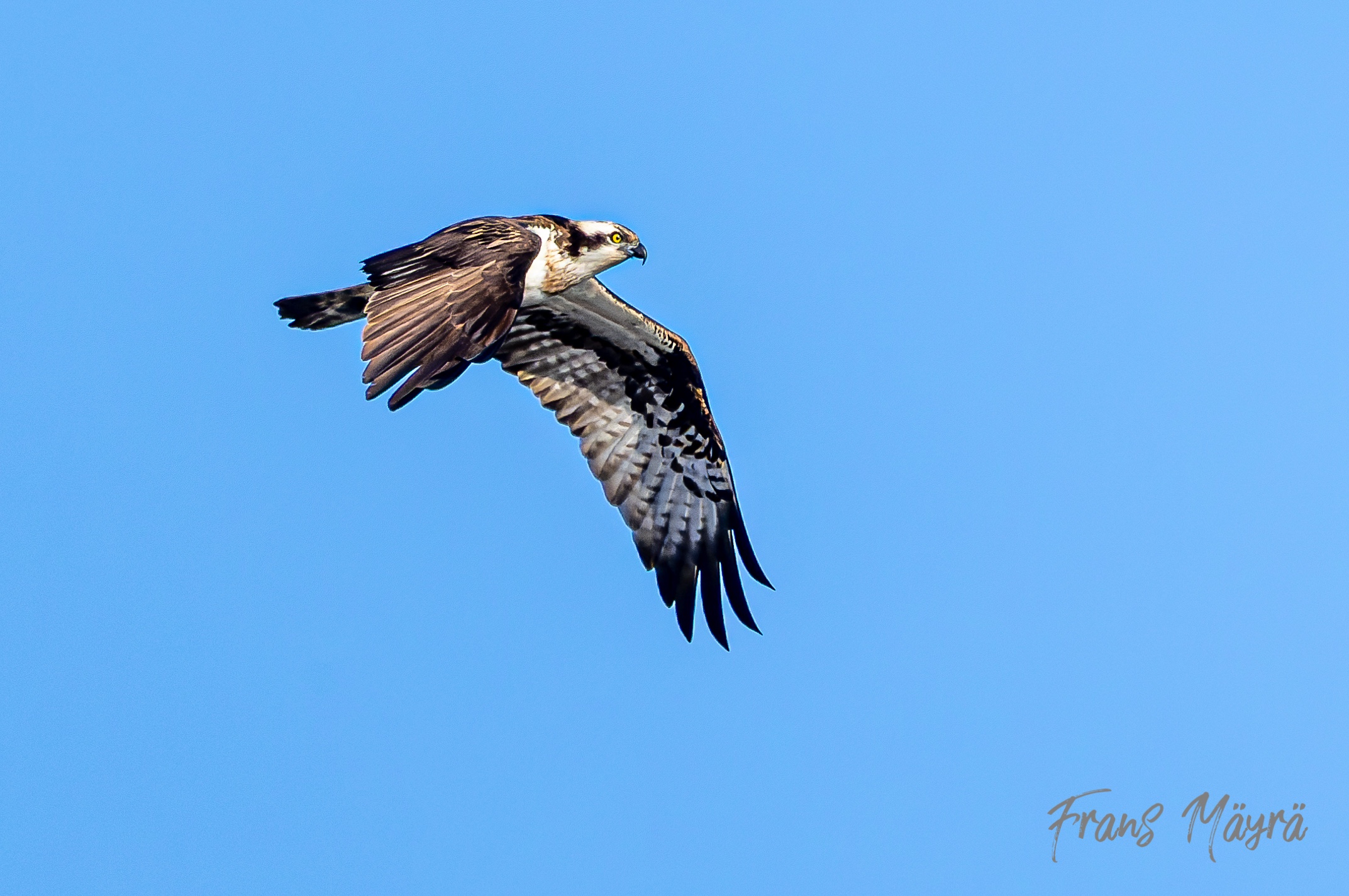
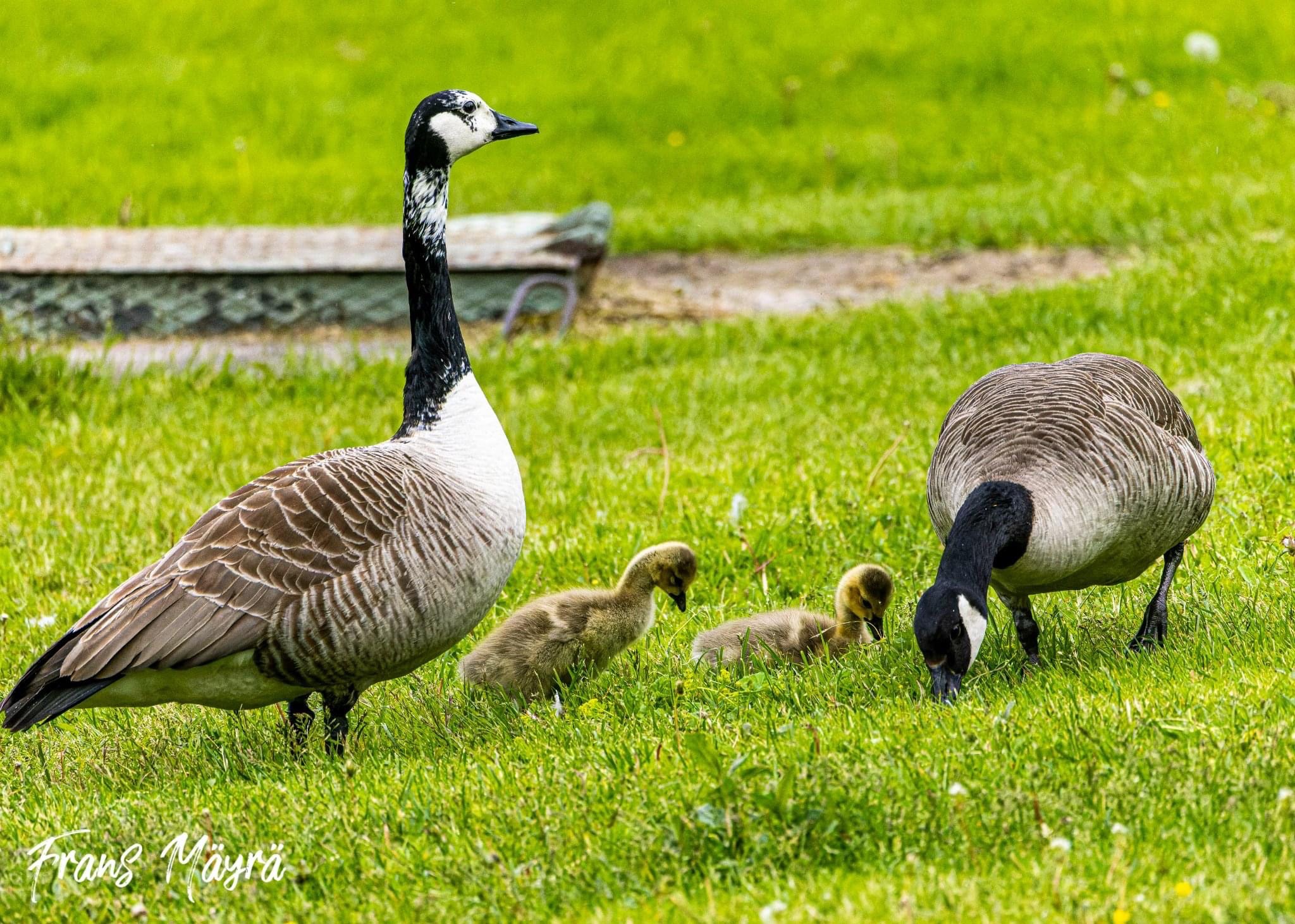
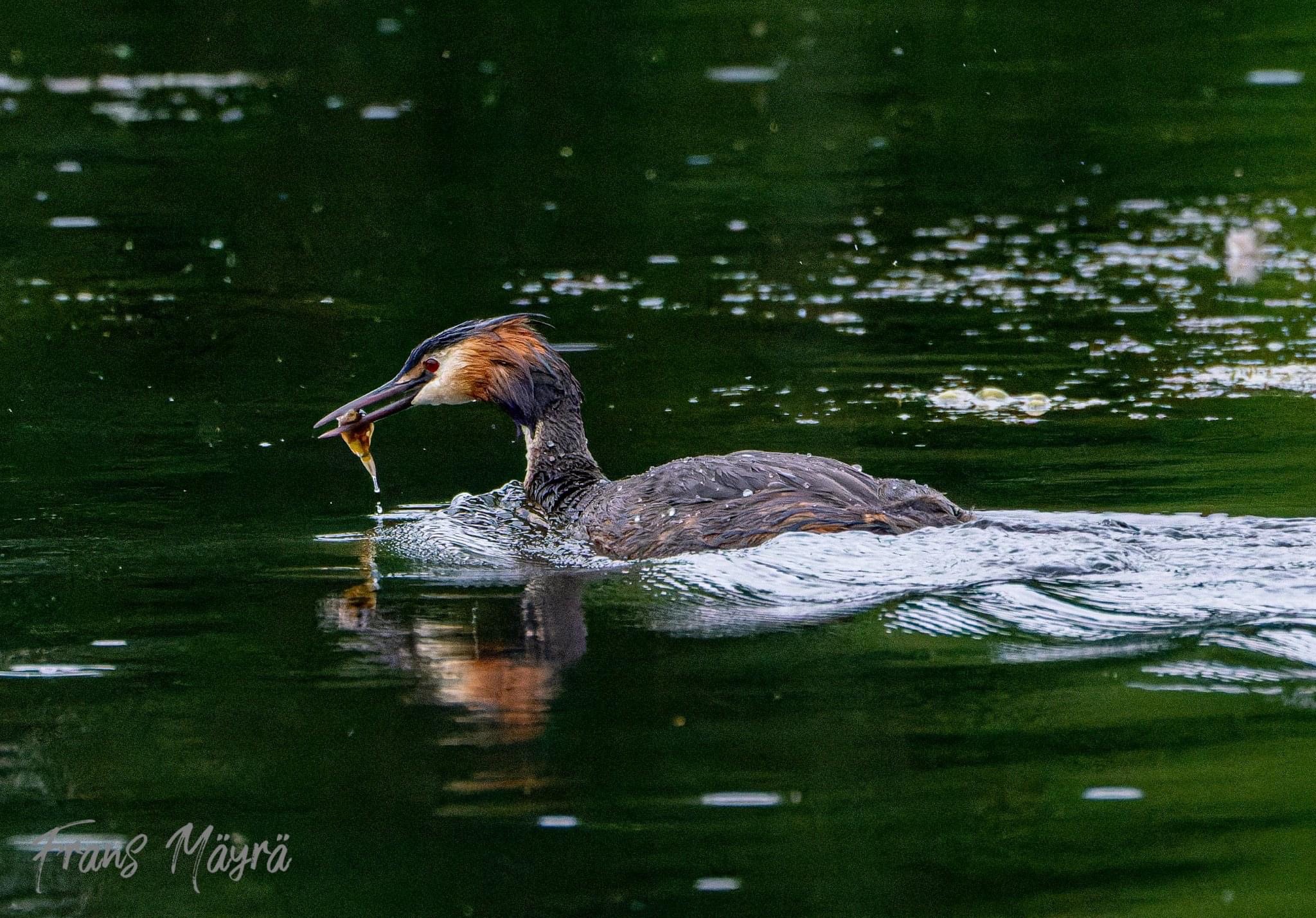
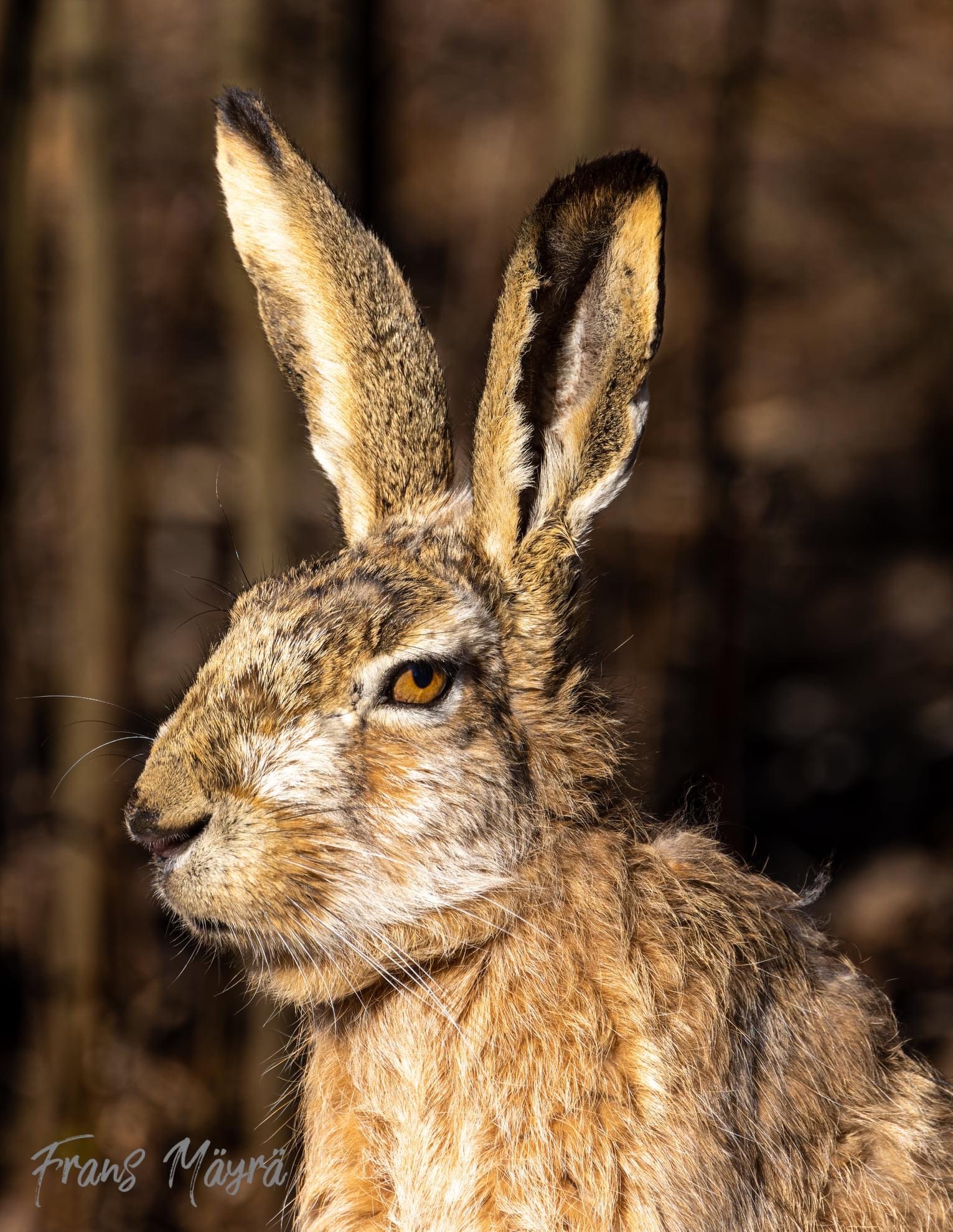
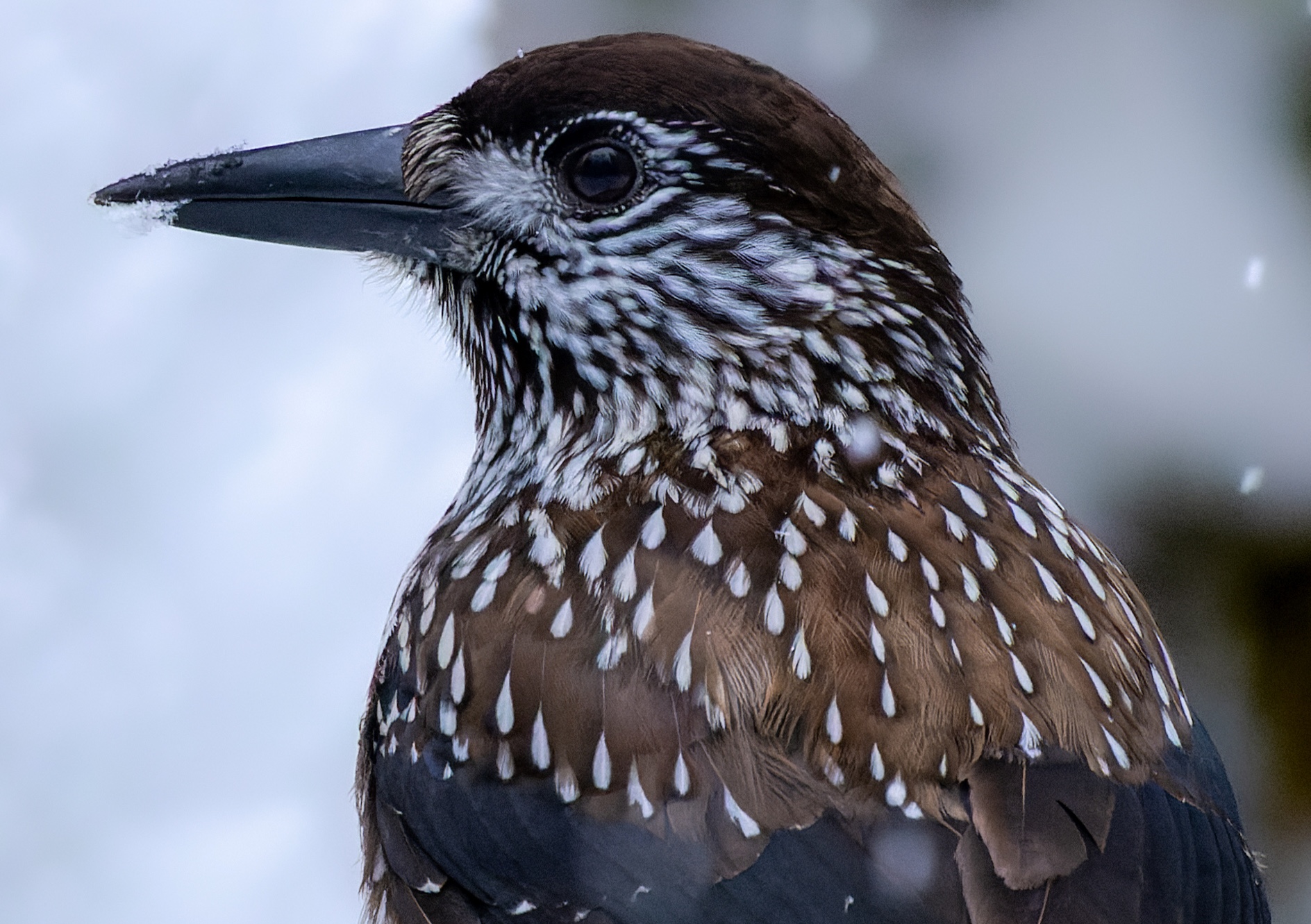
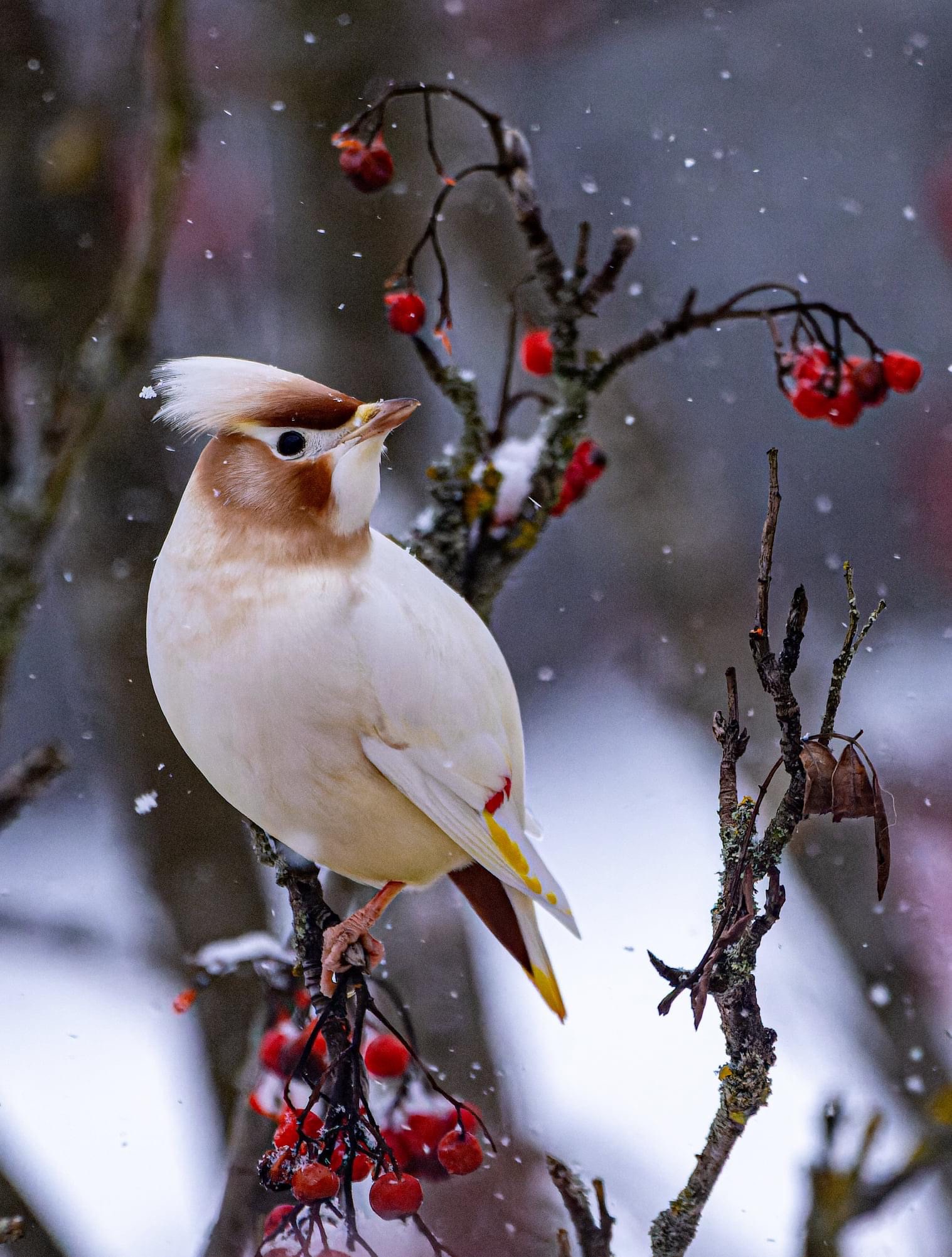
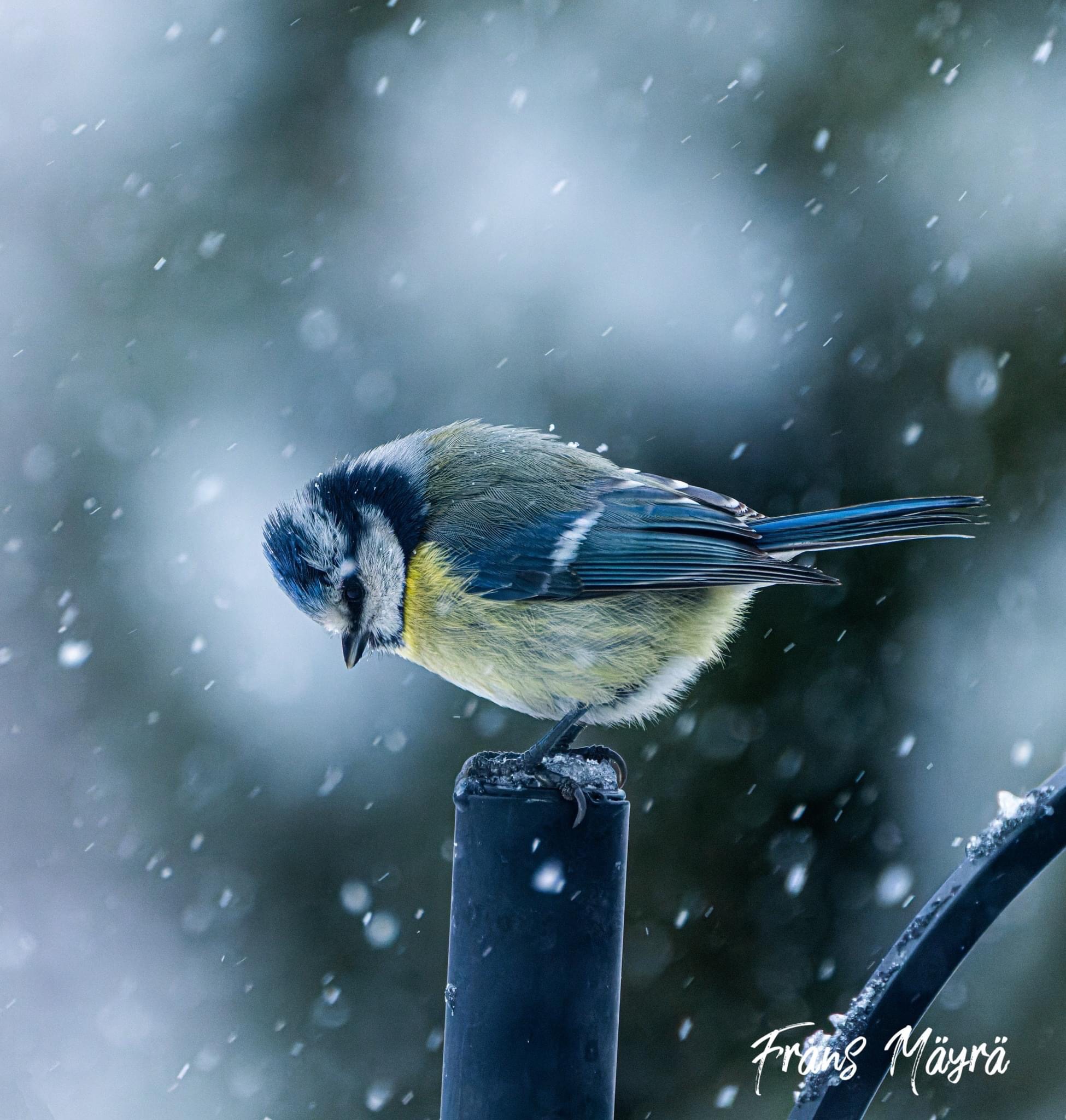

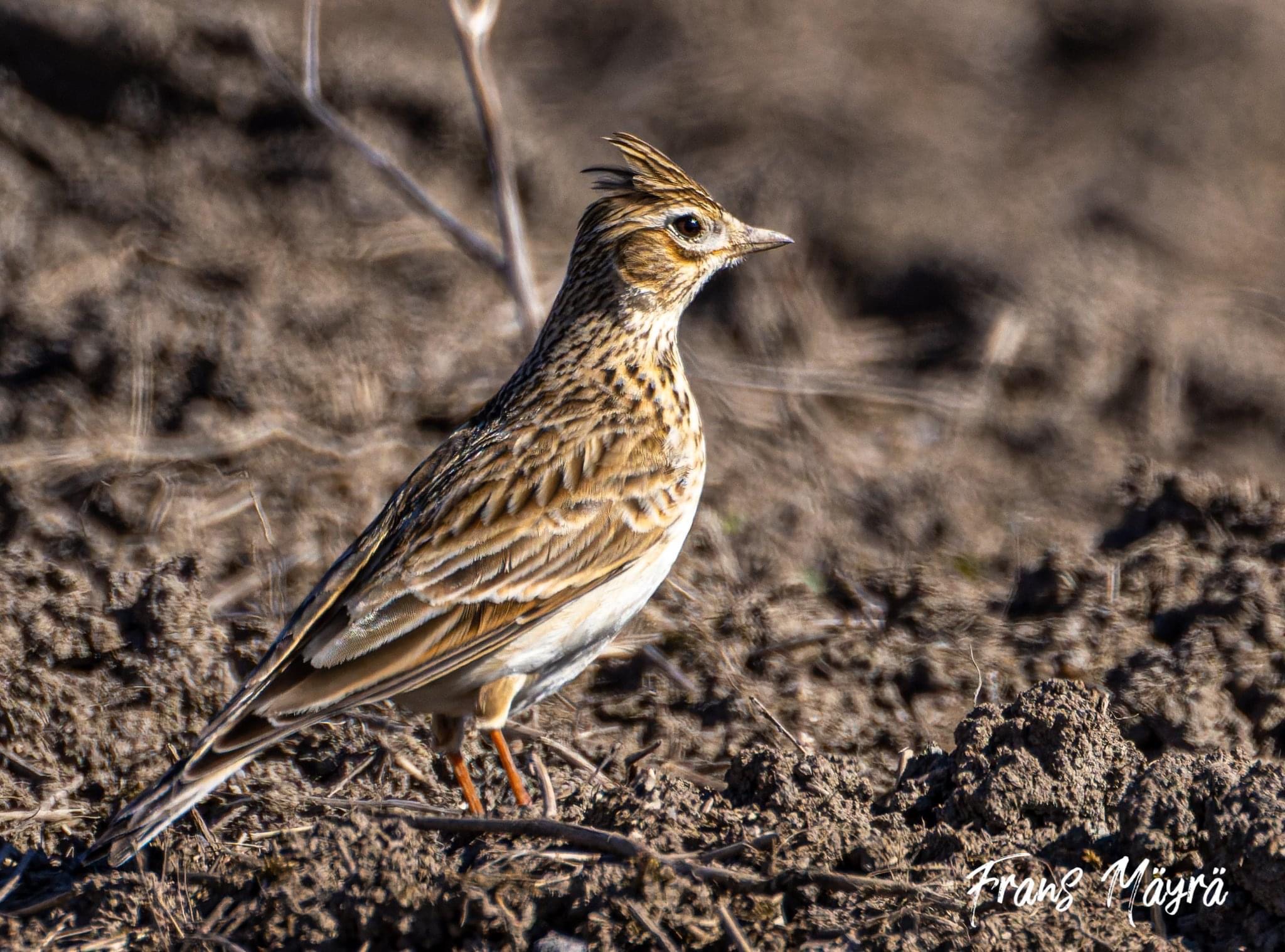
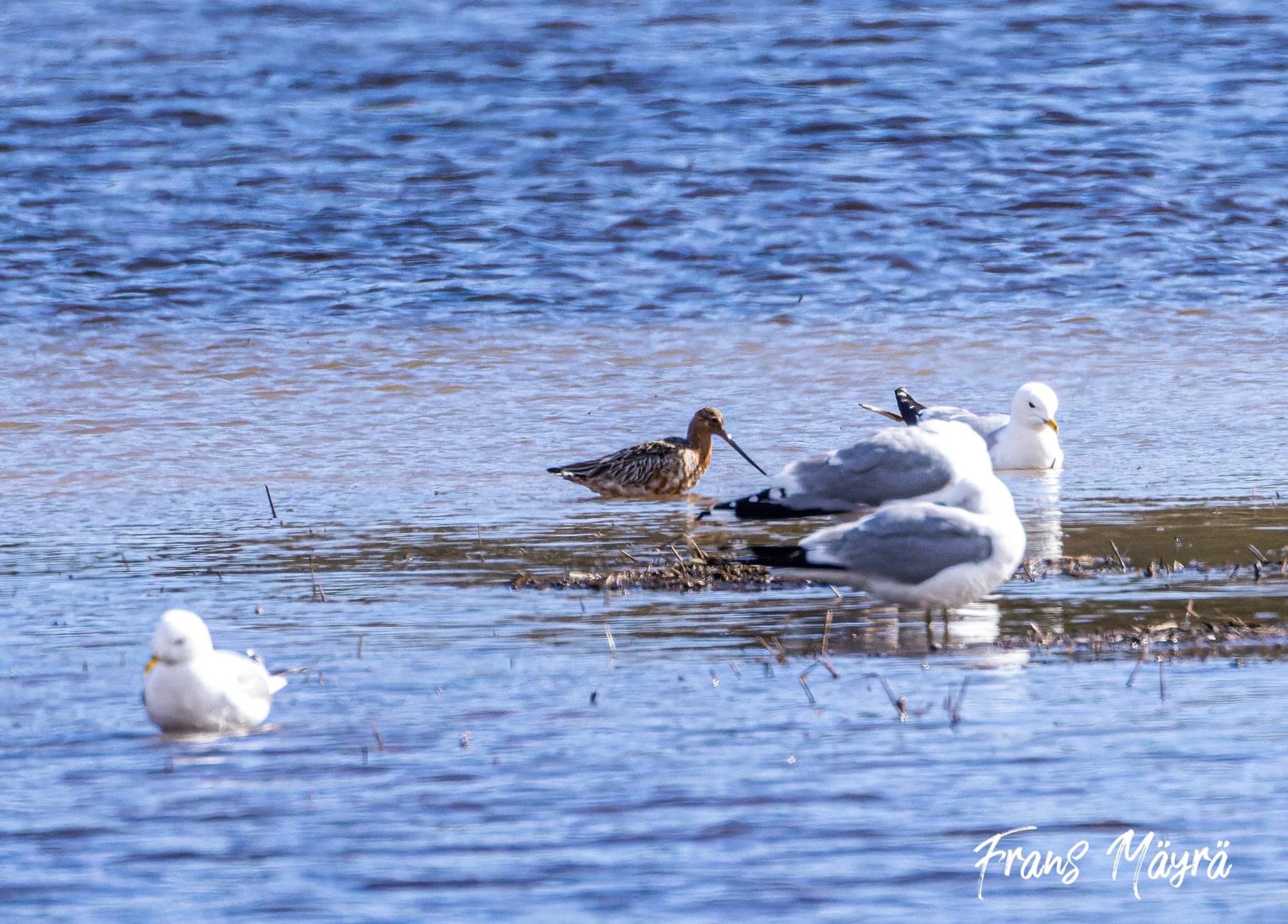
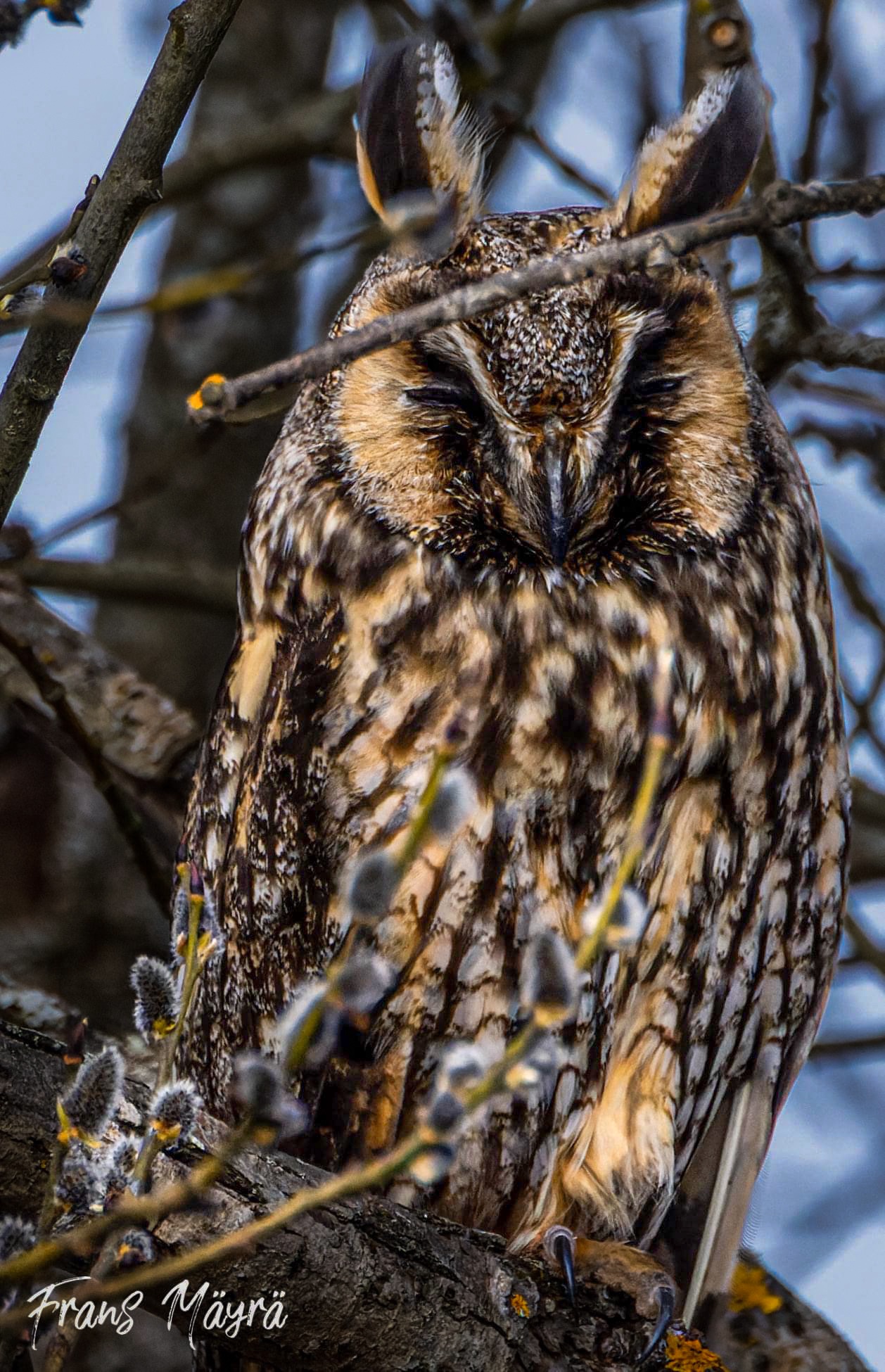
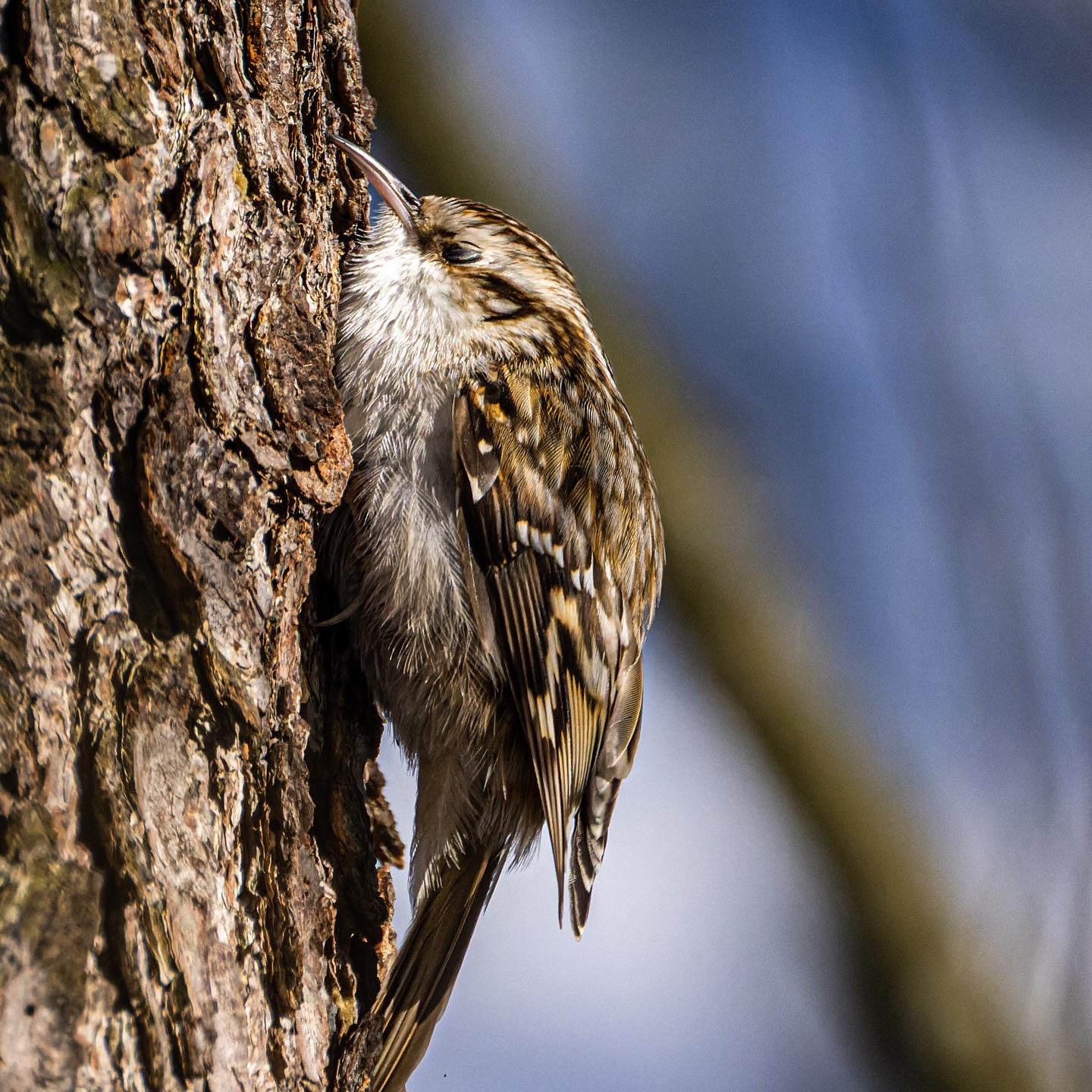

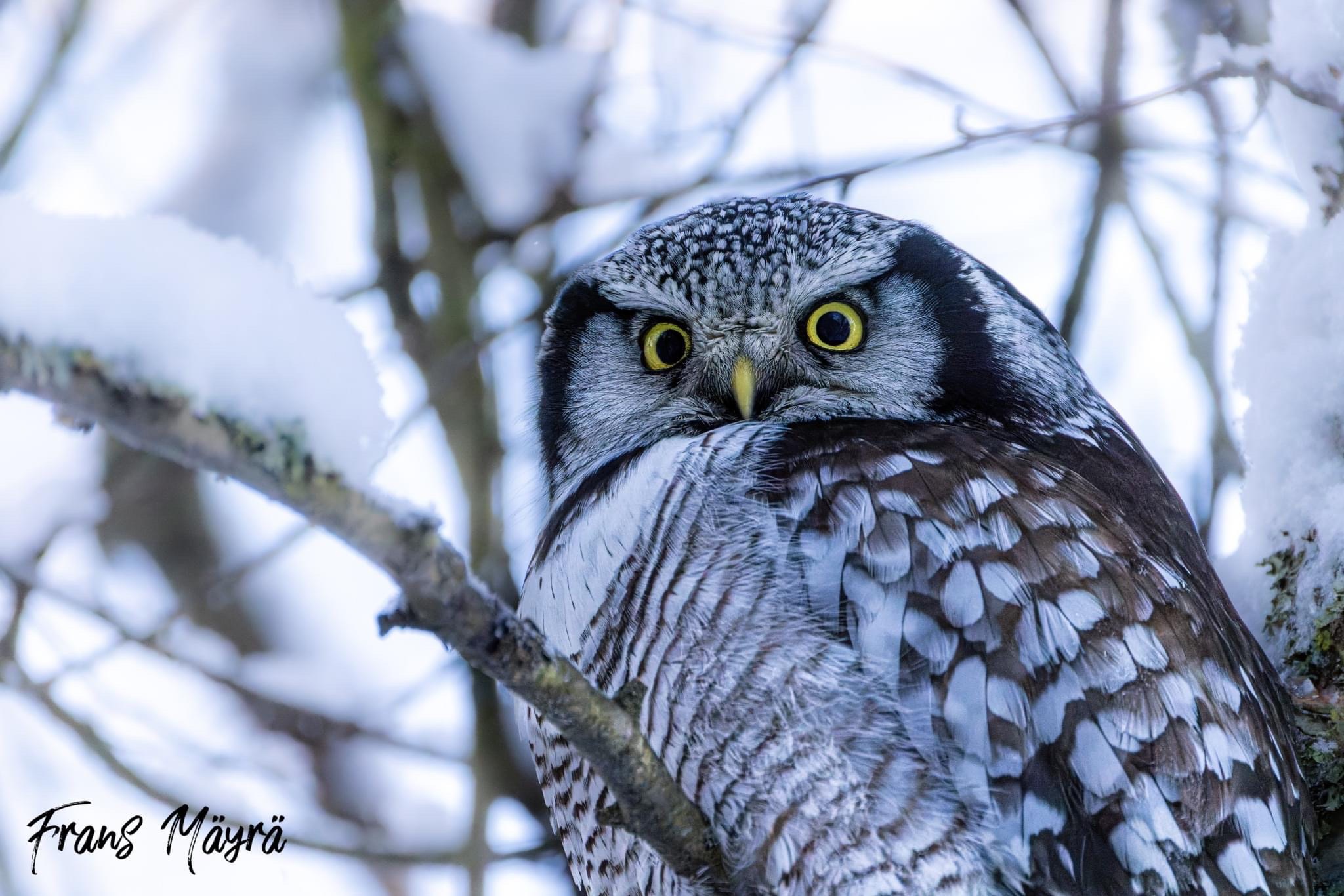
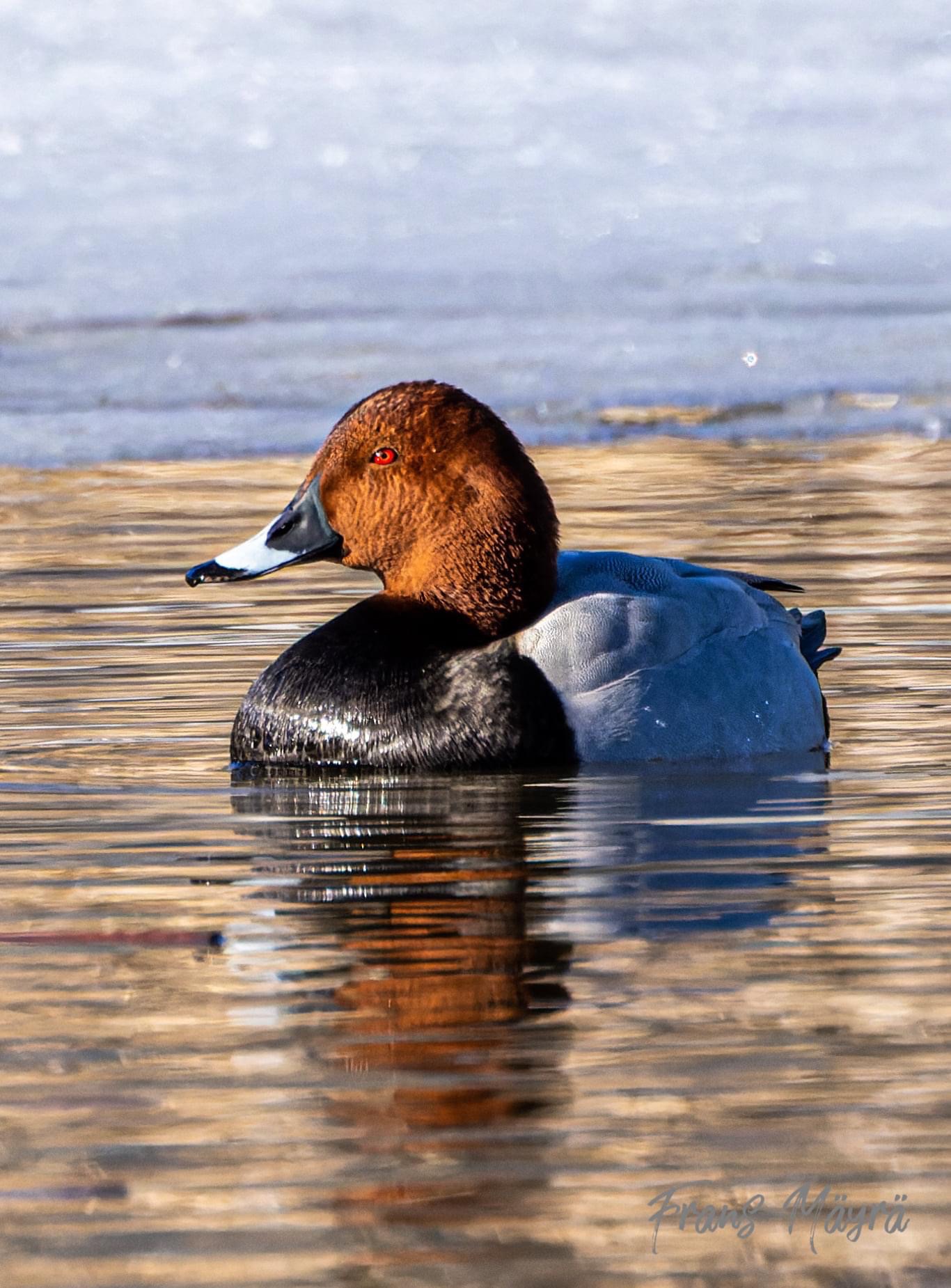
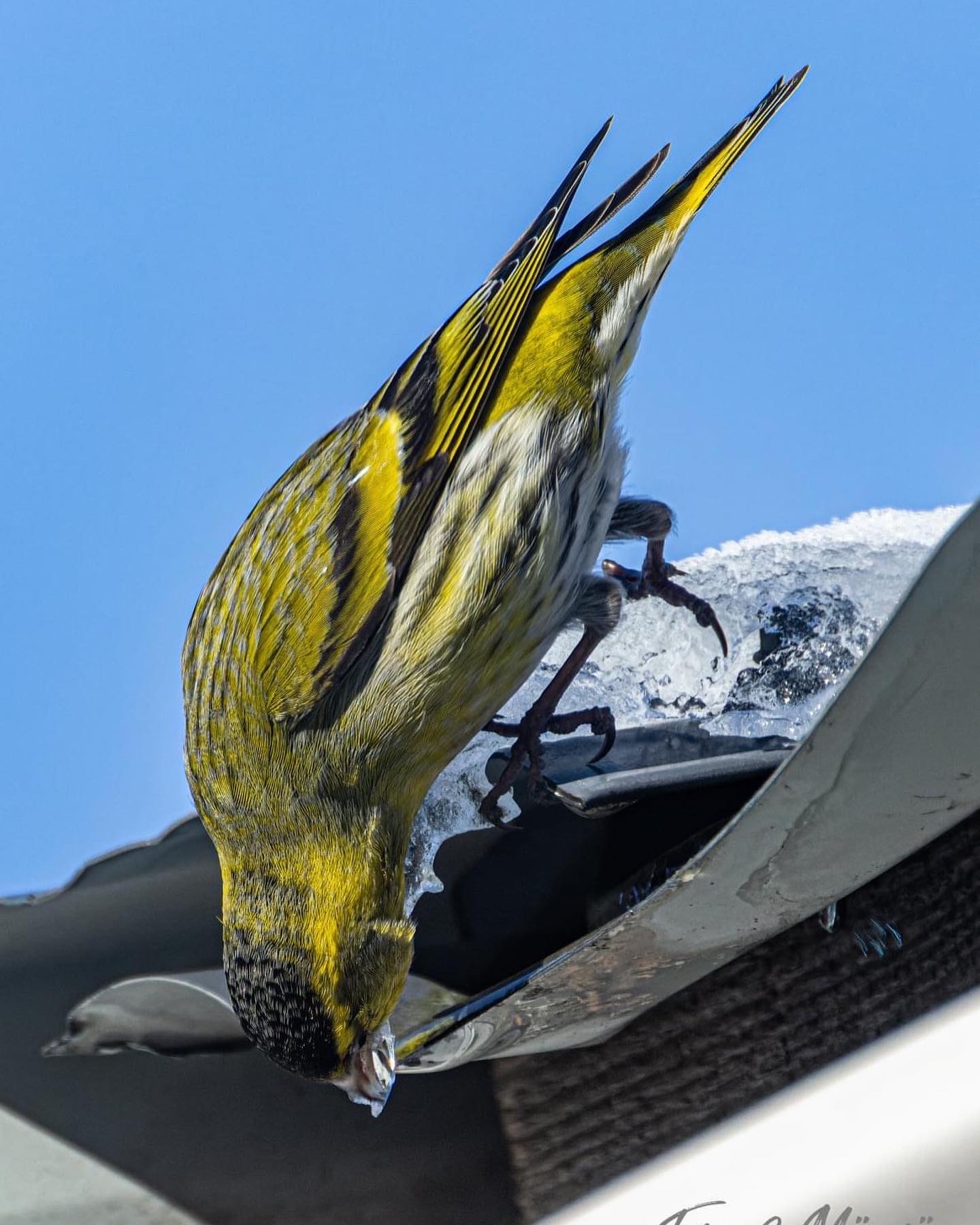
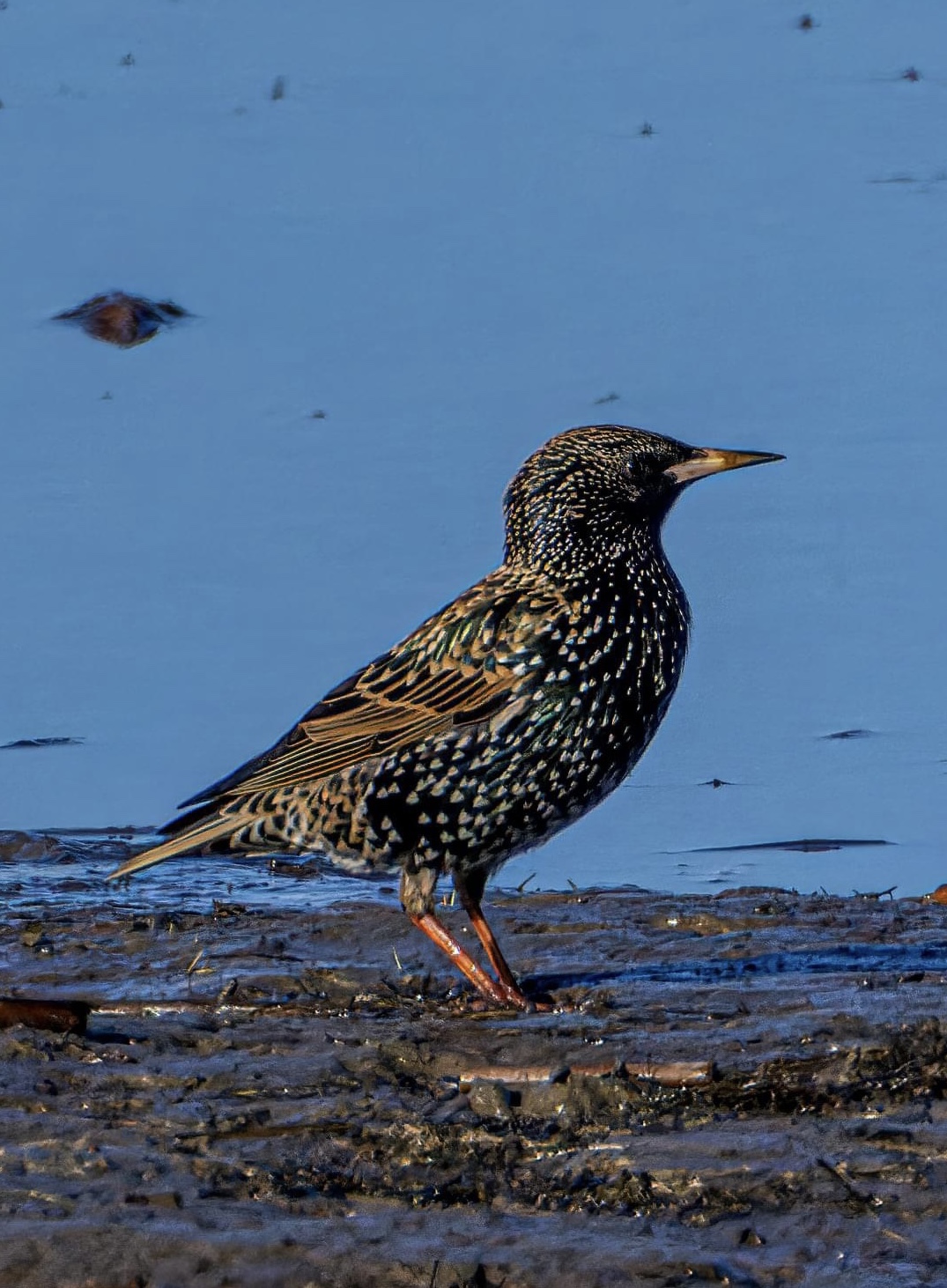
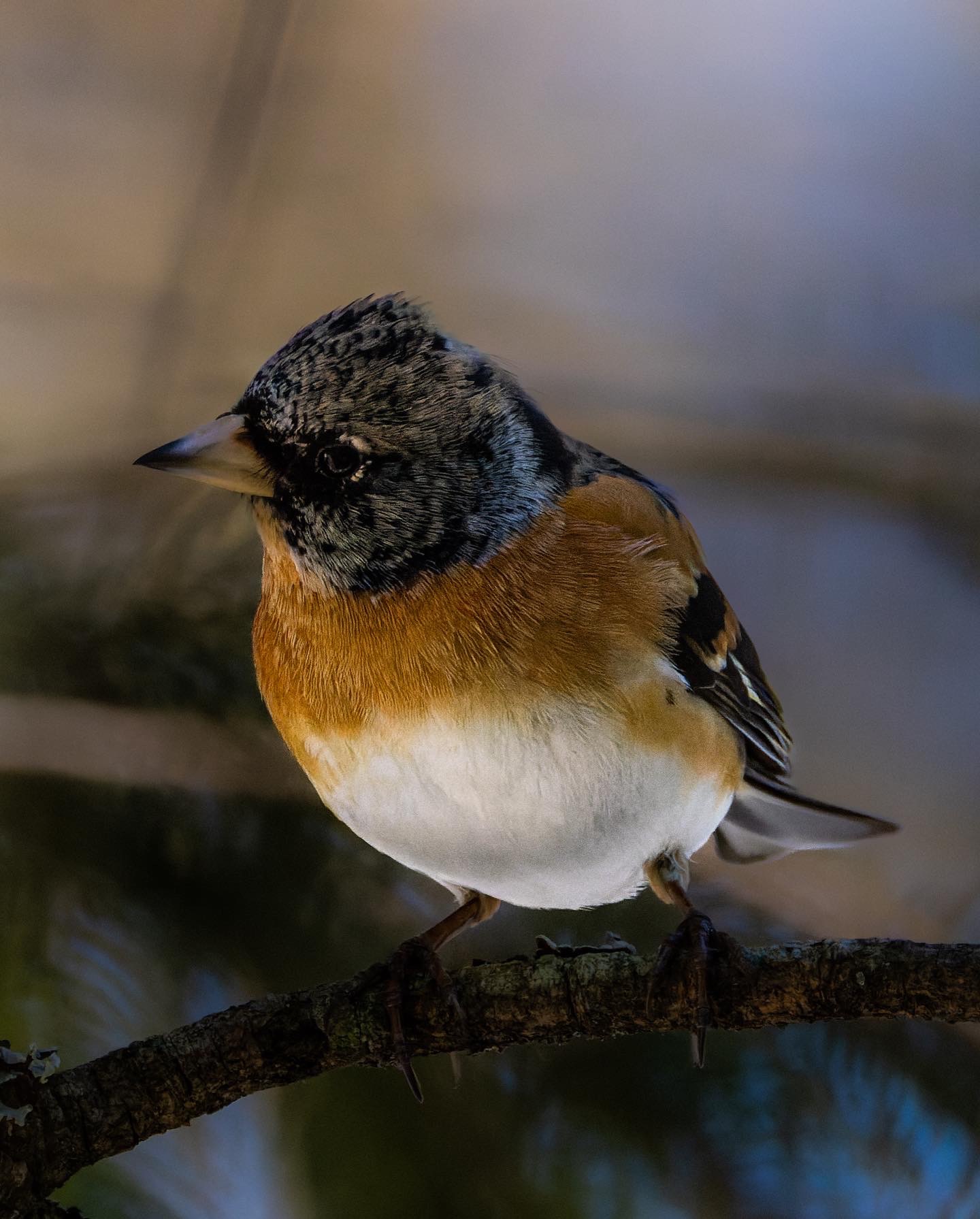
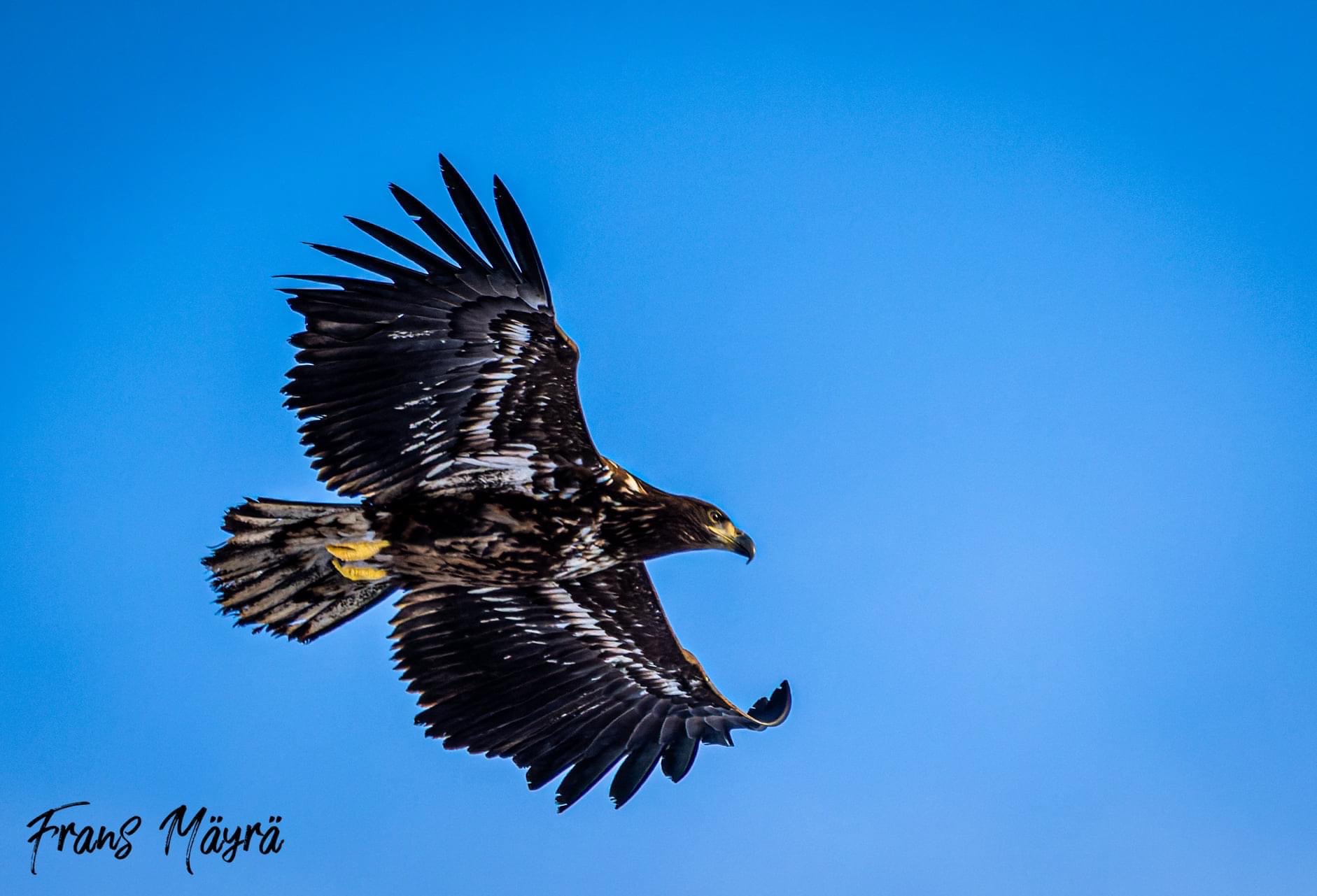

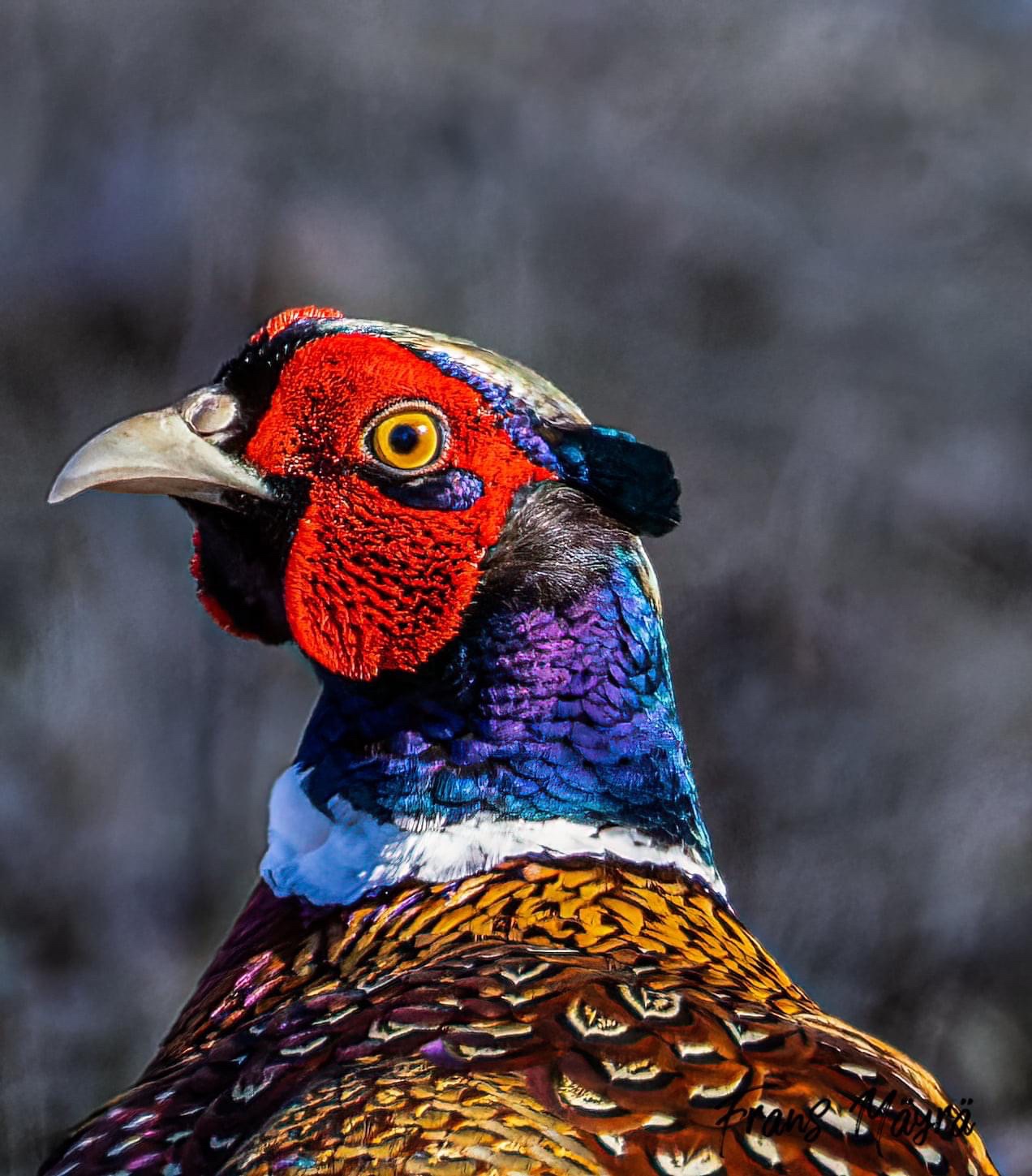
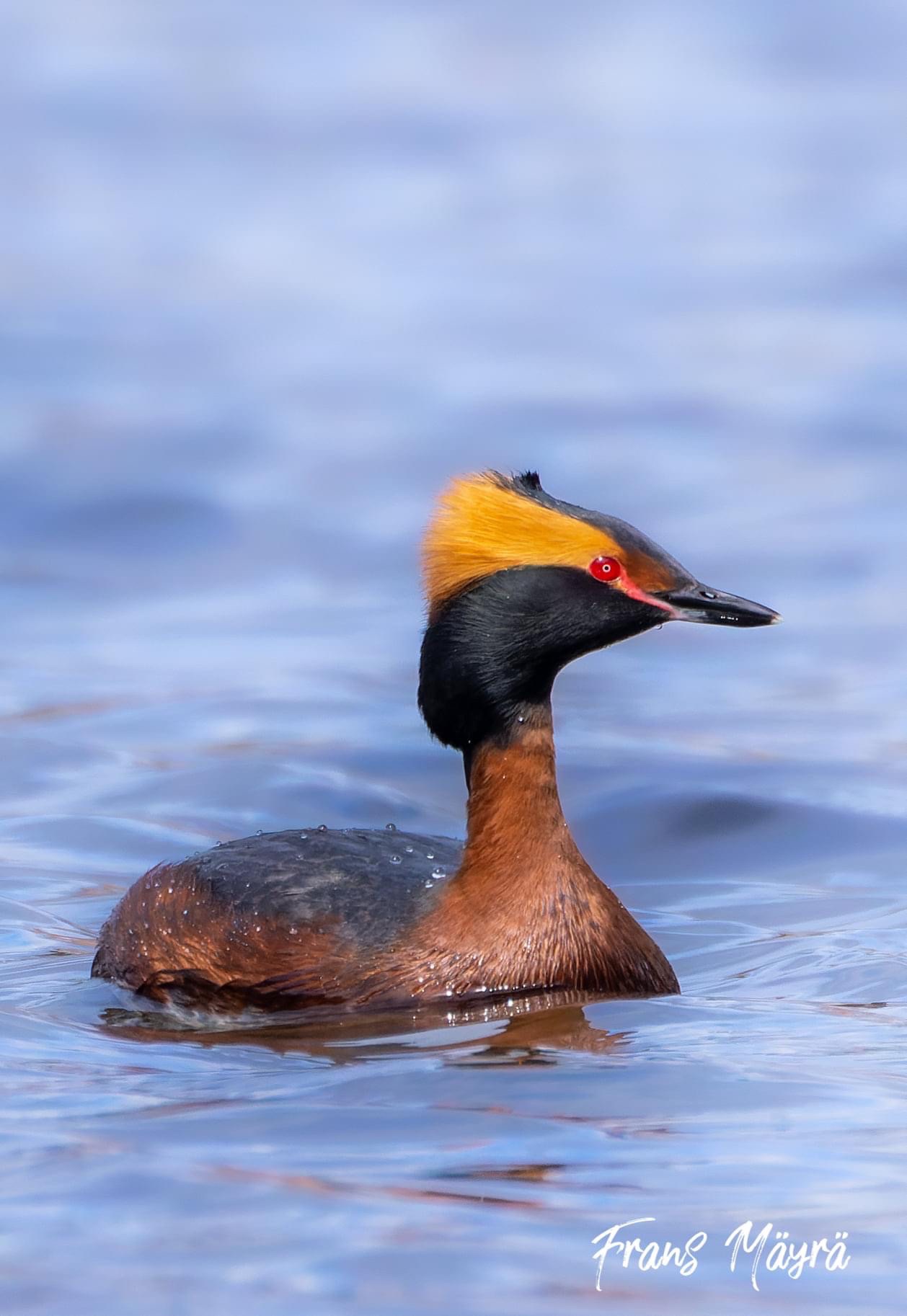

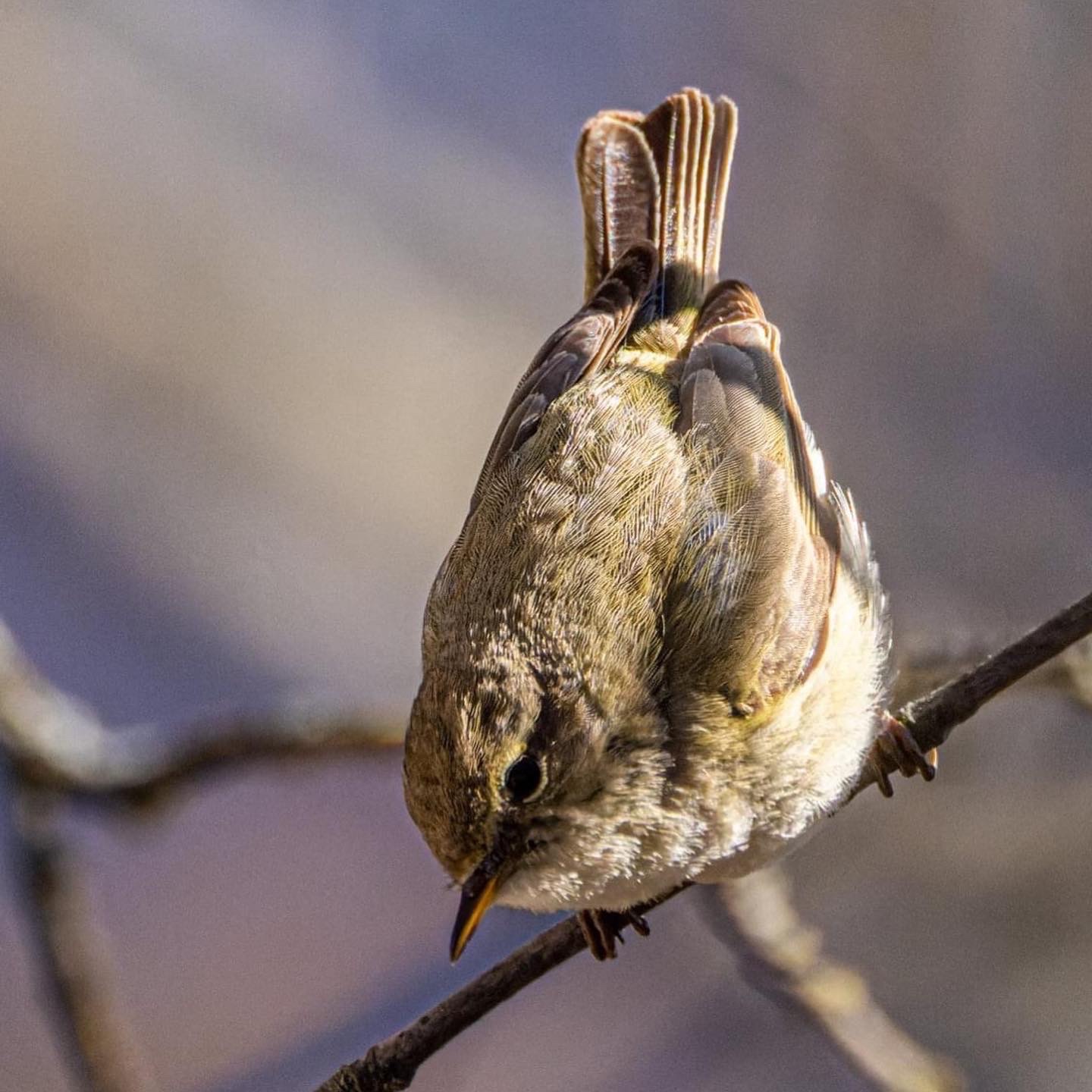
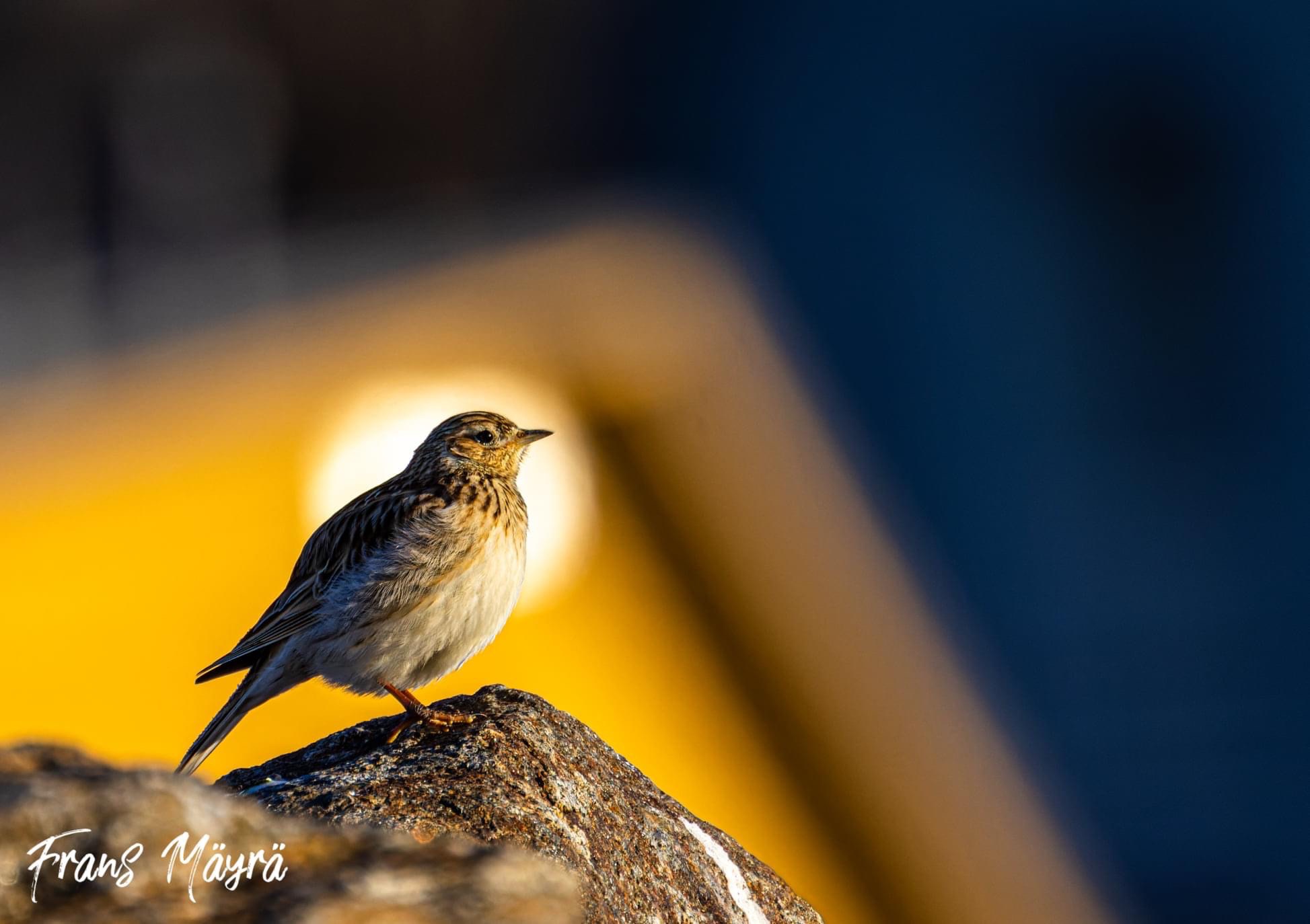
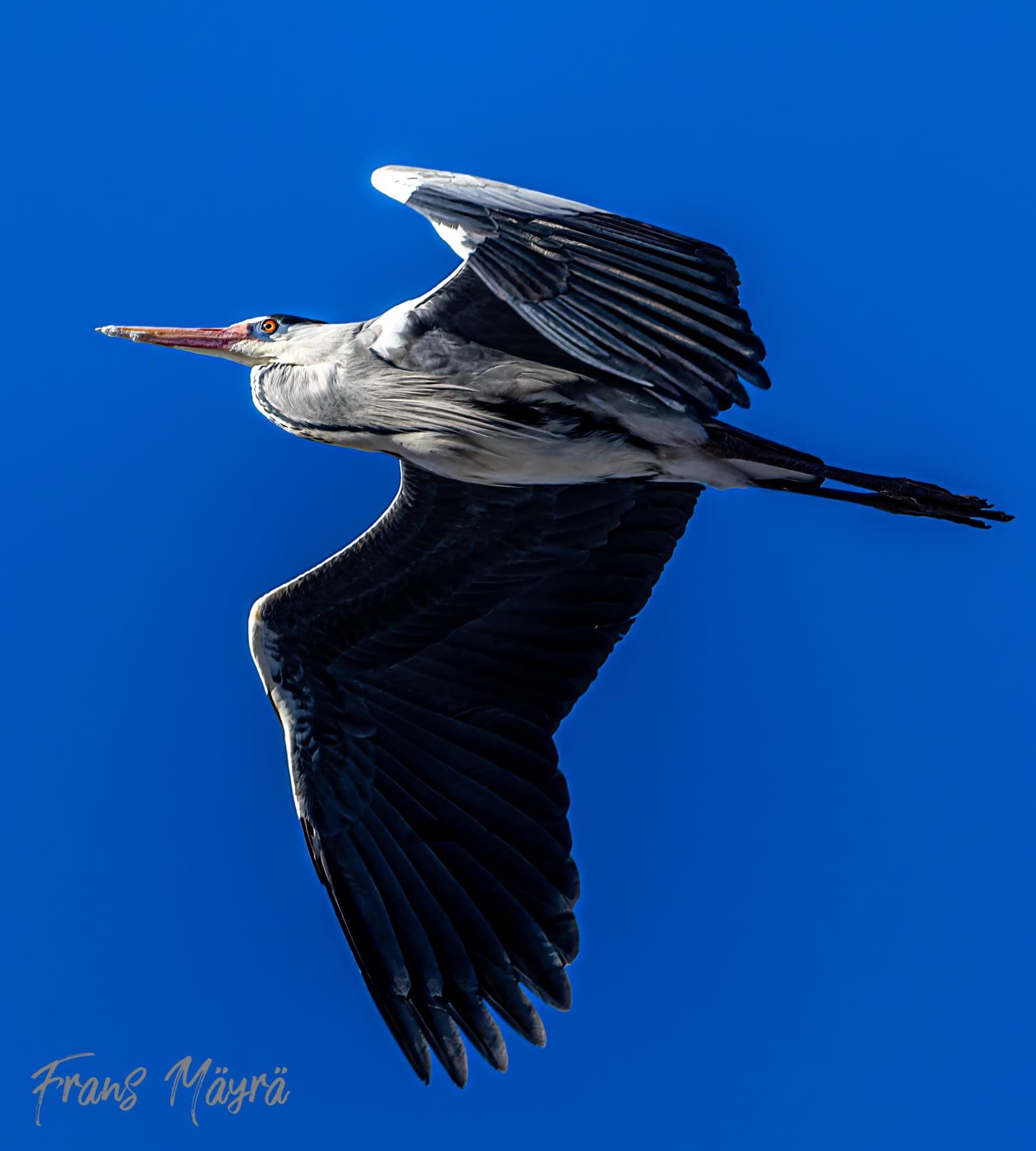
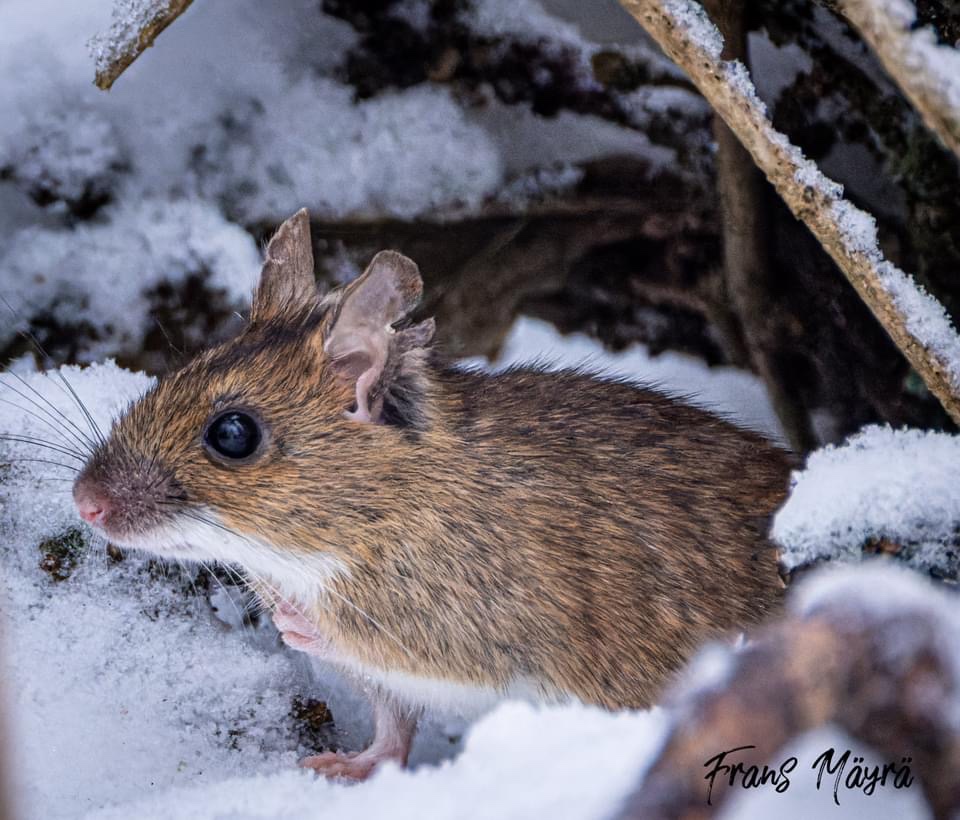
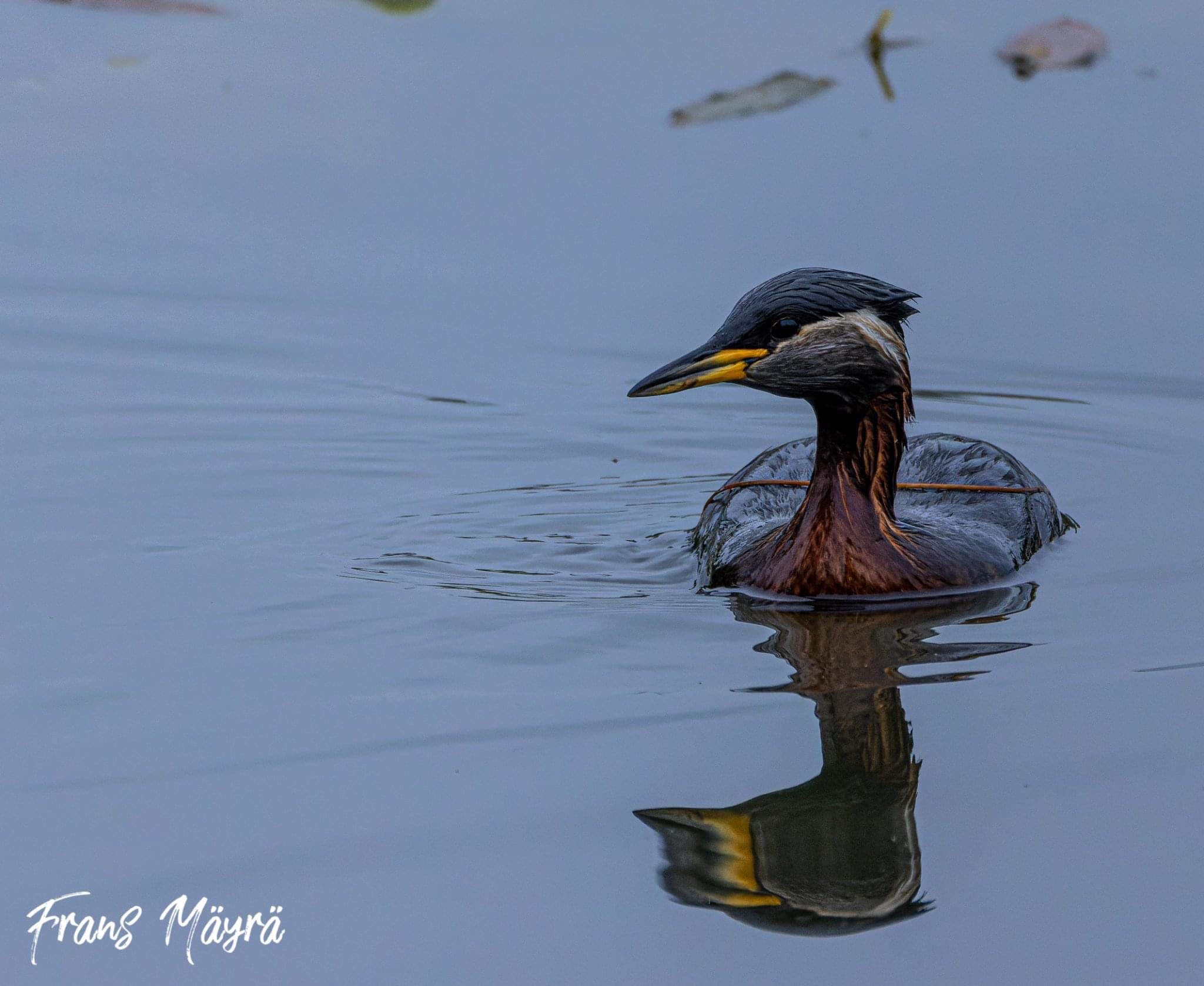
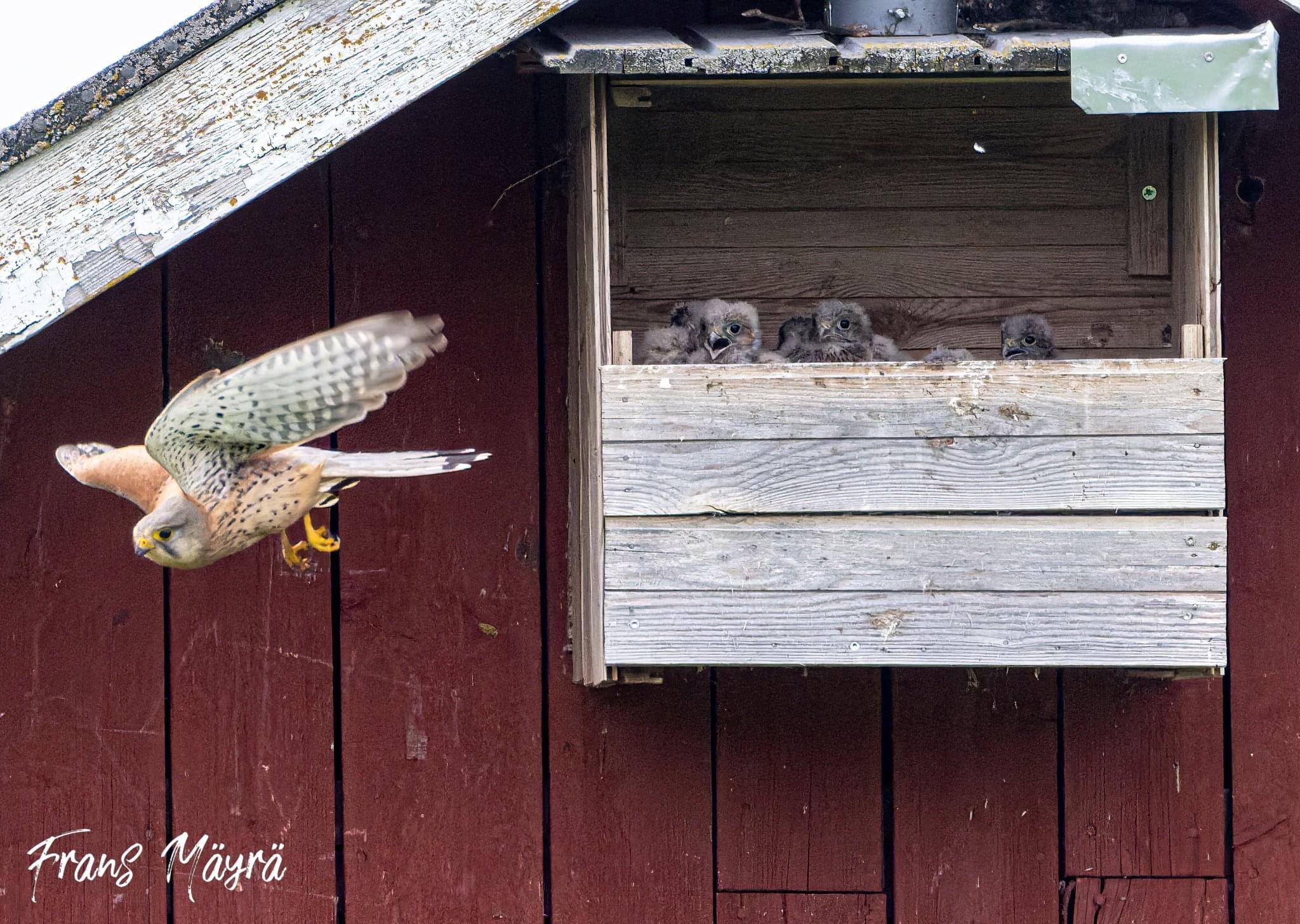
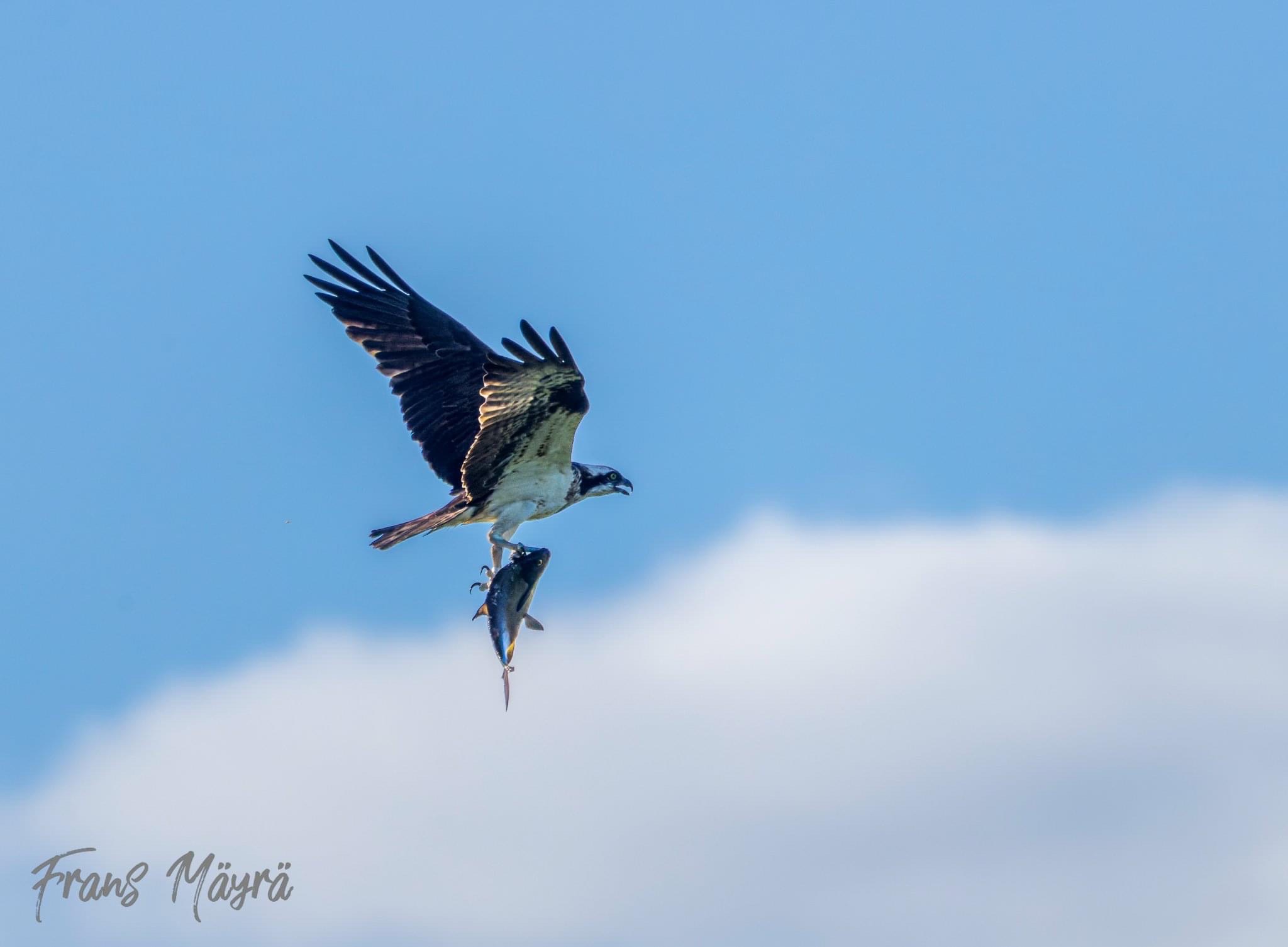
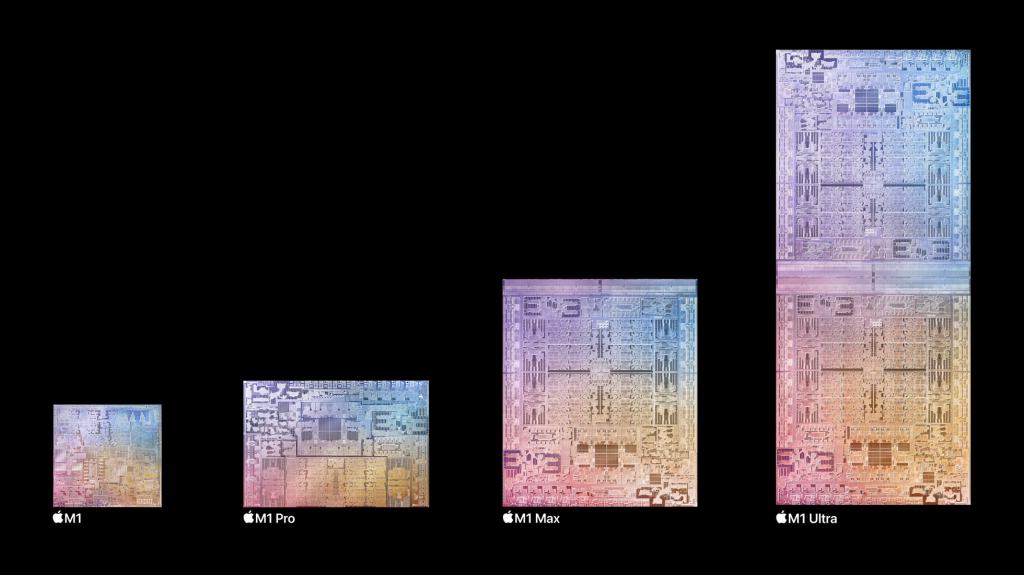








































































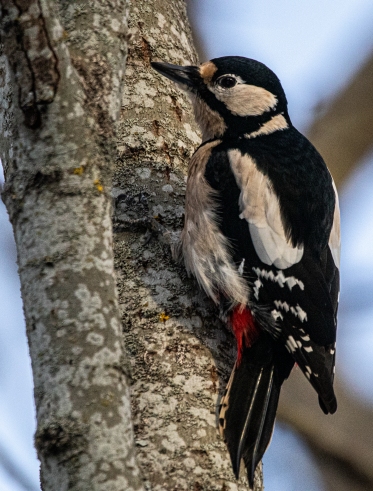








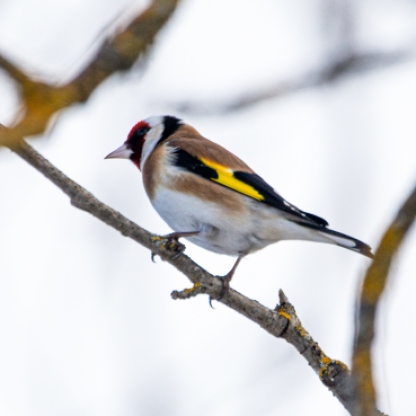











You must be logged in to post a comment.